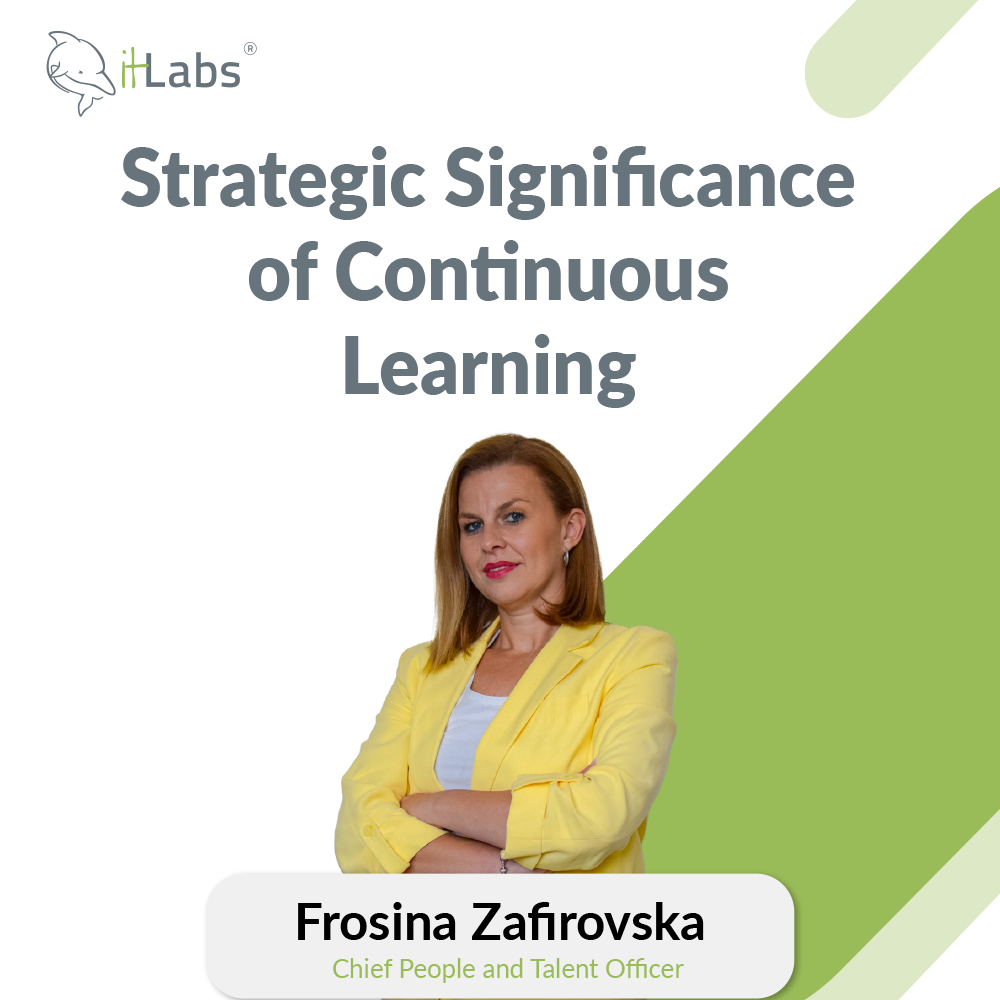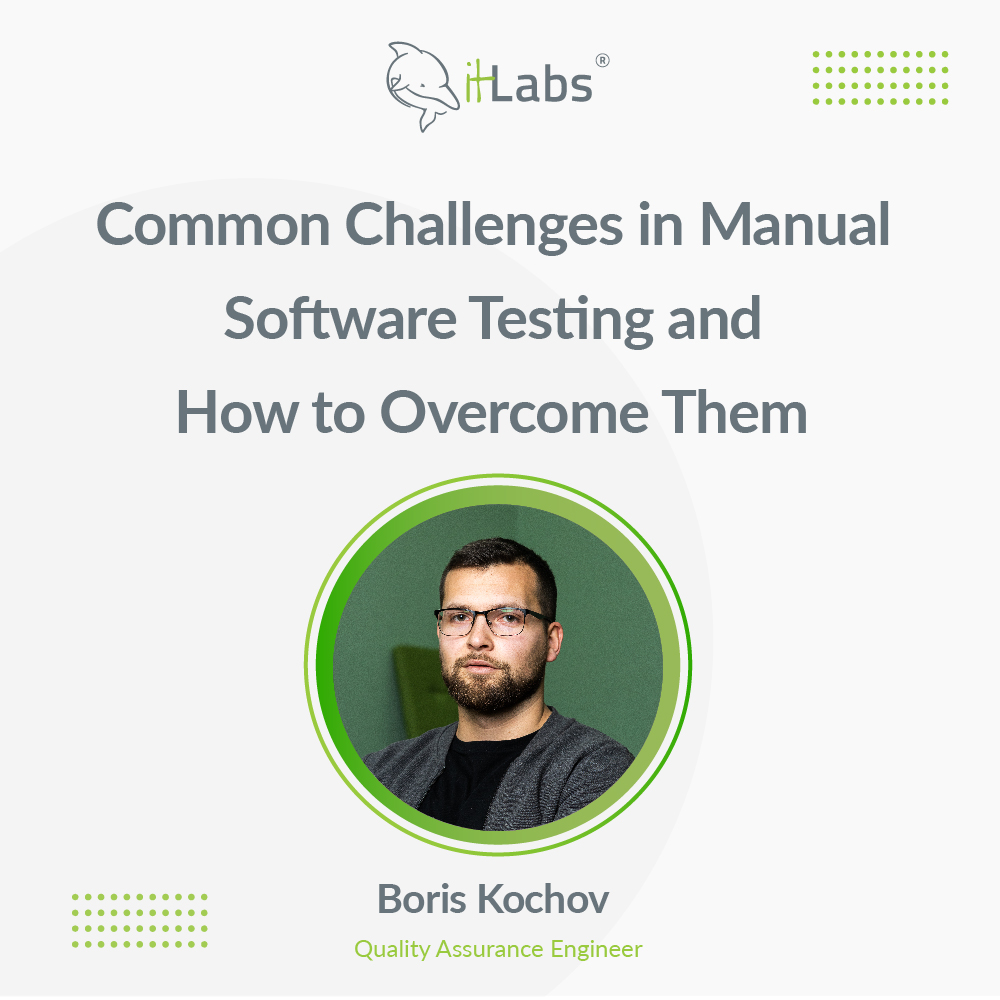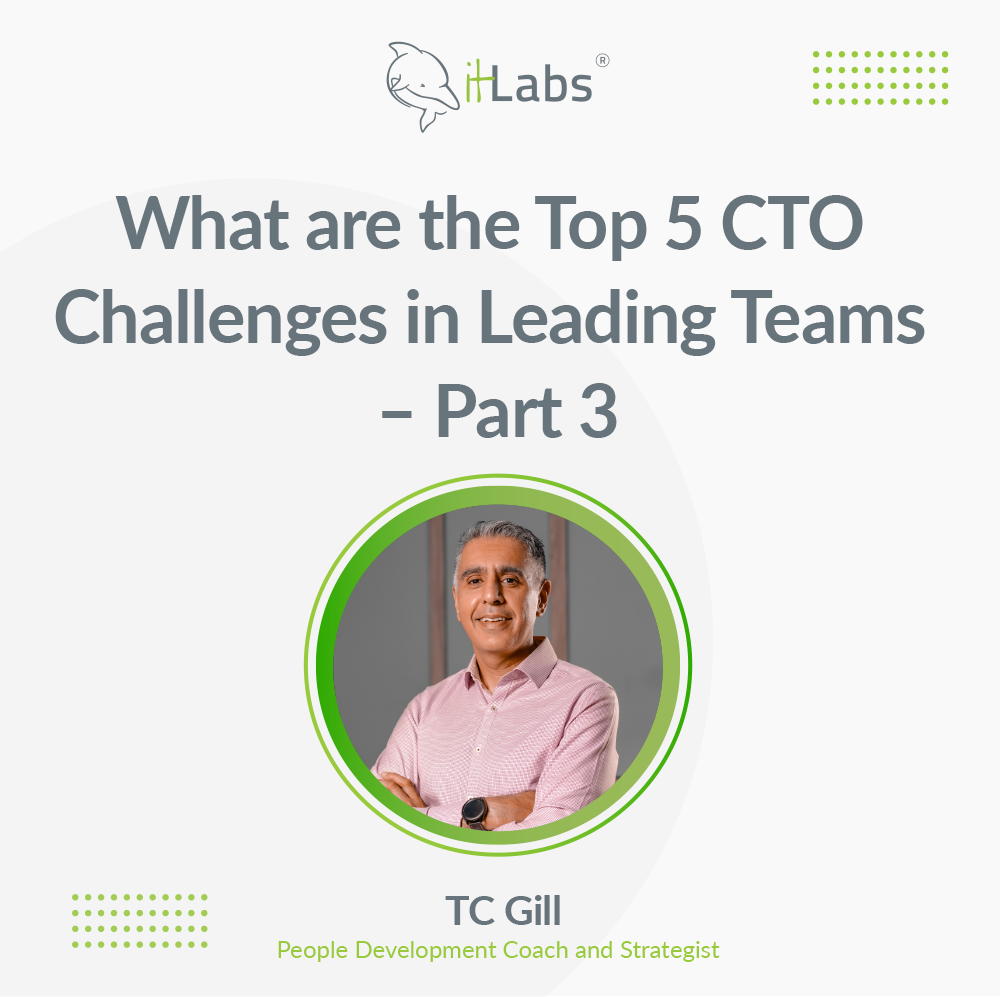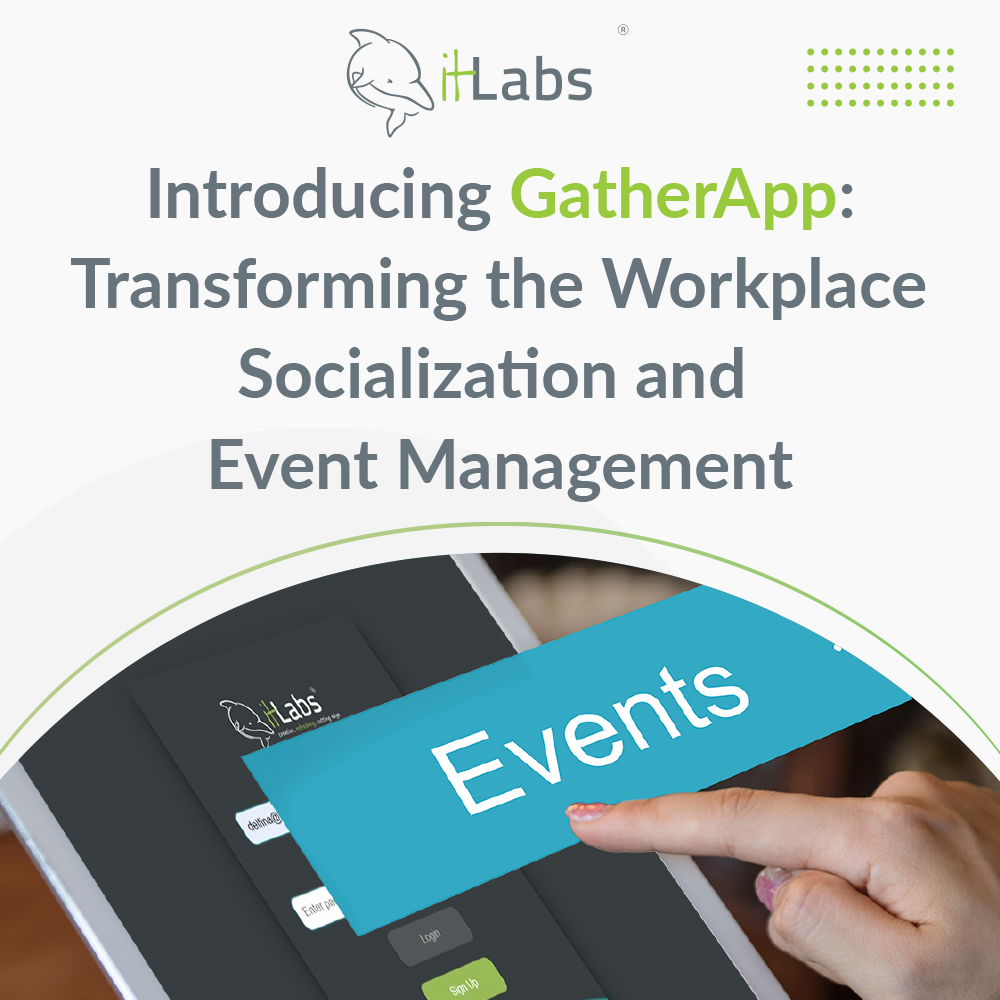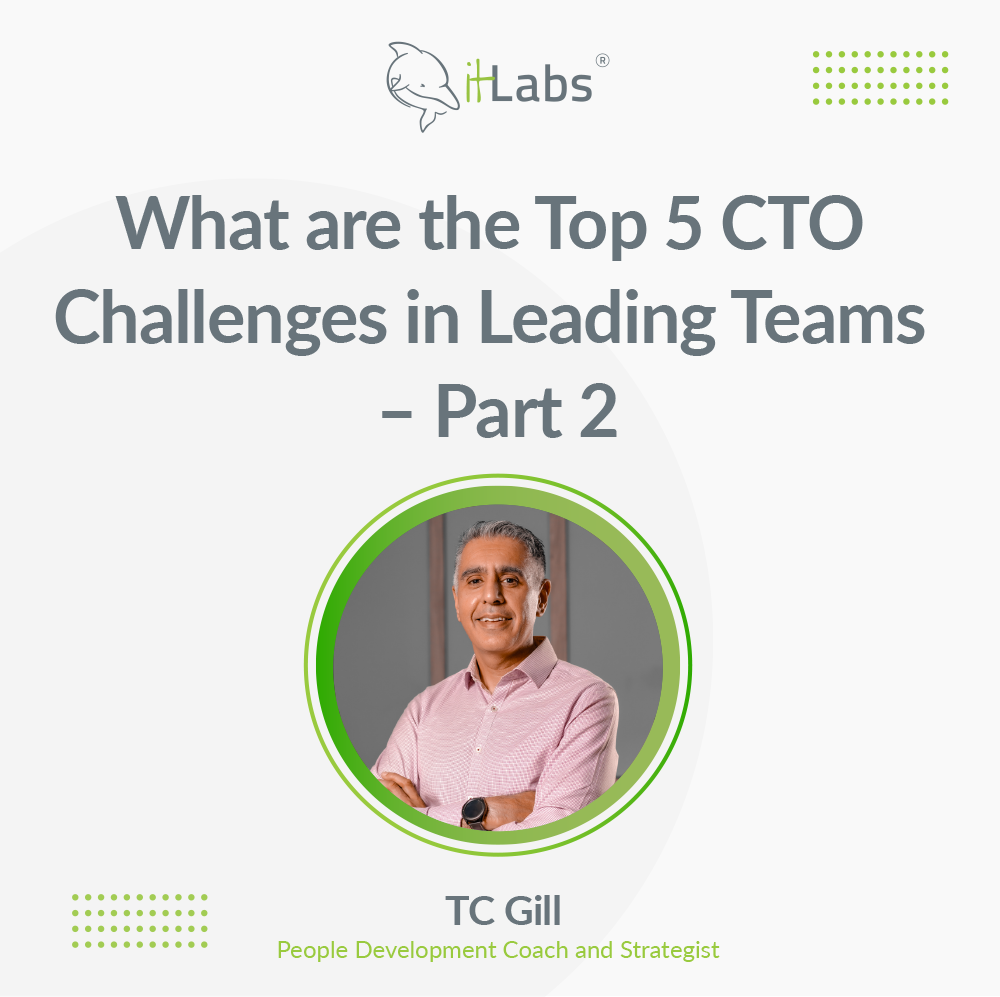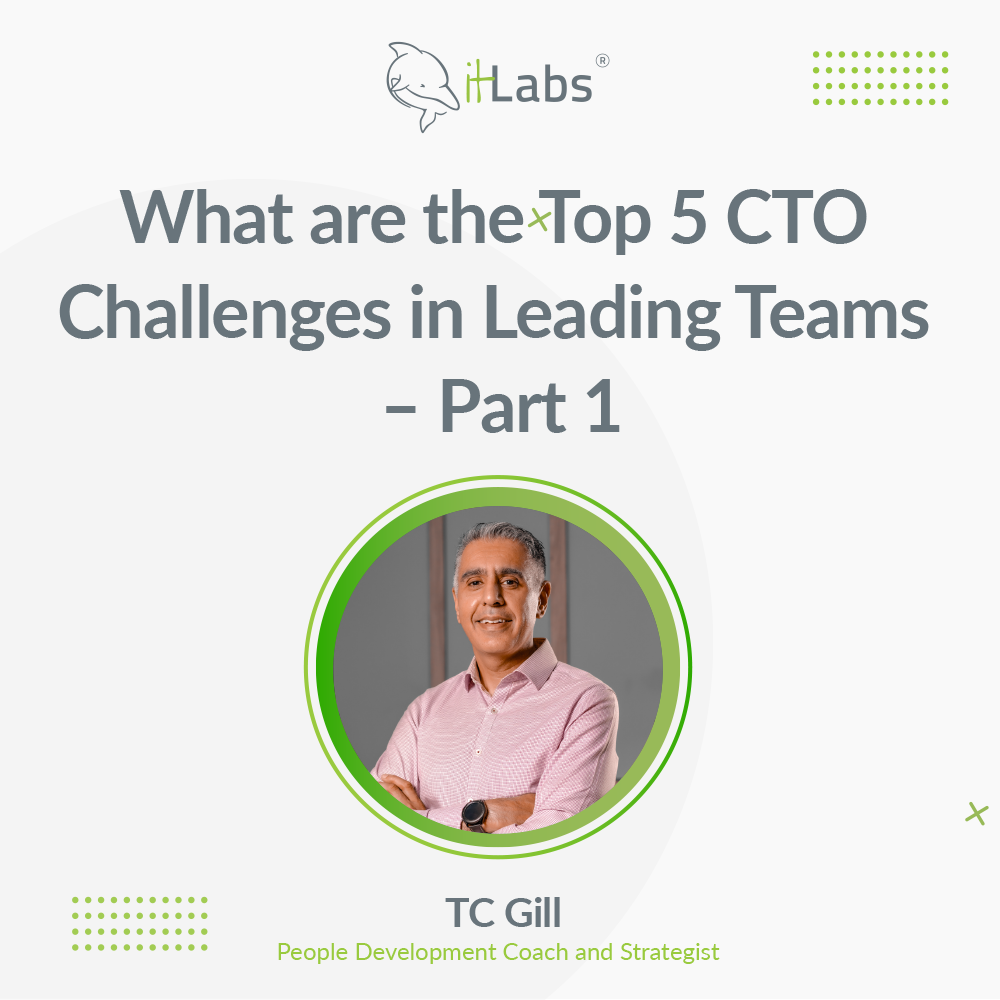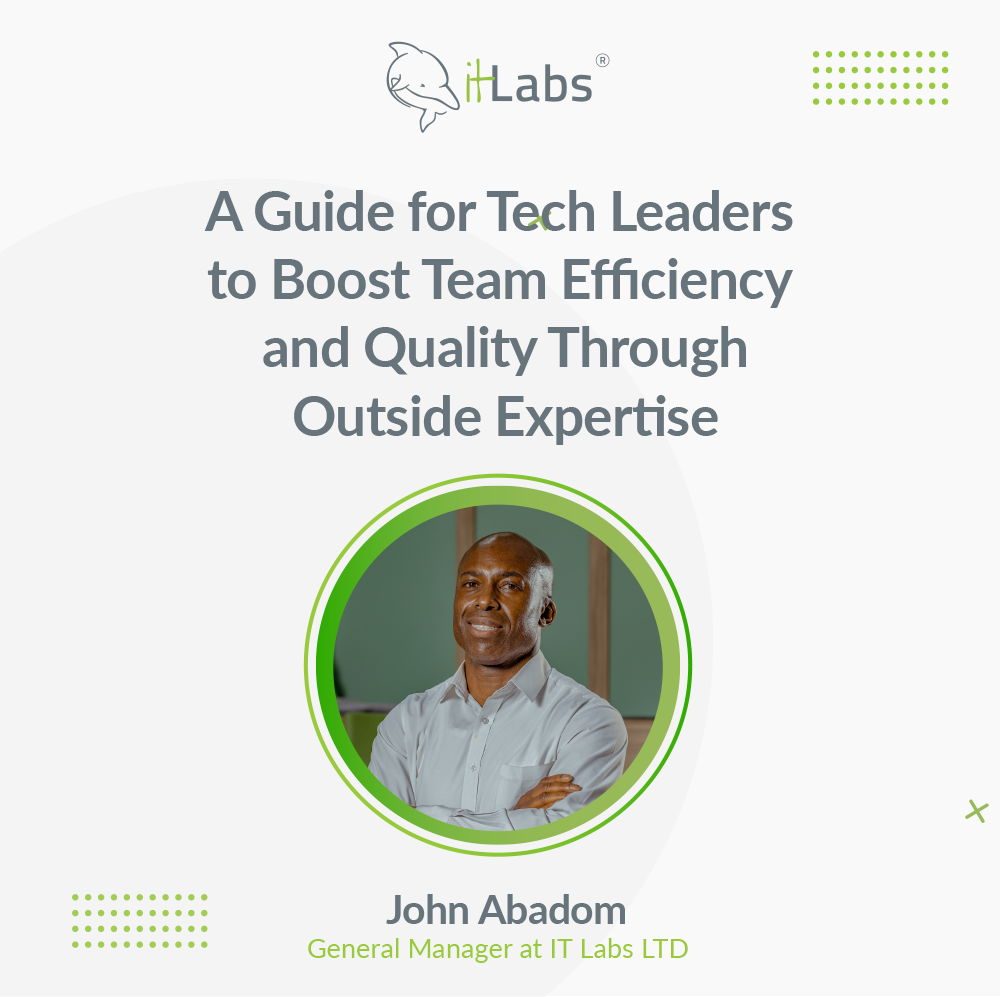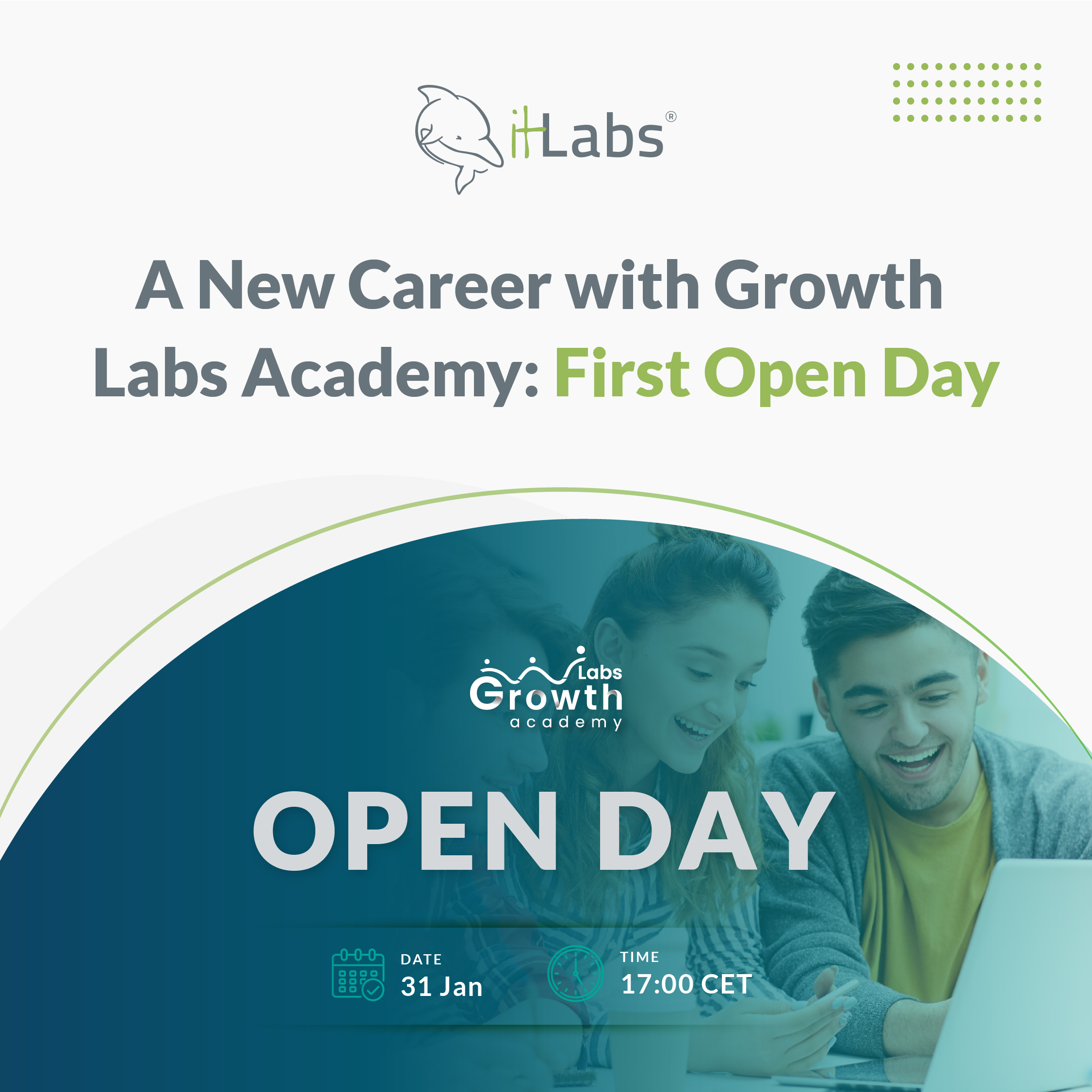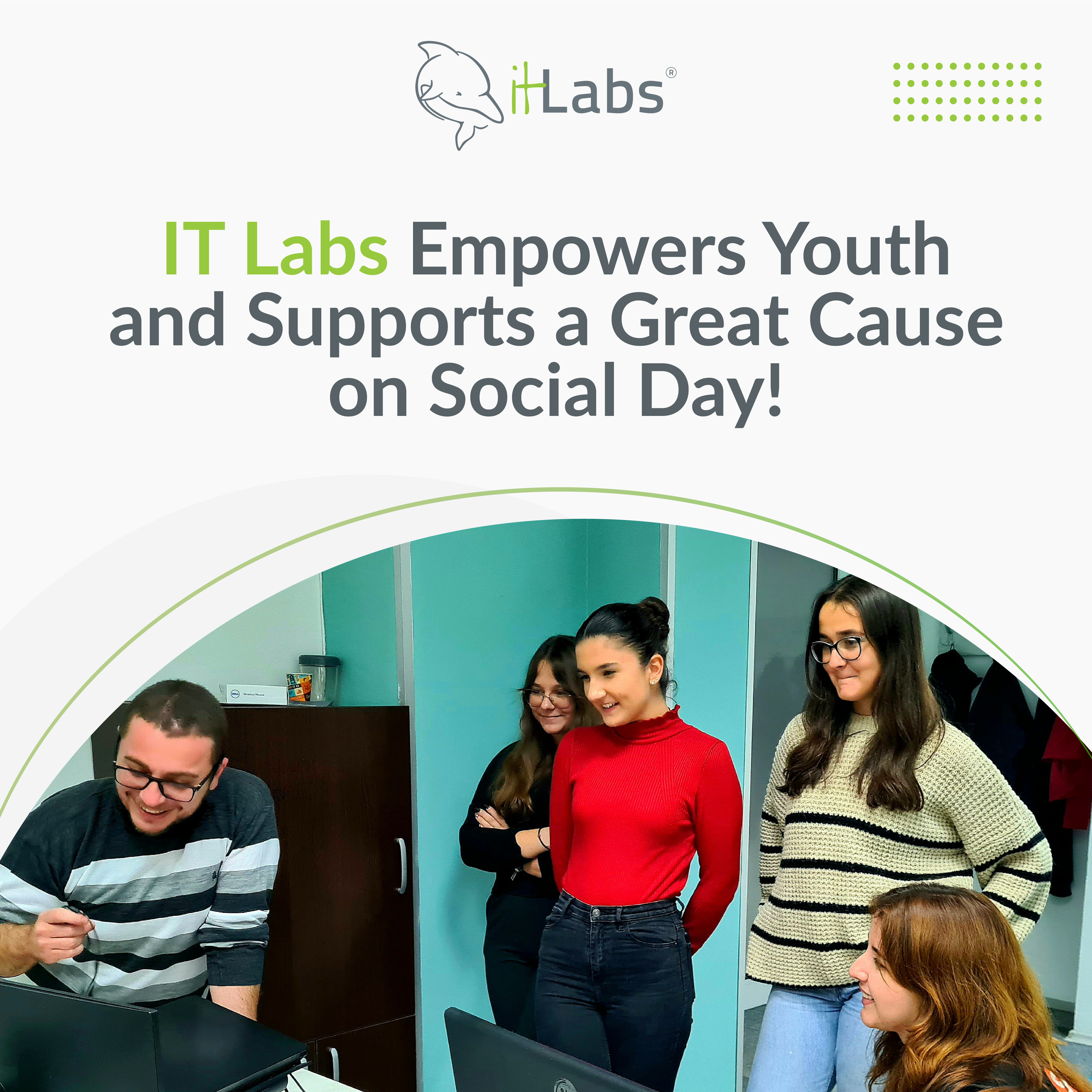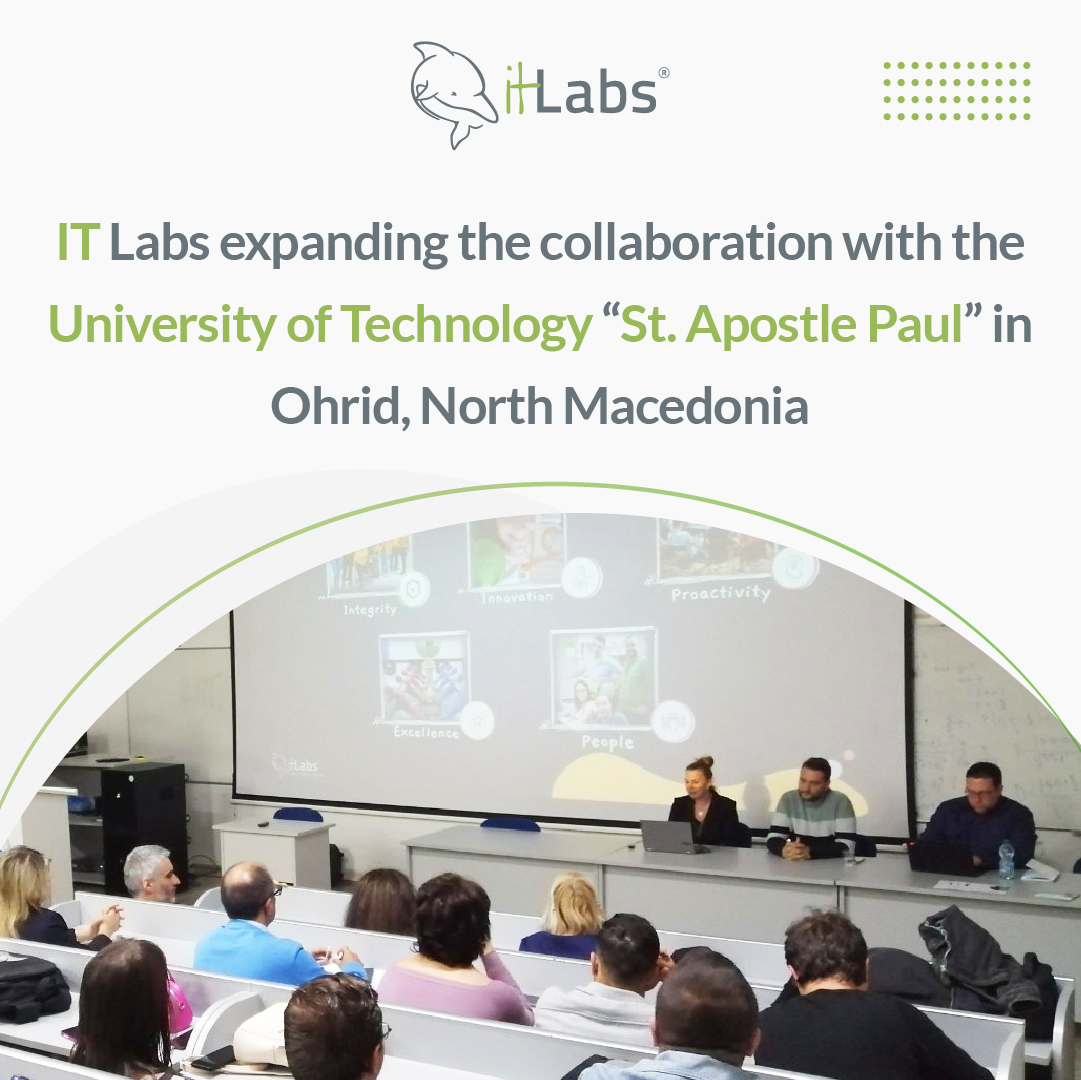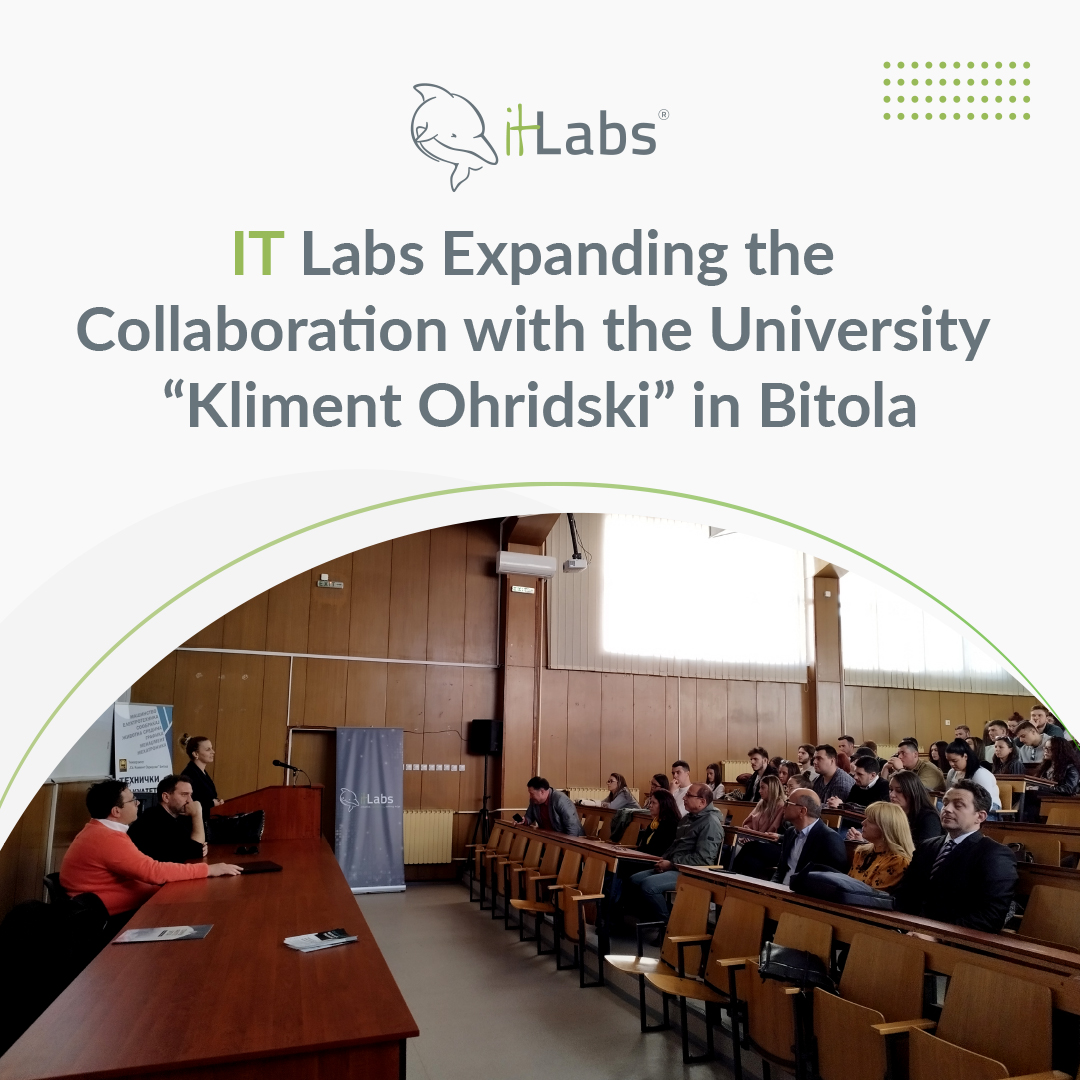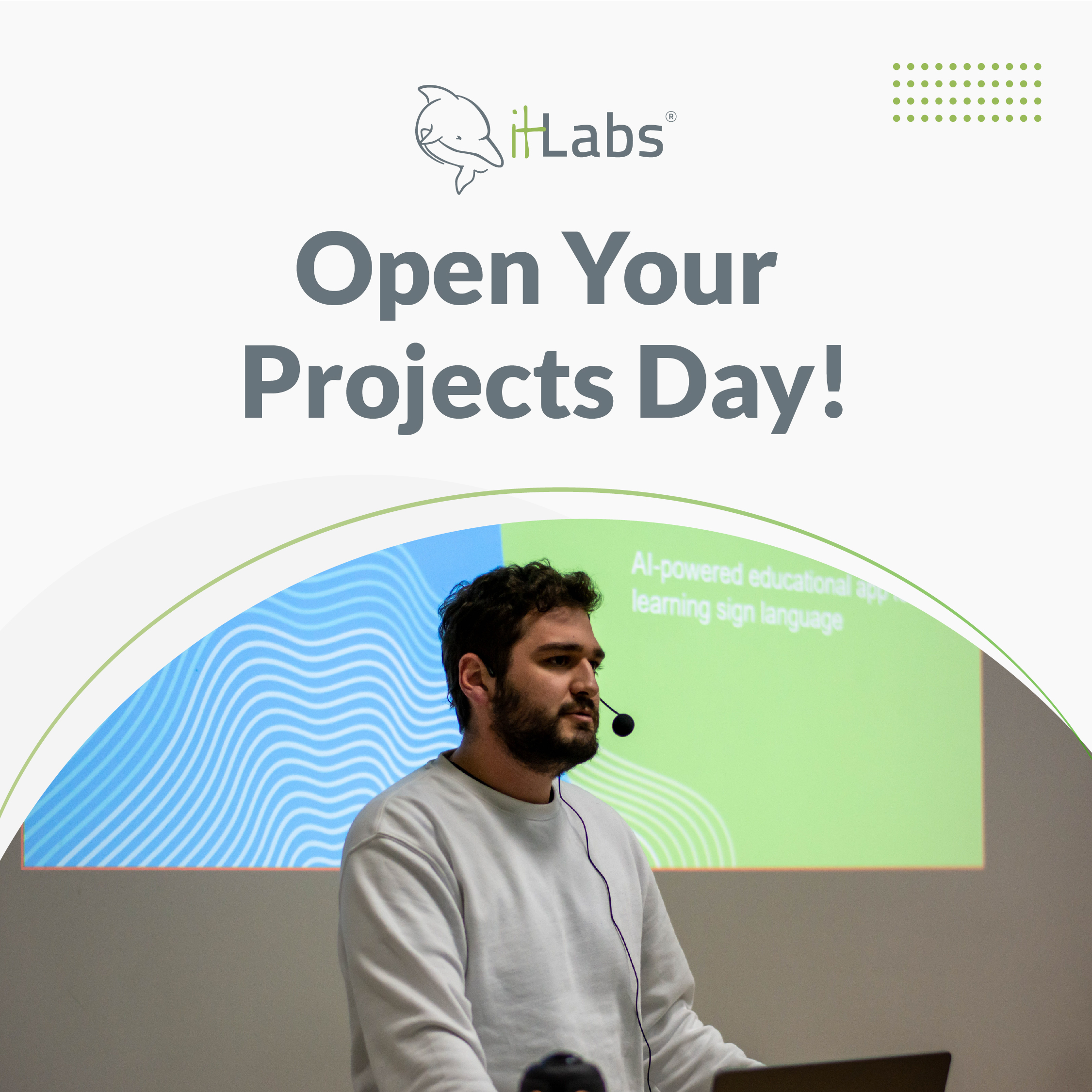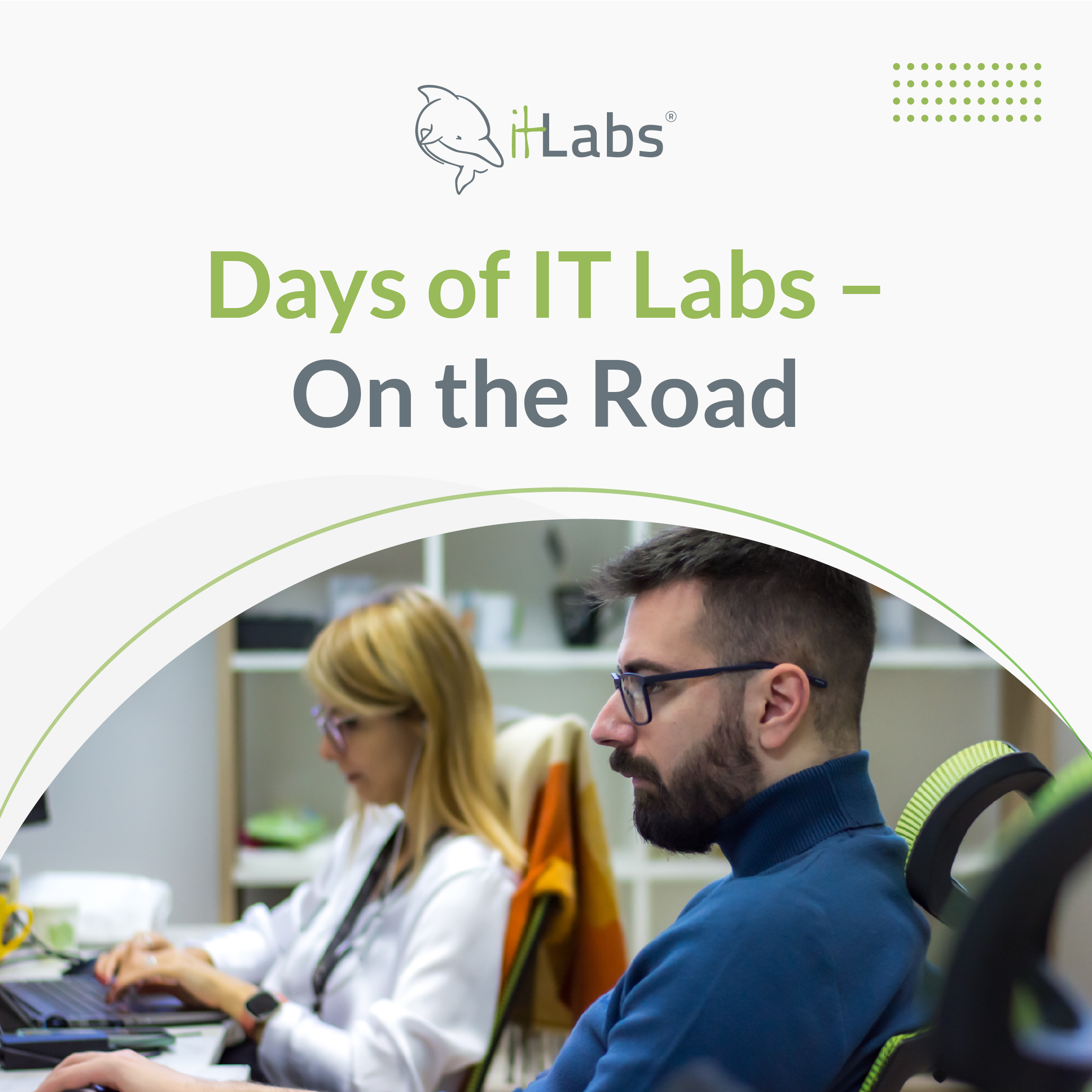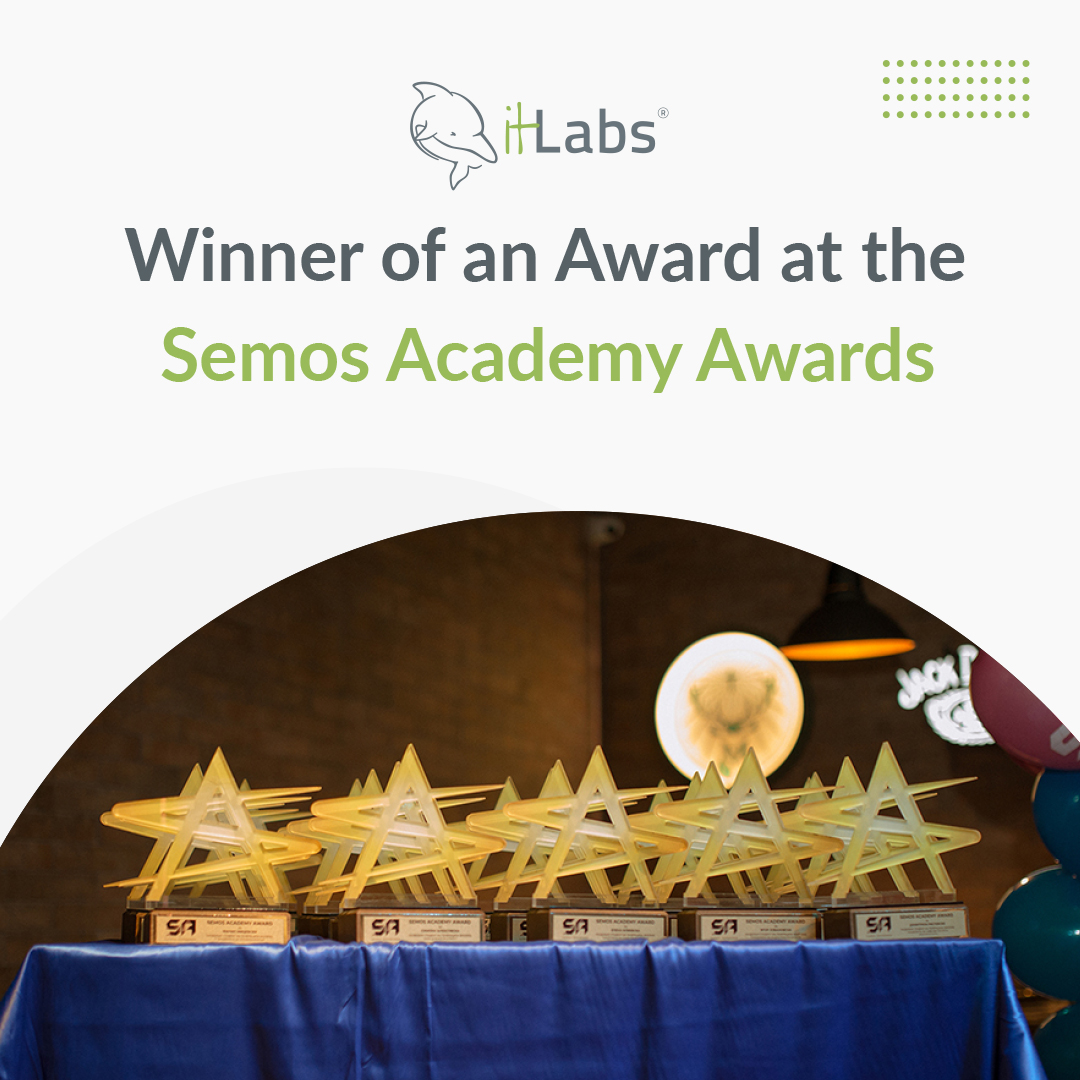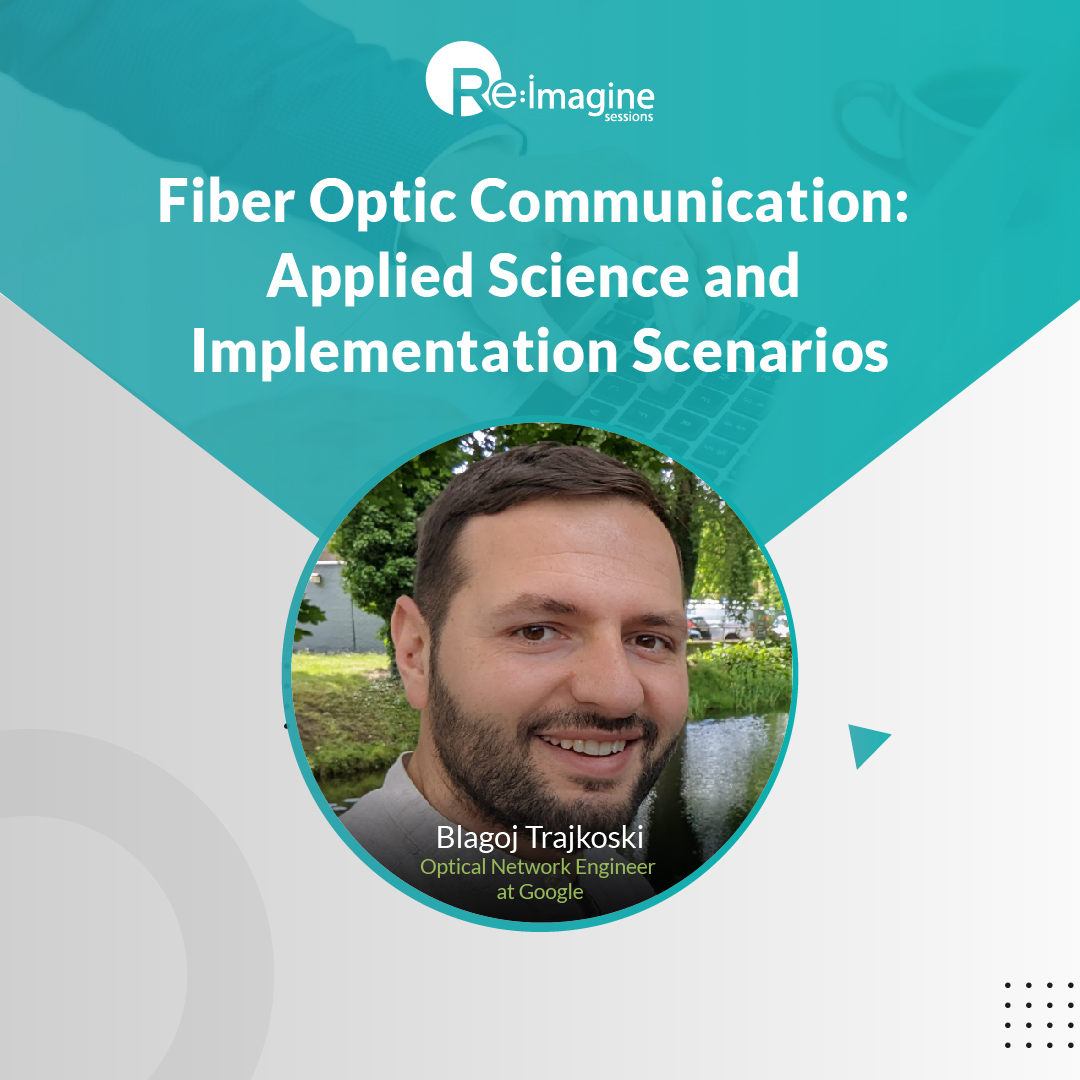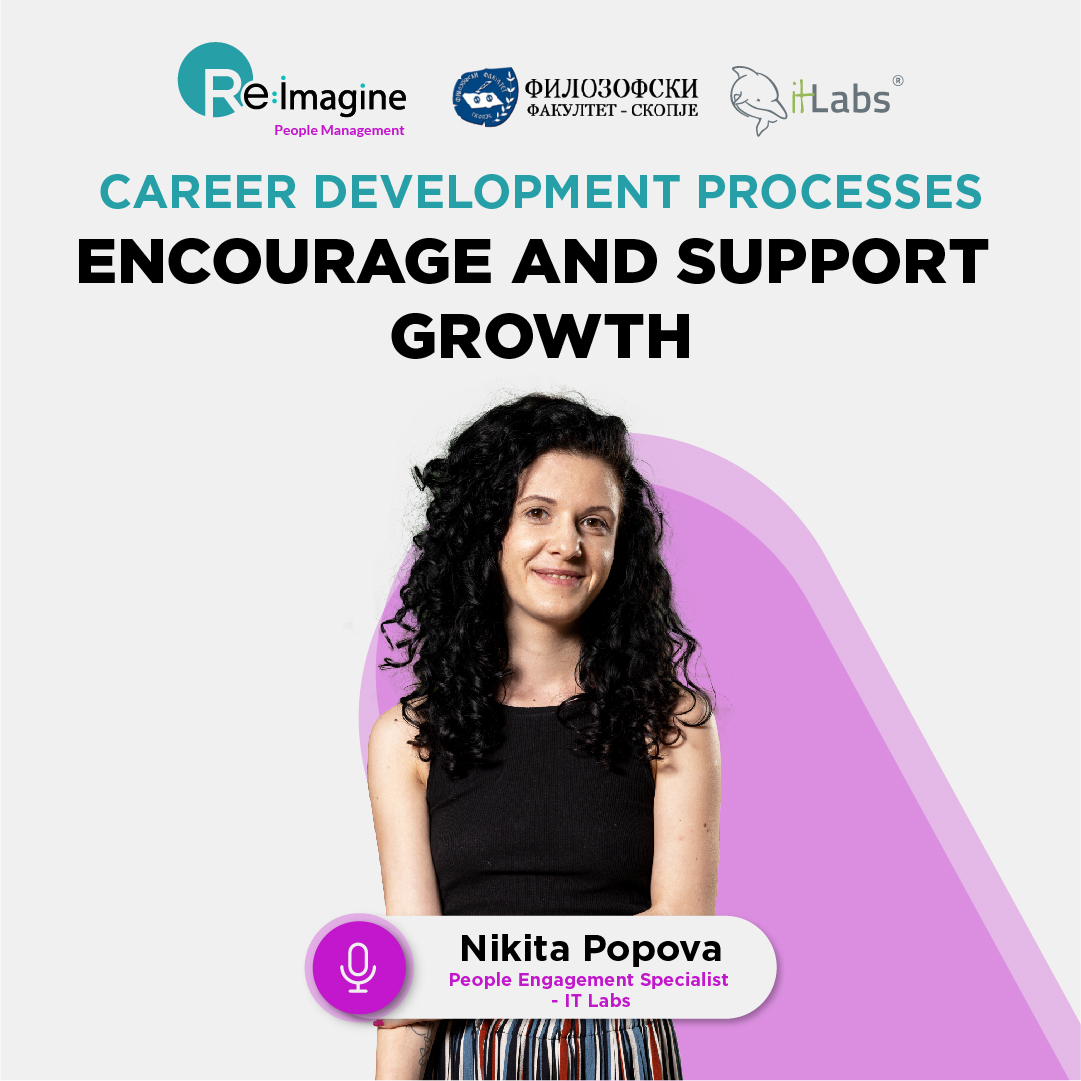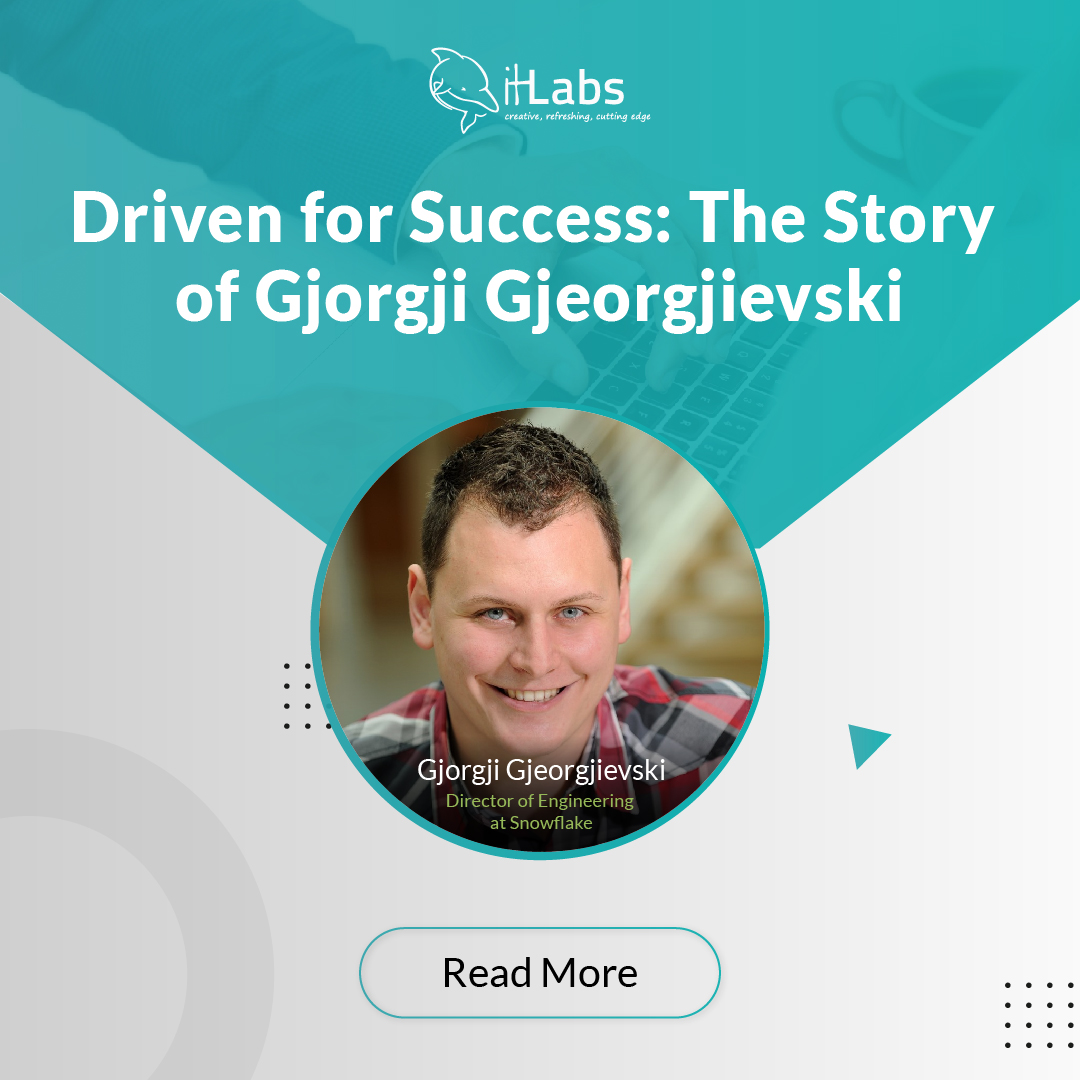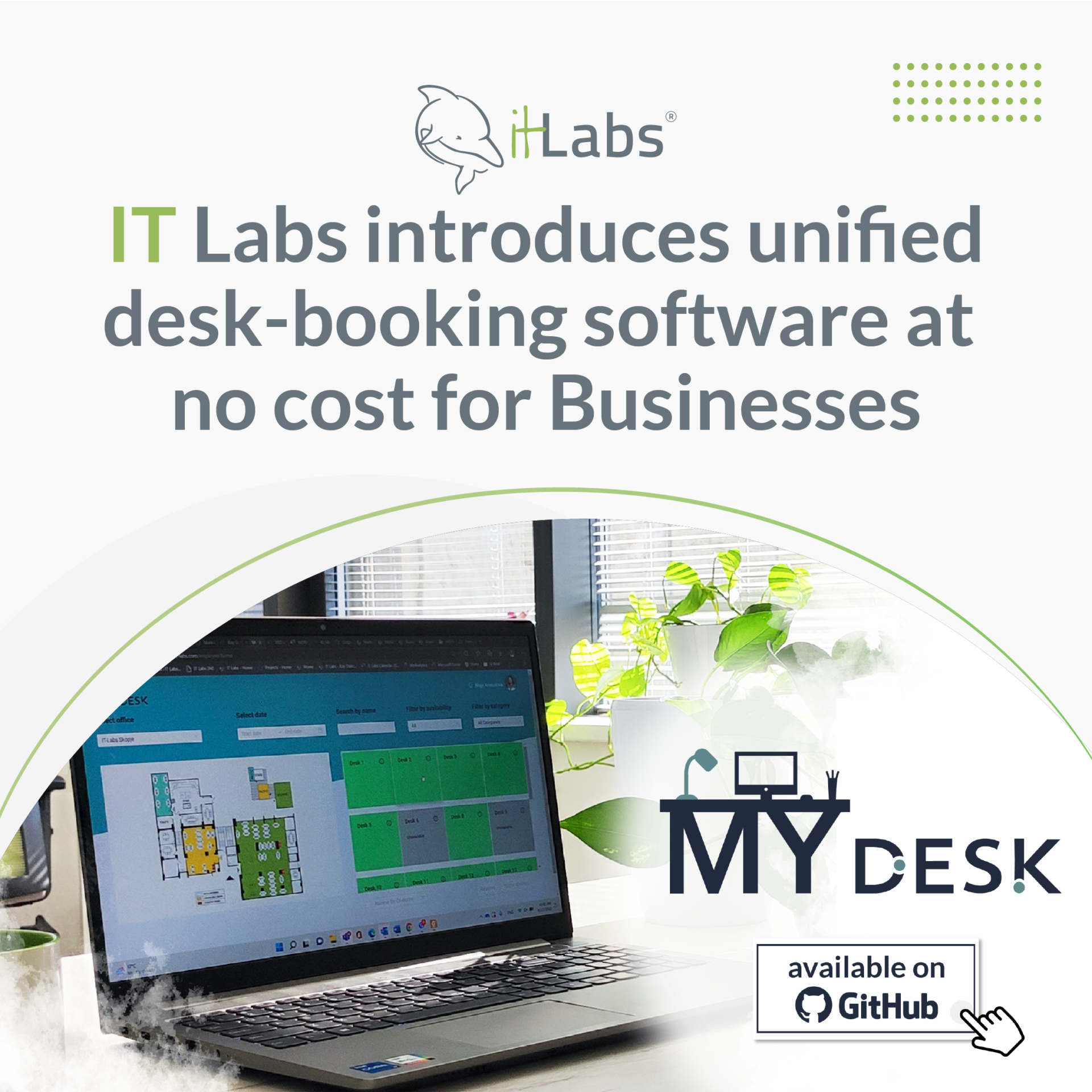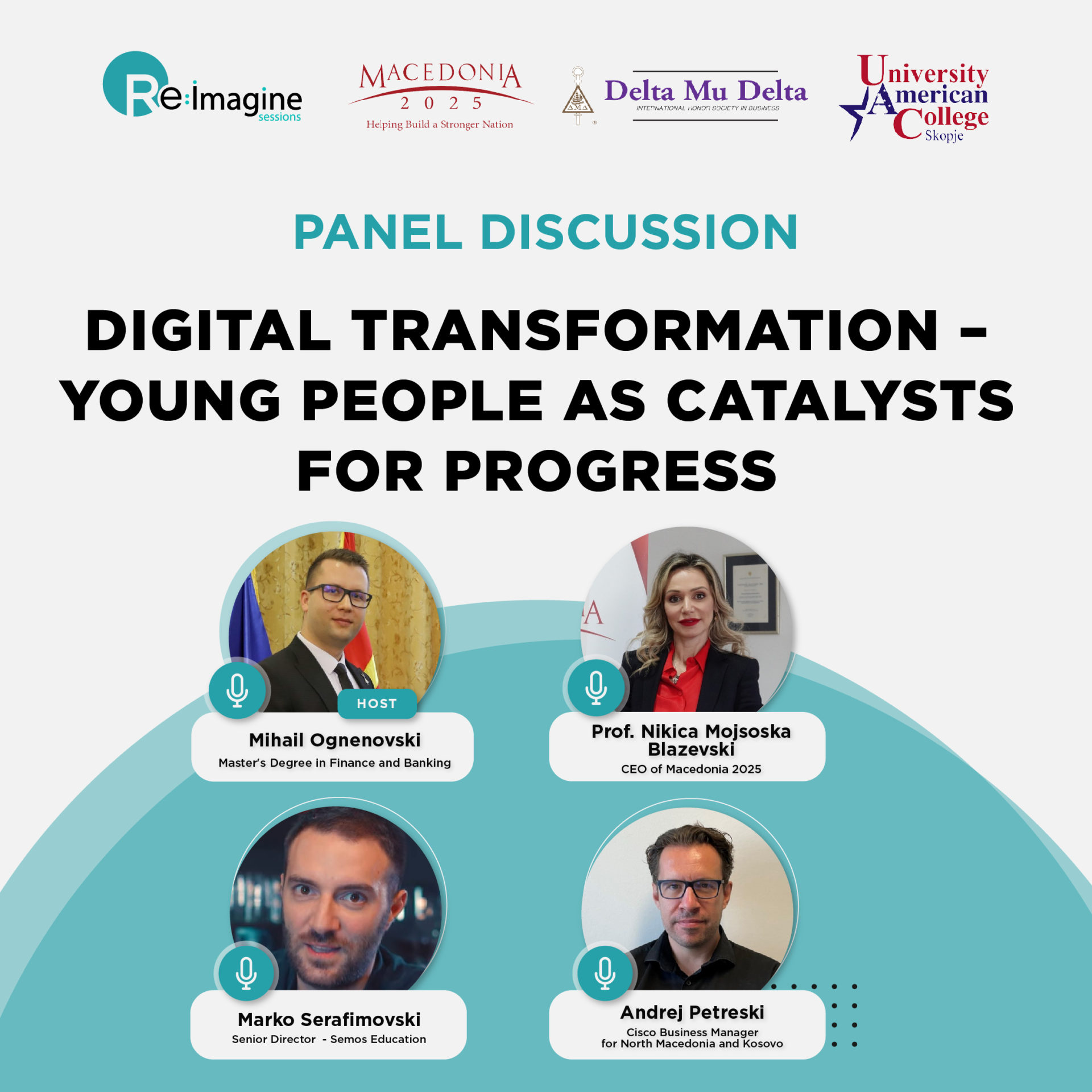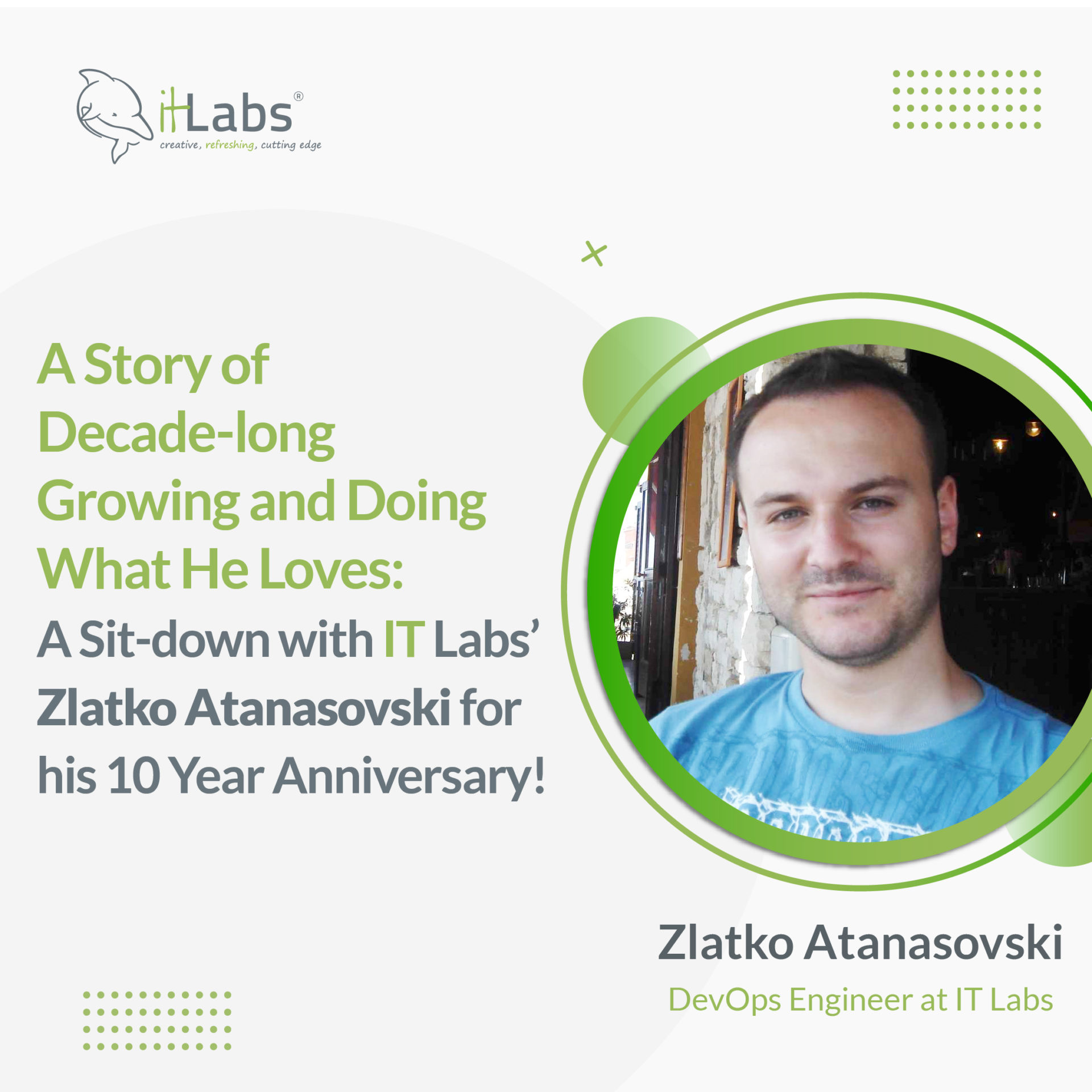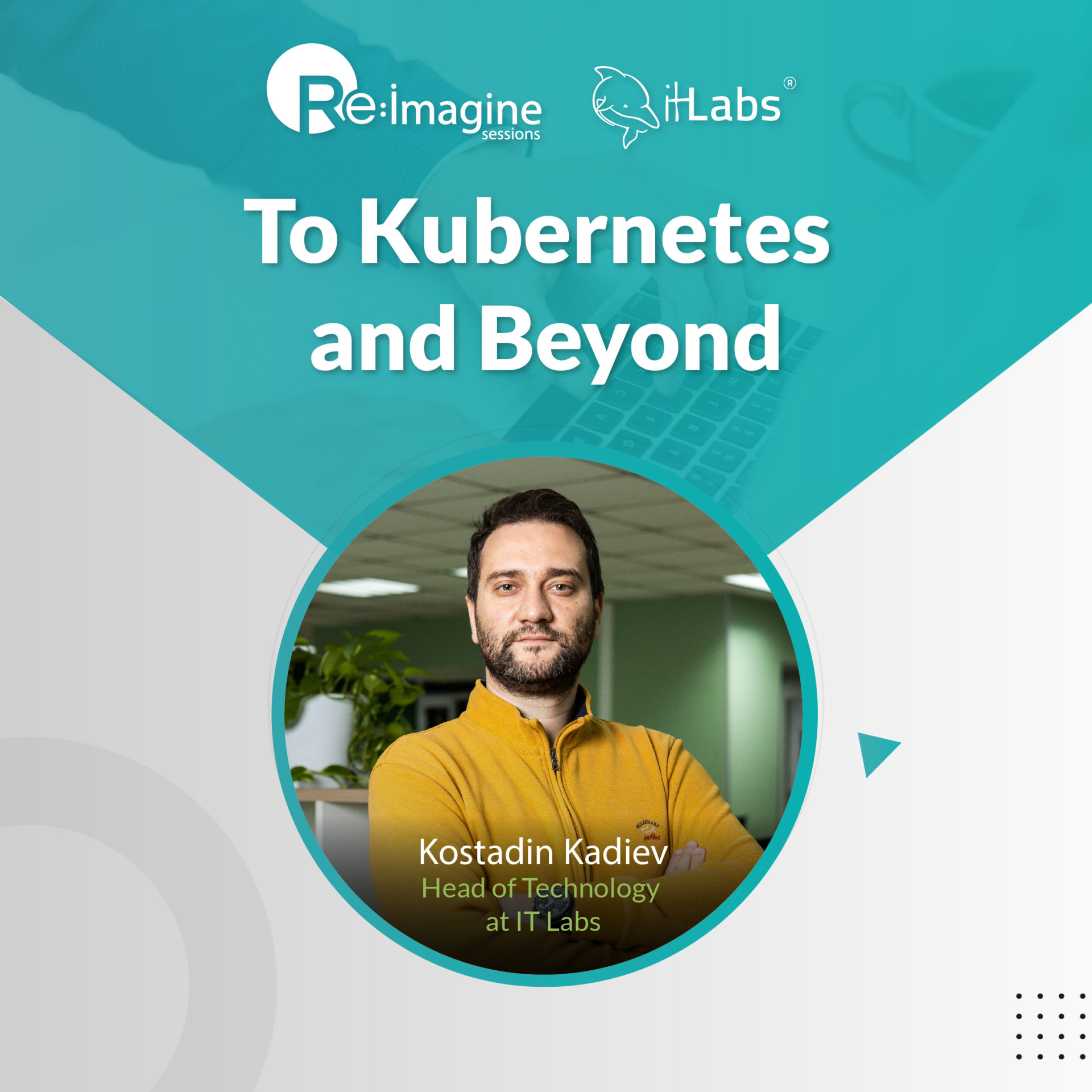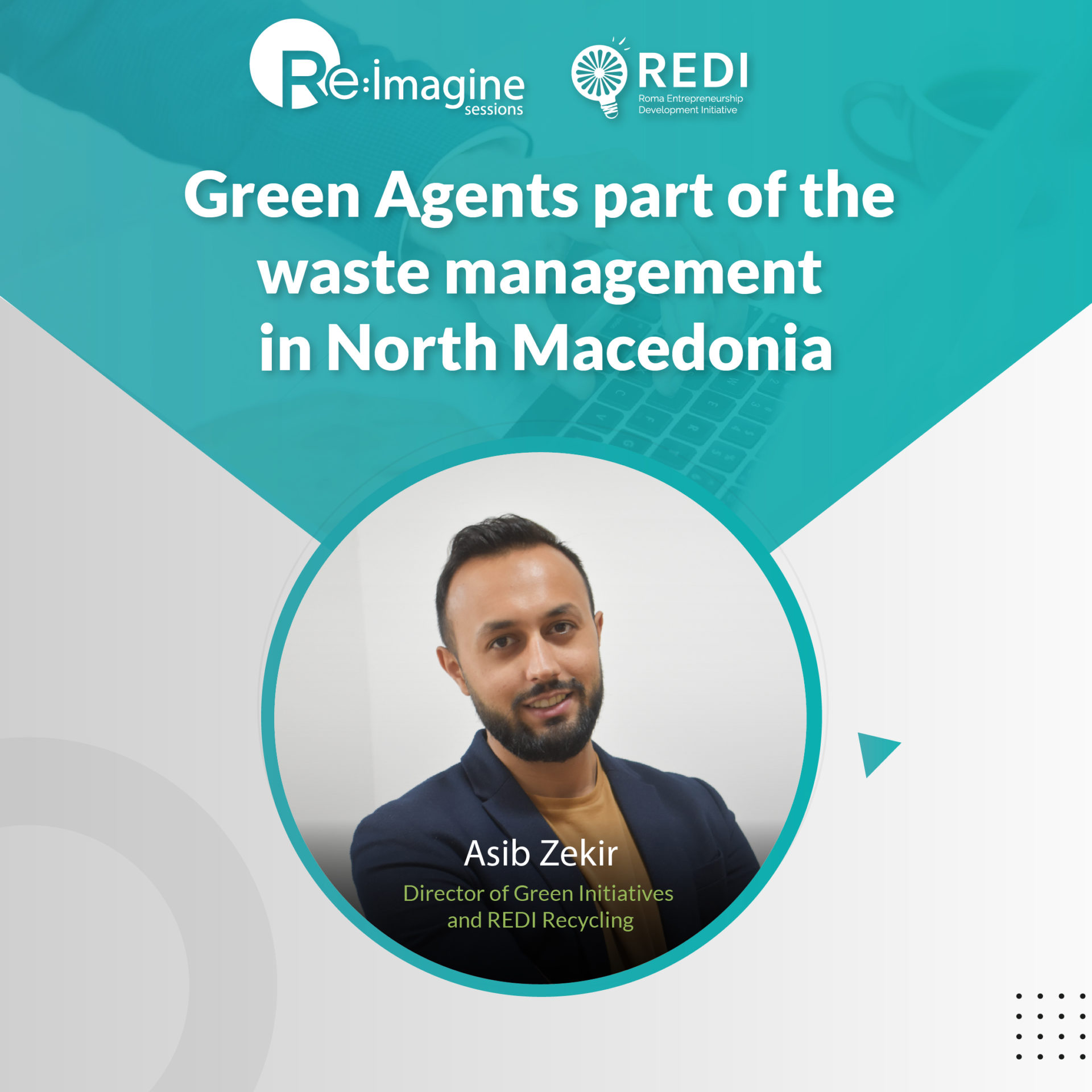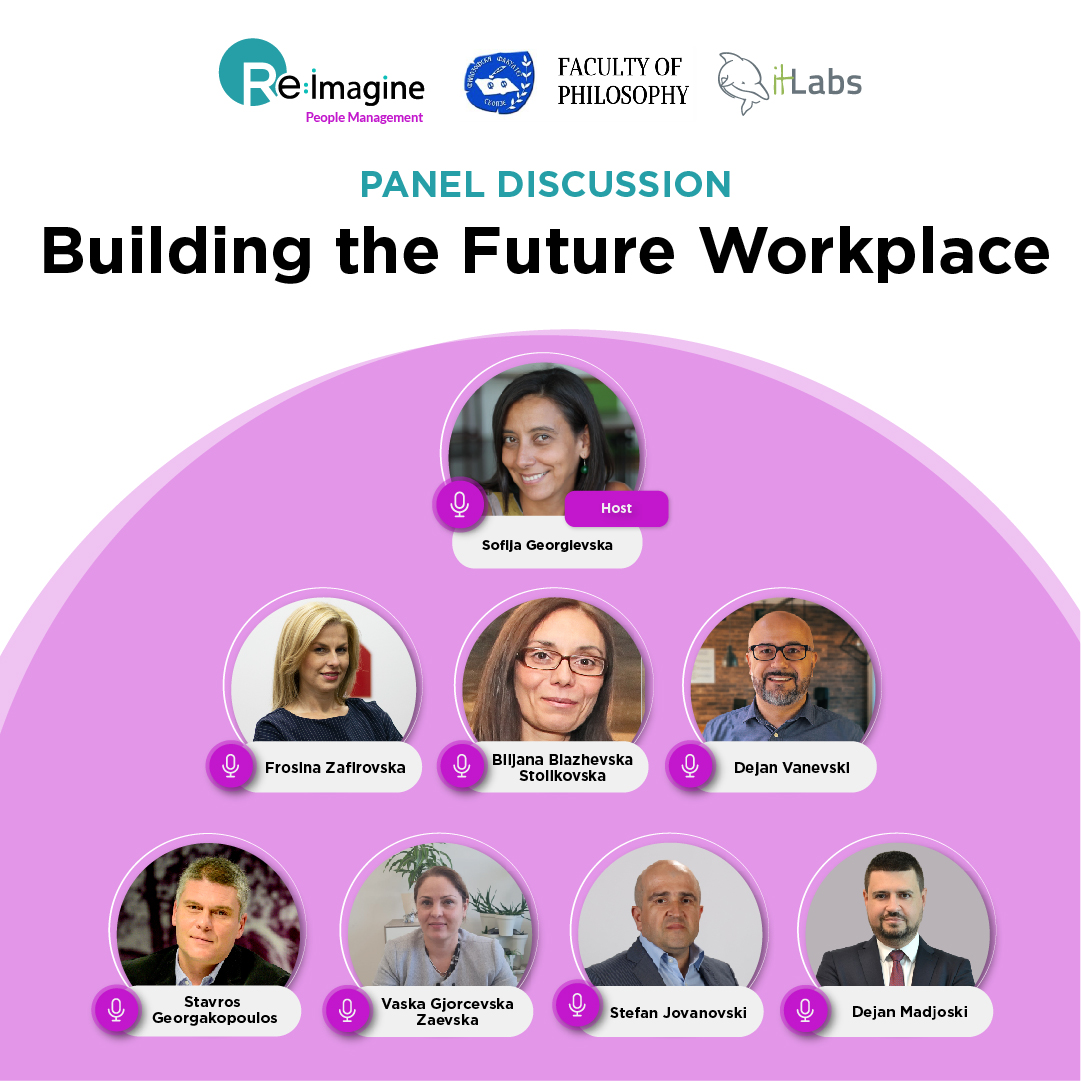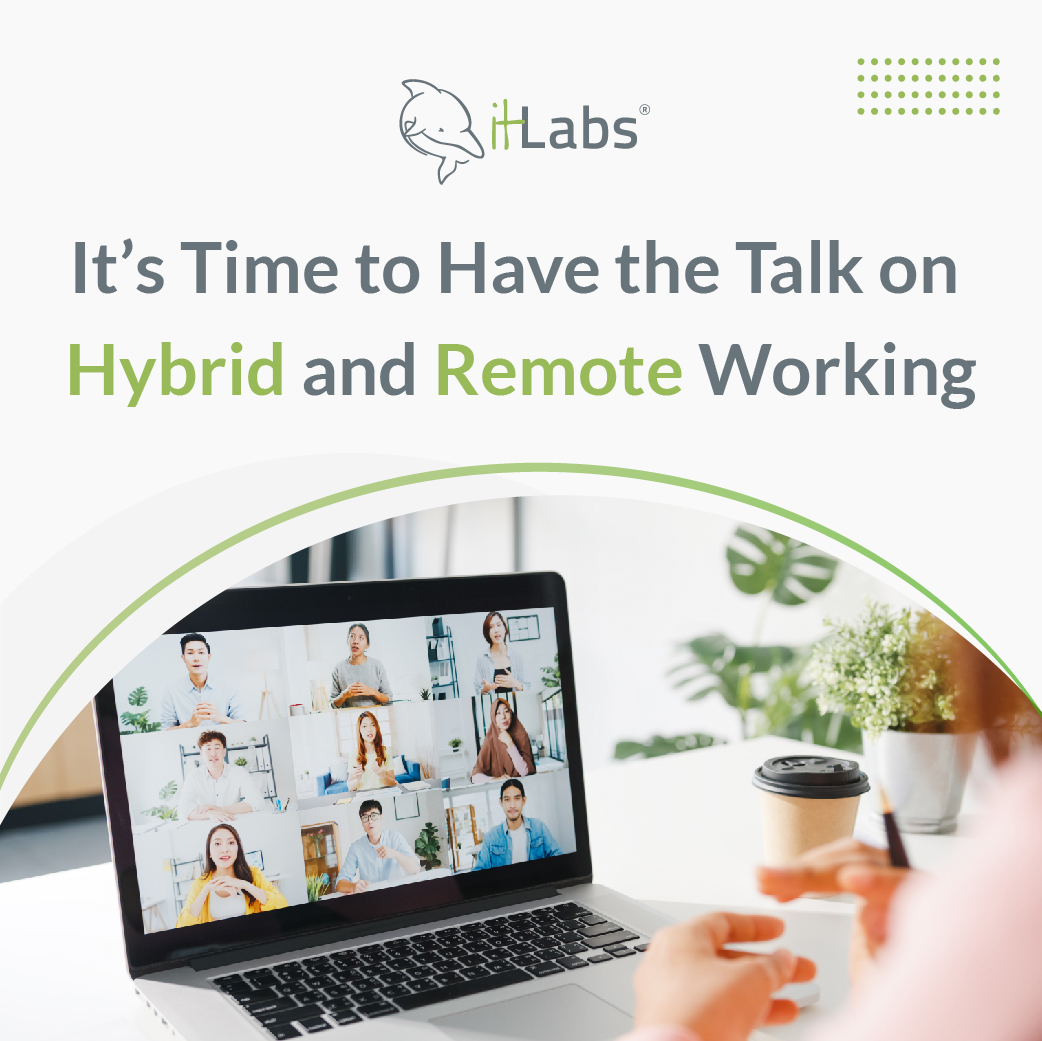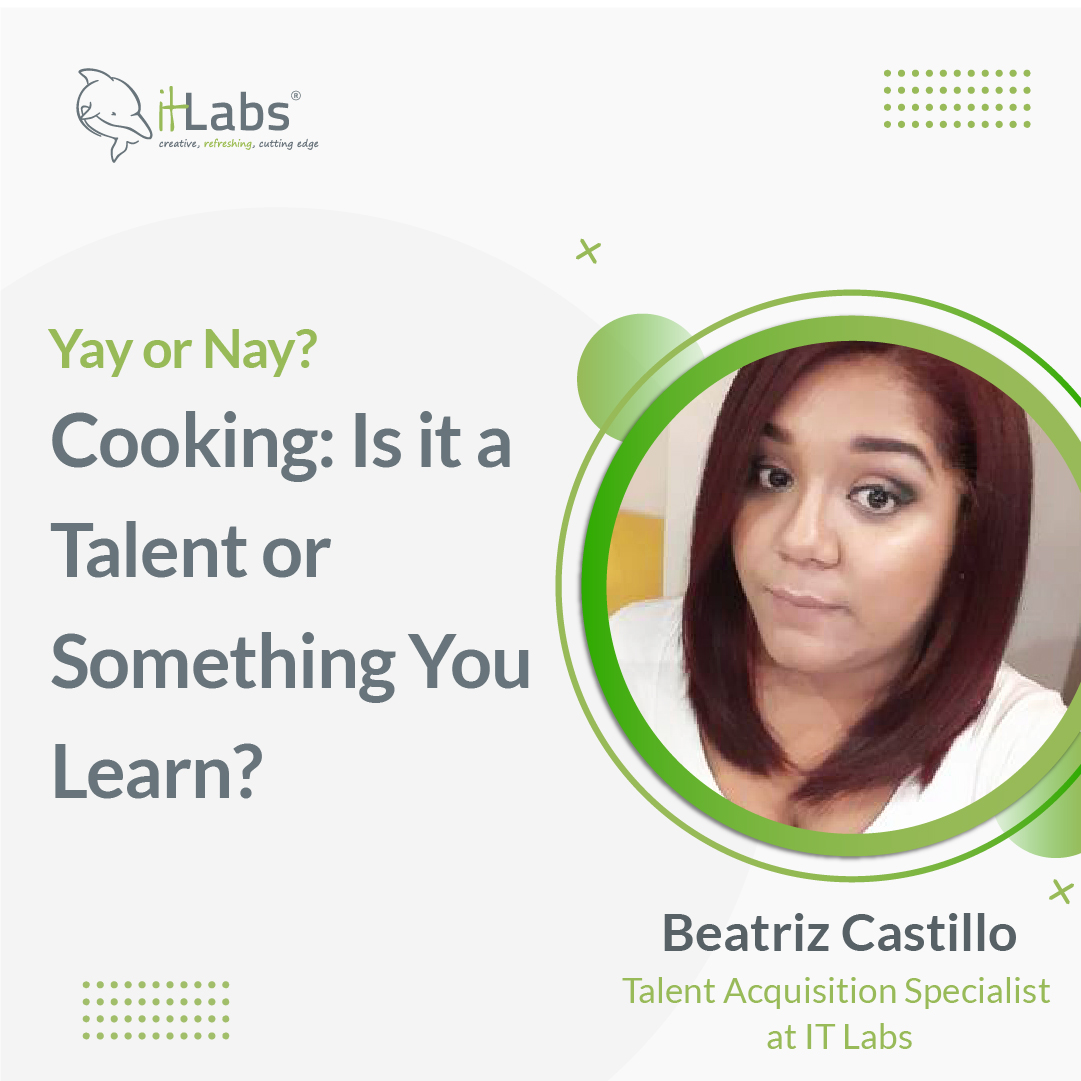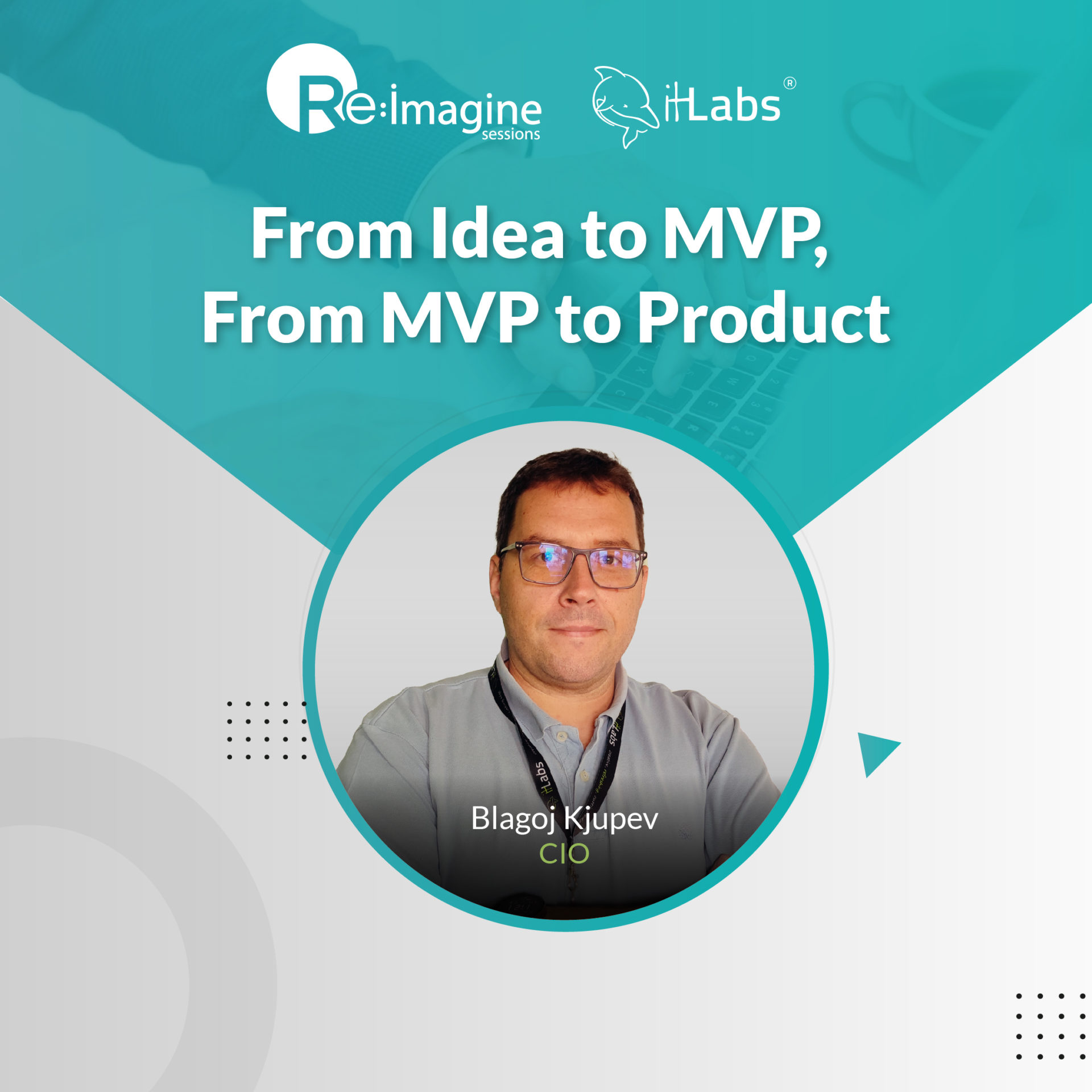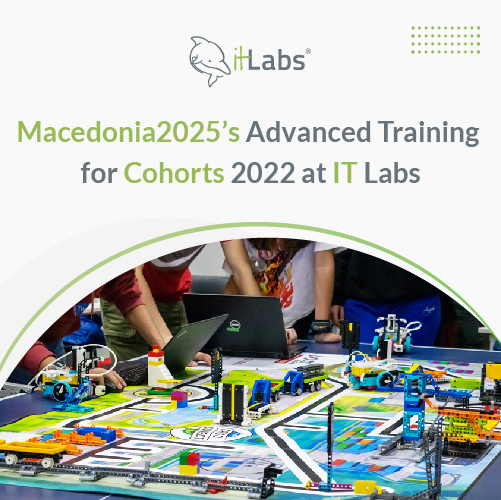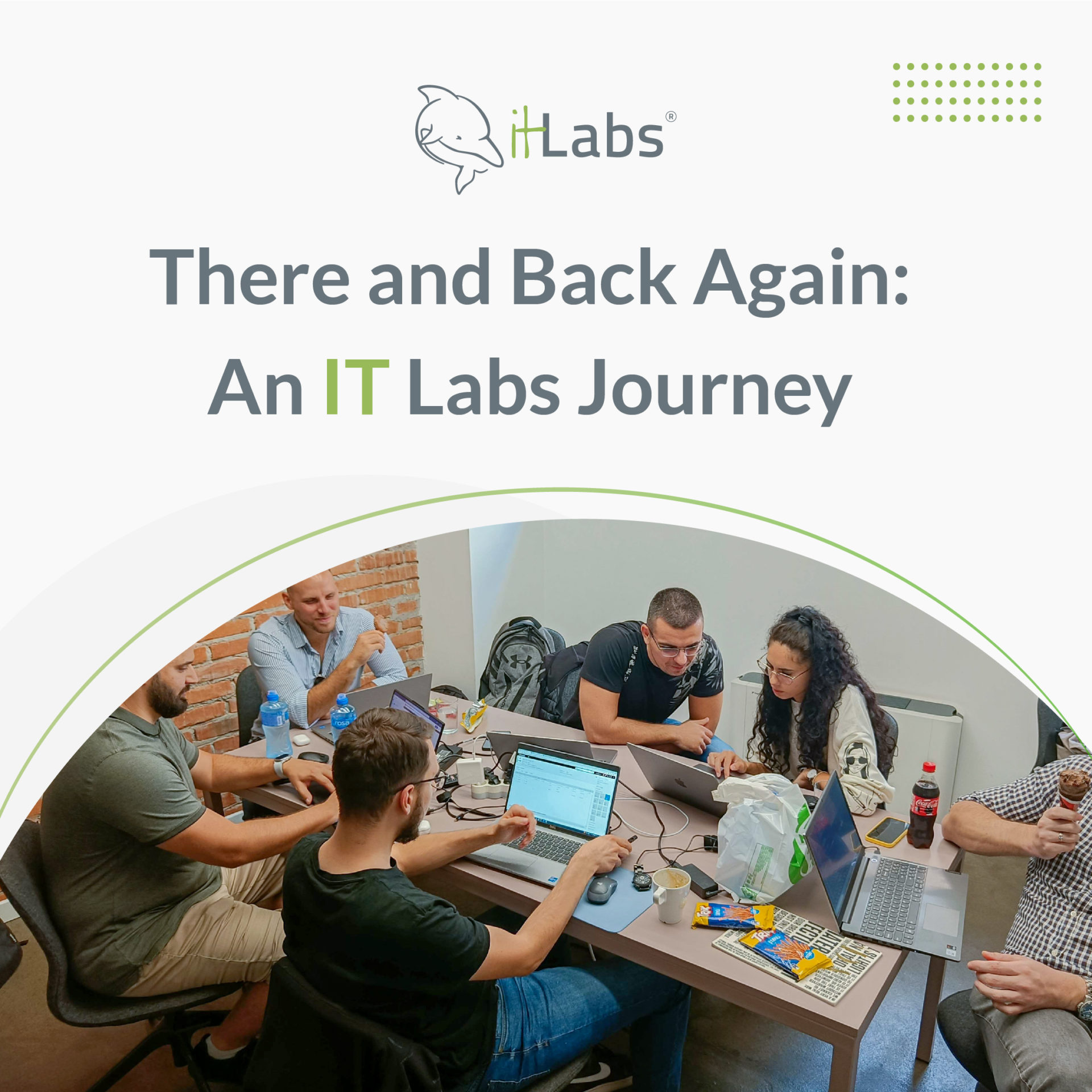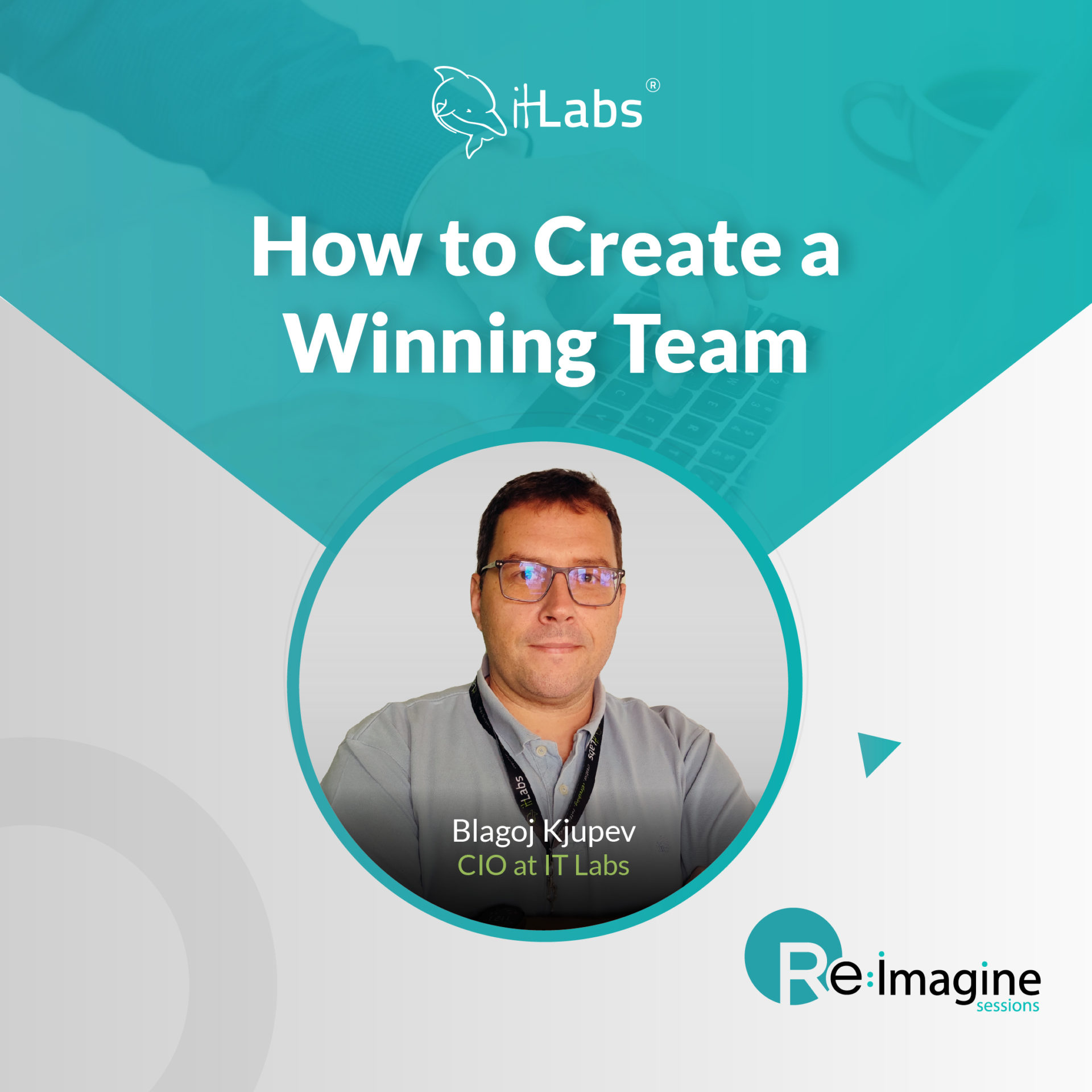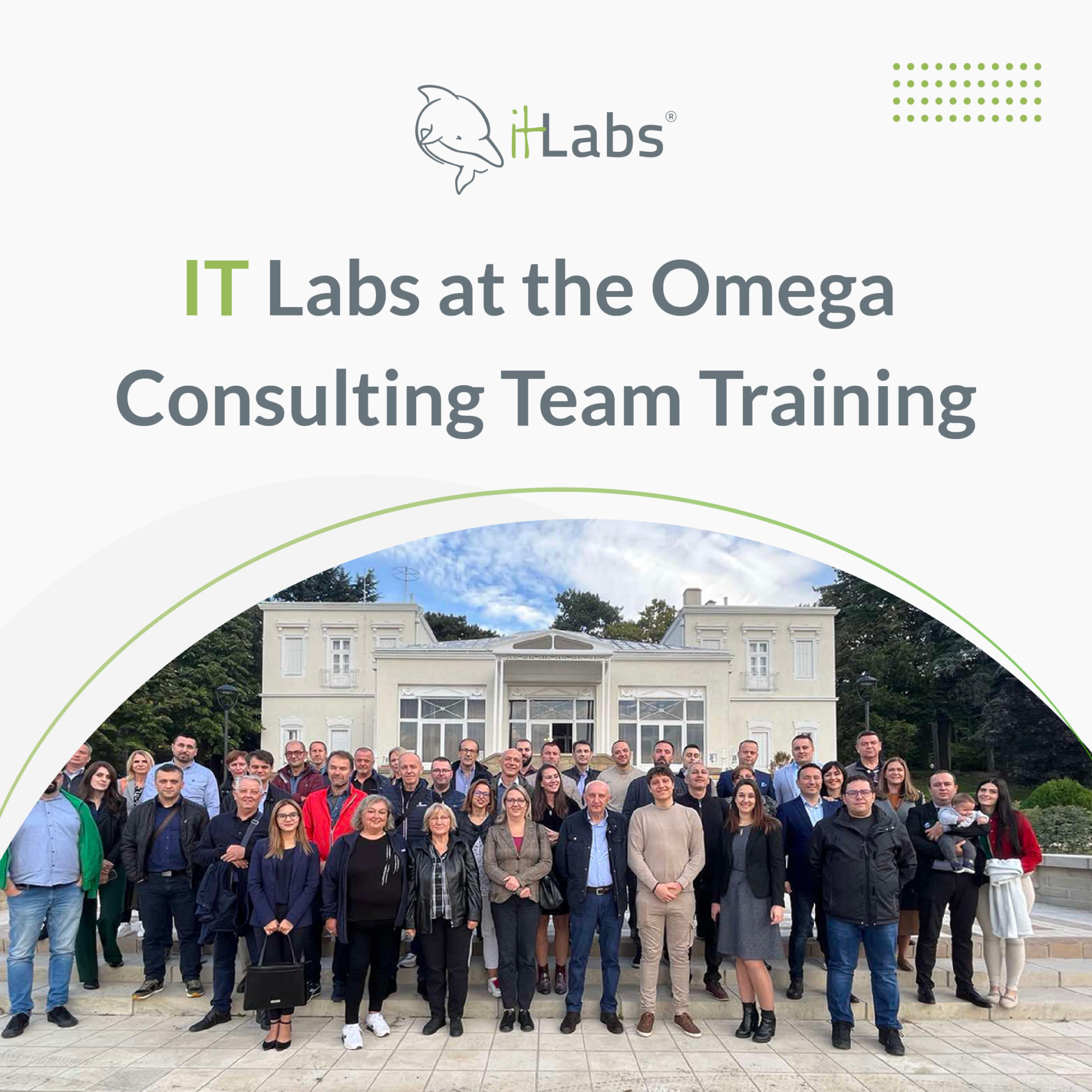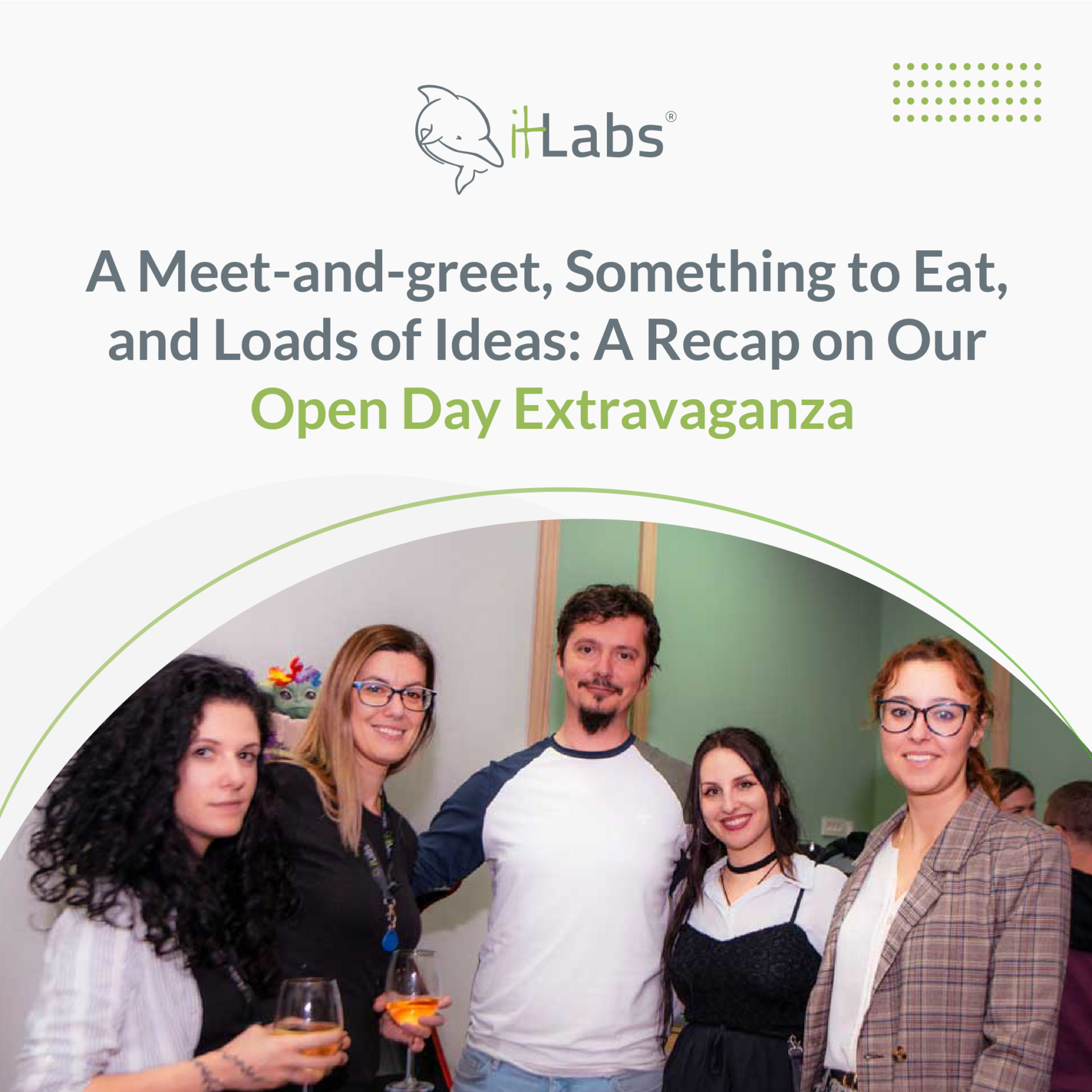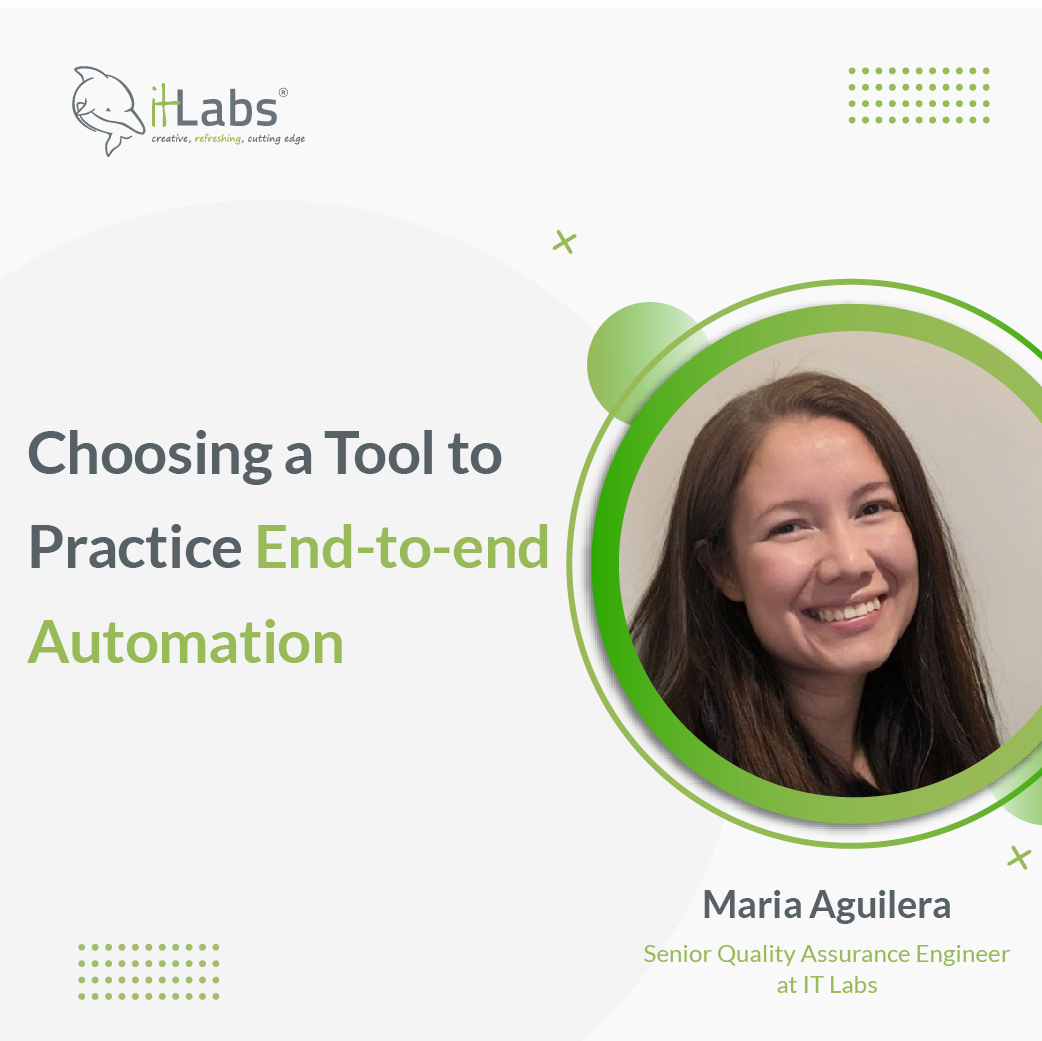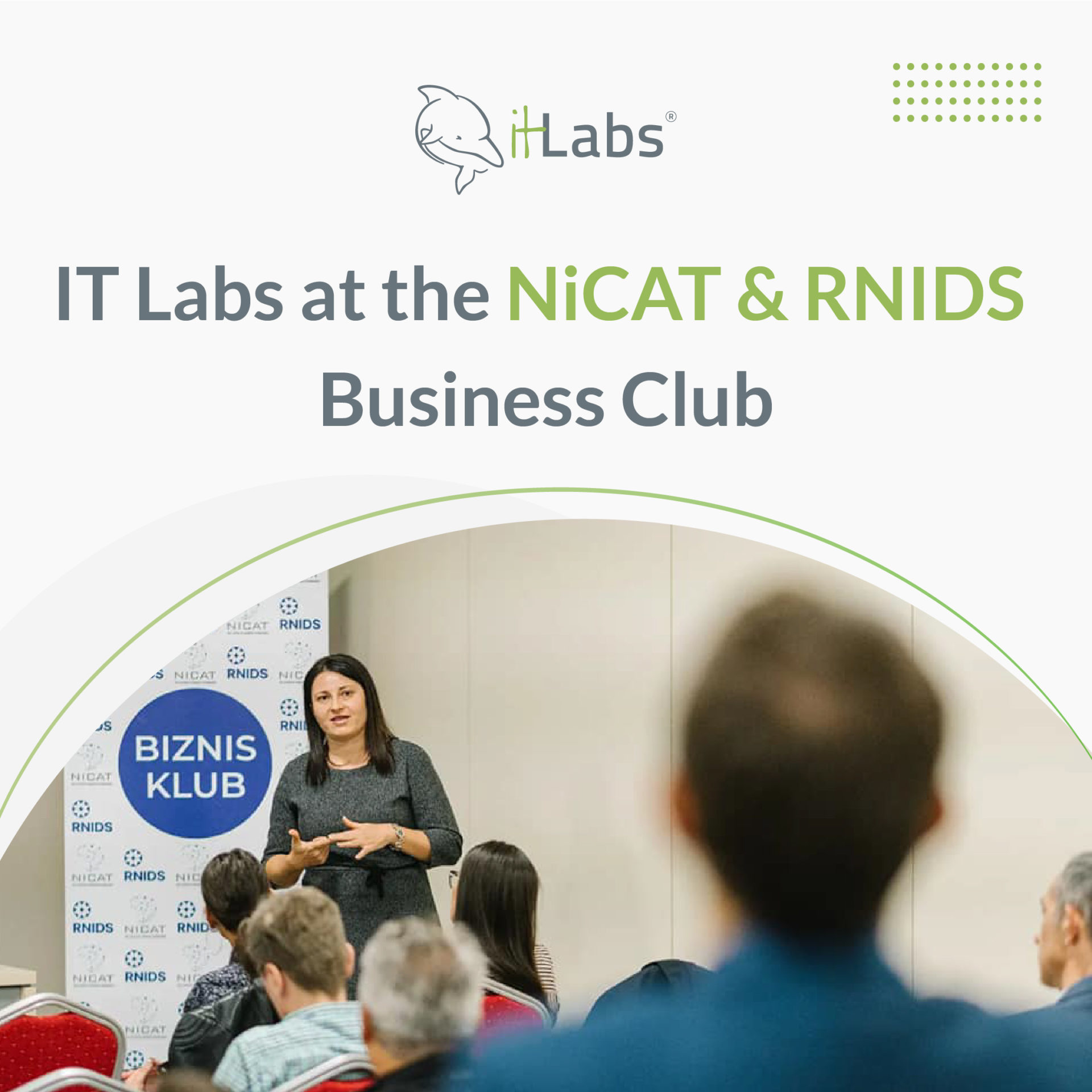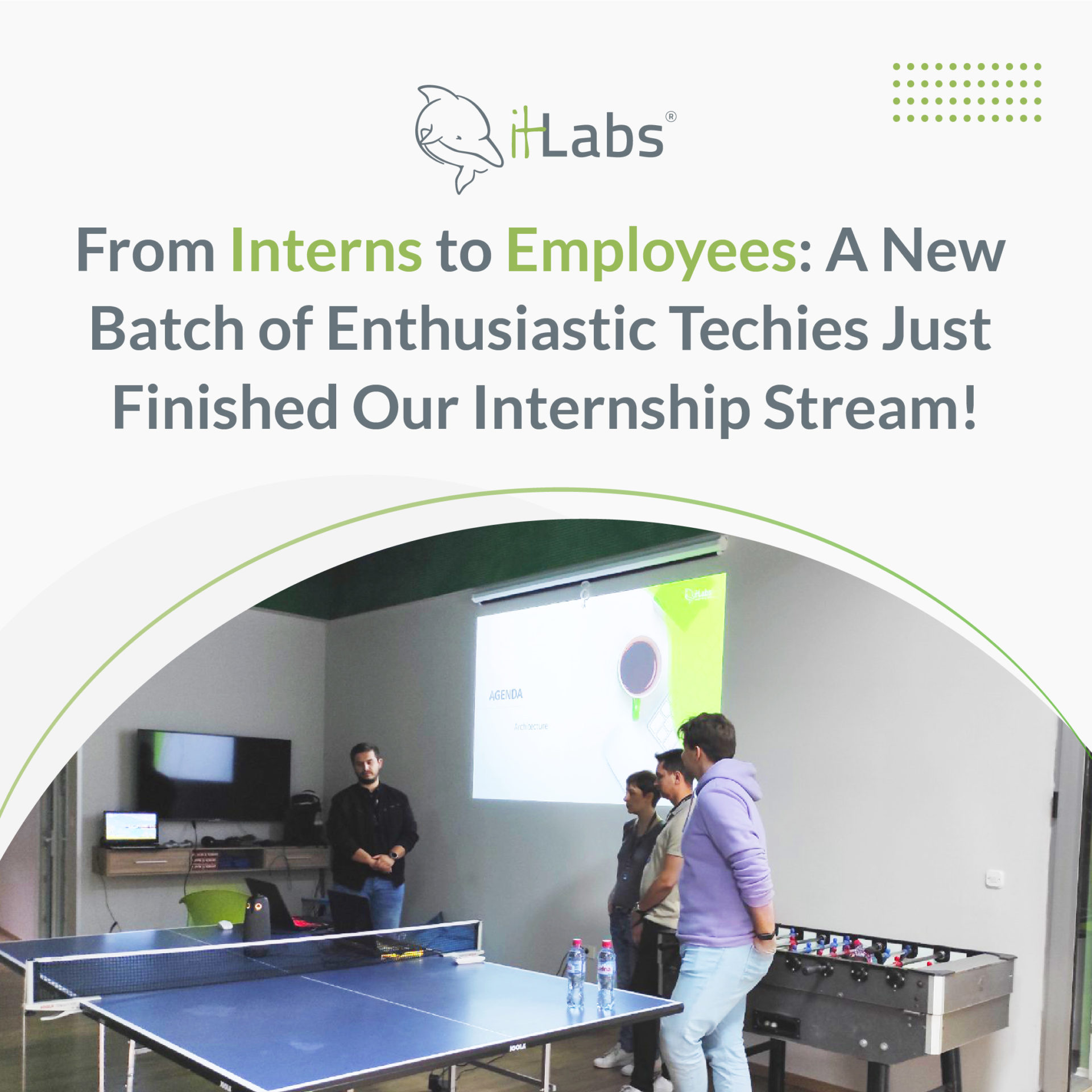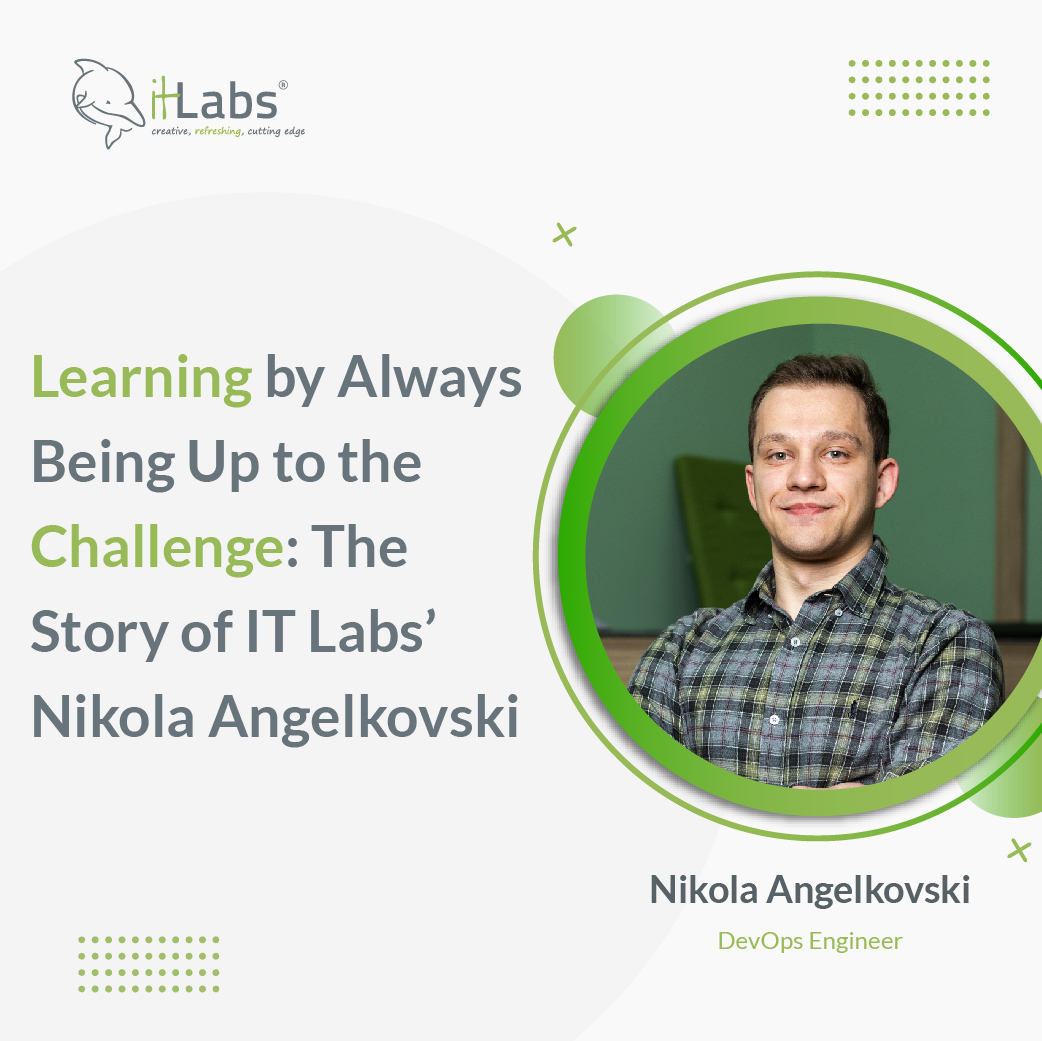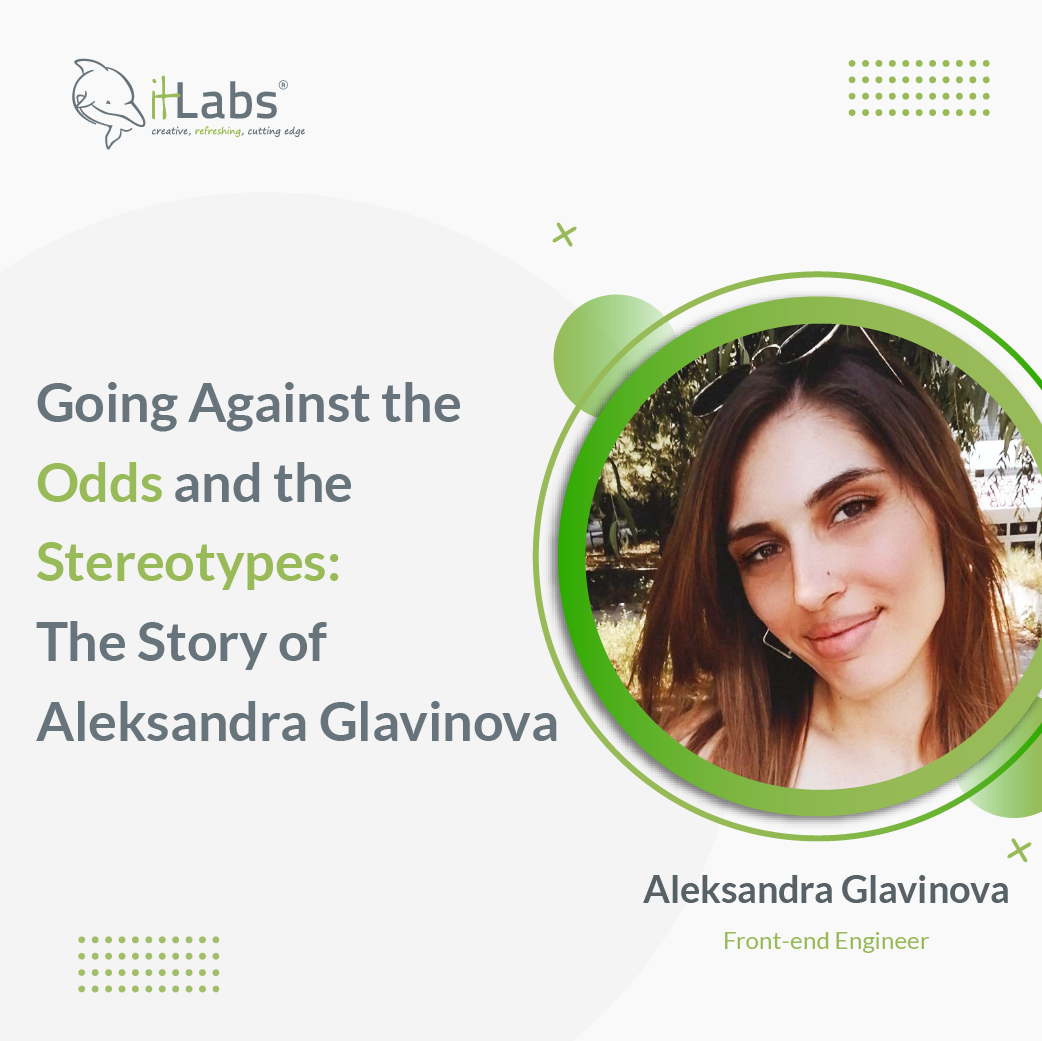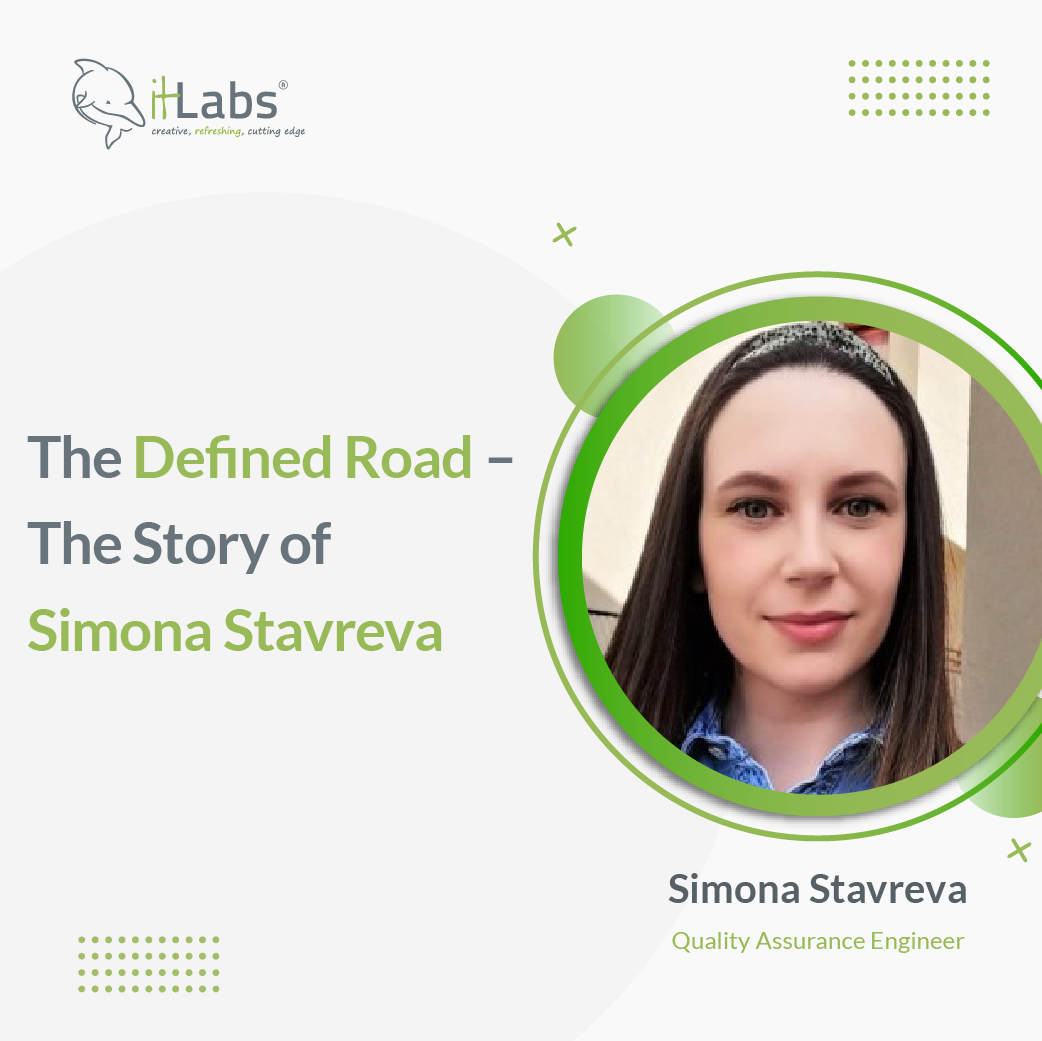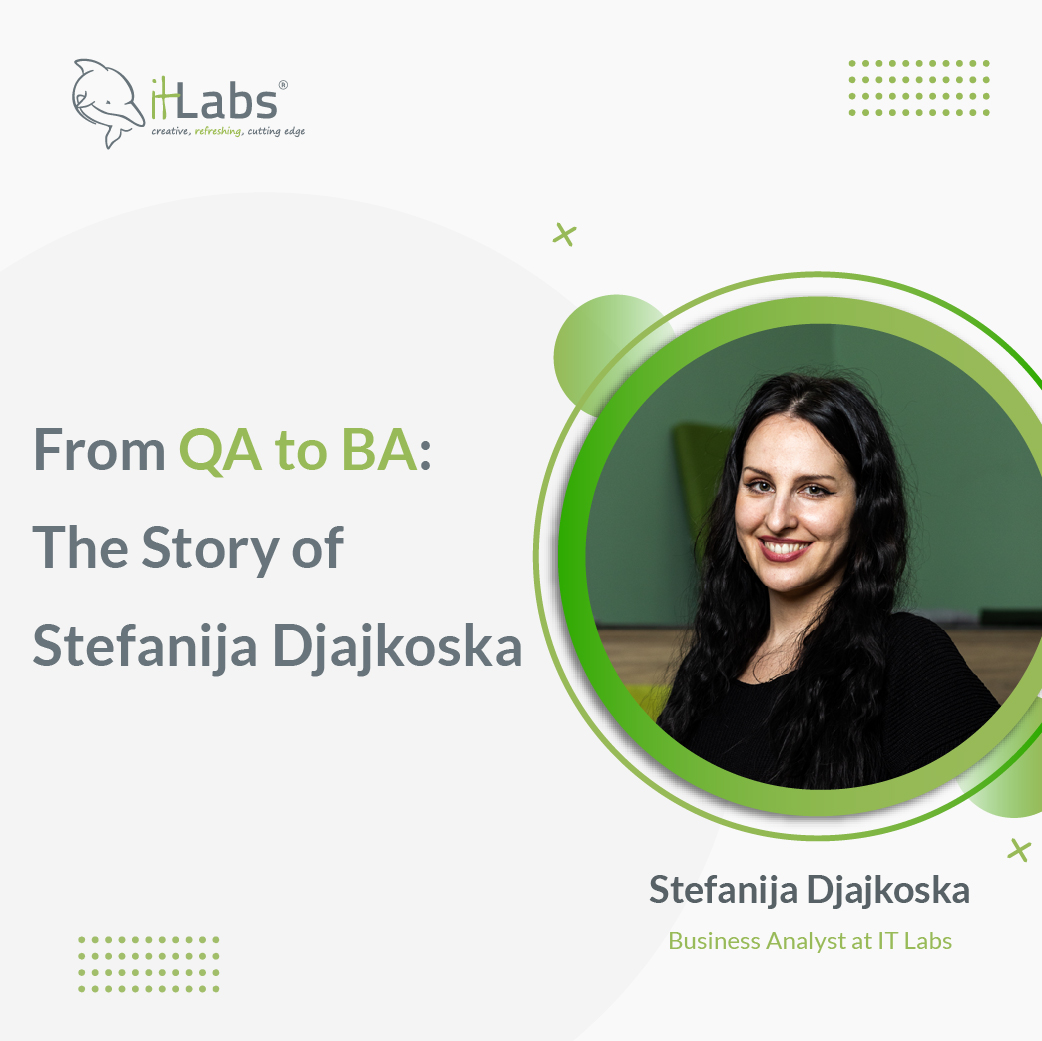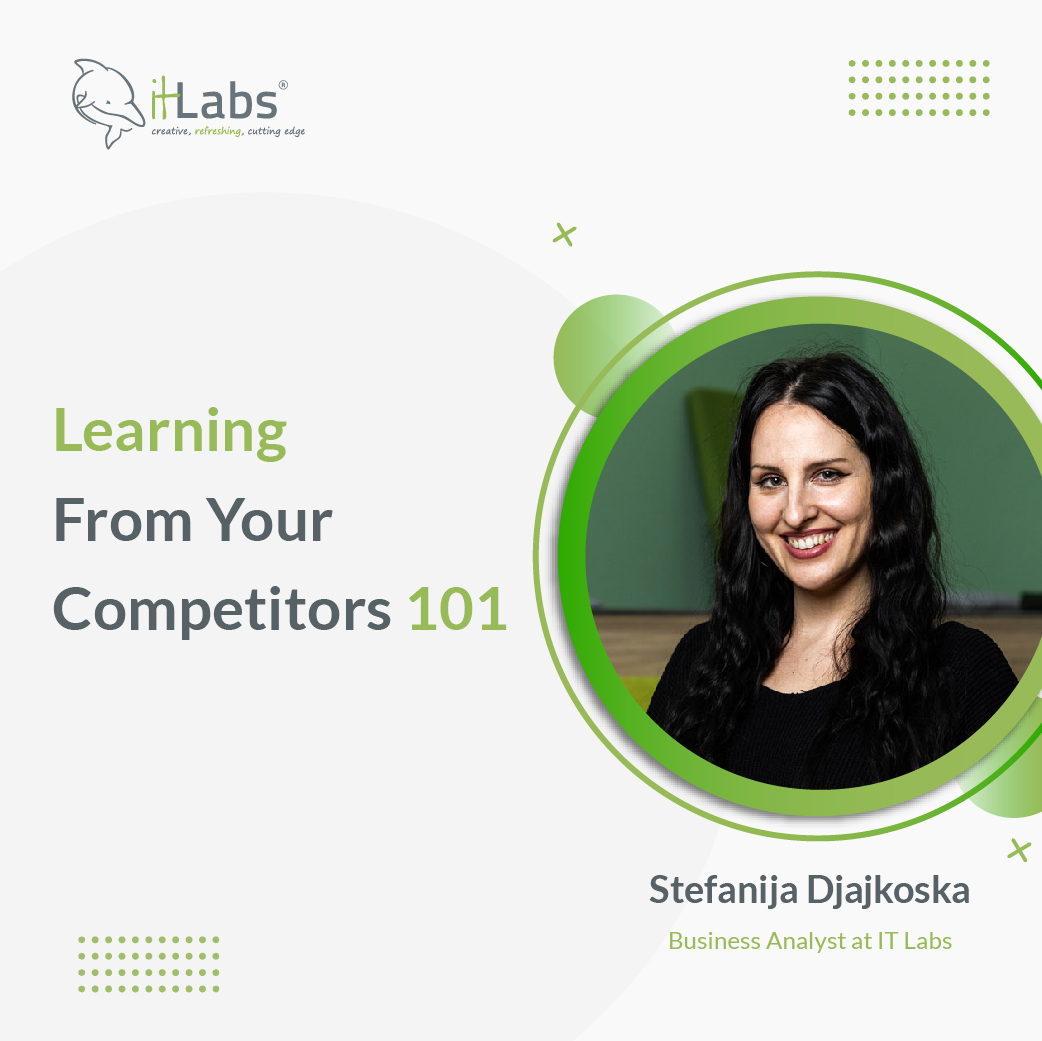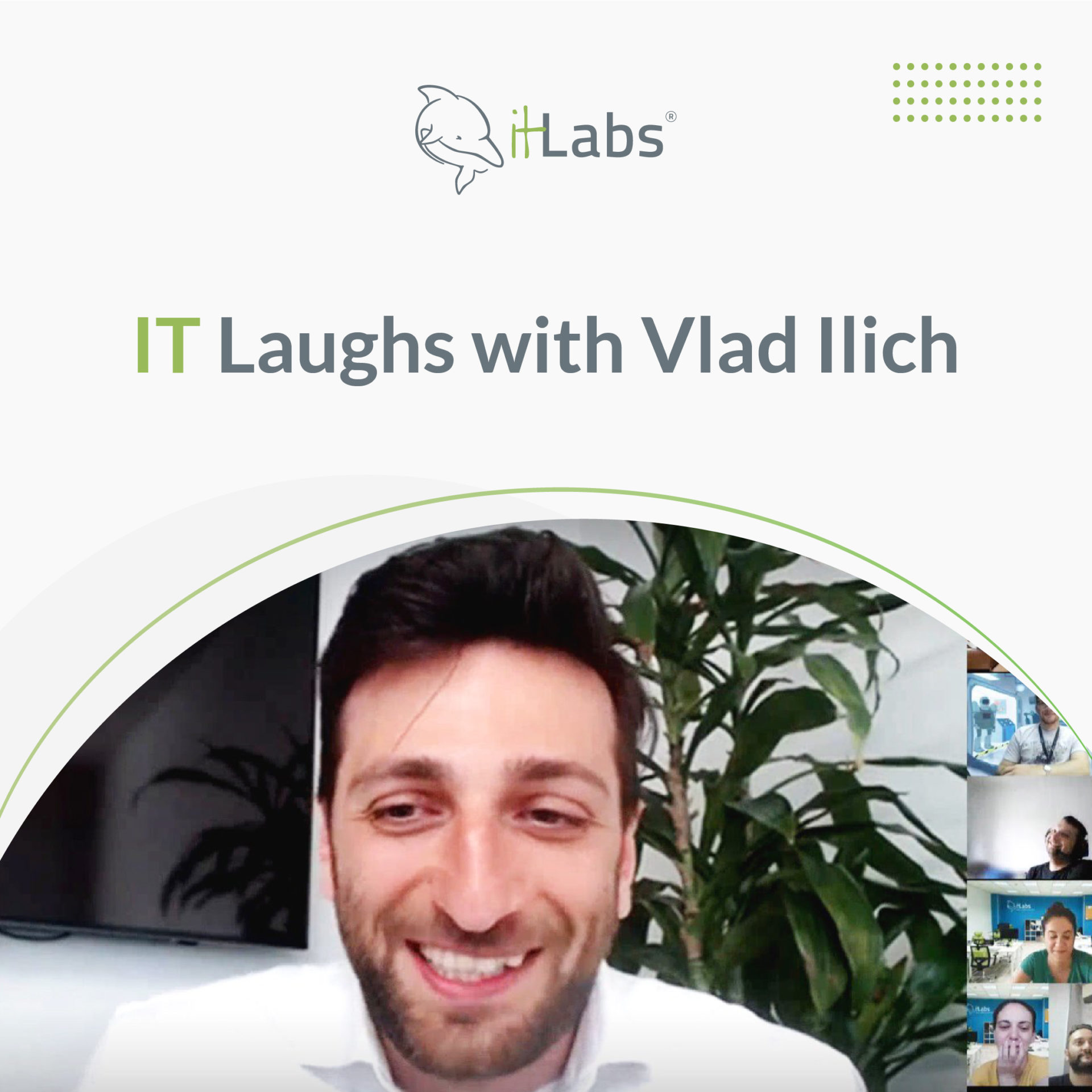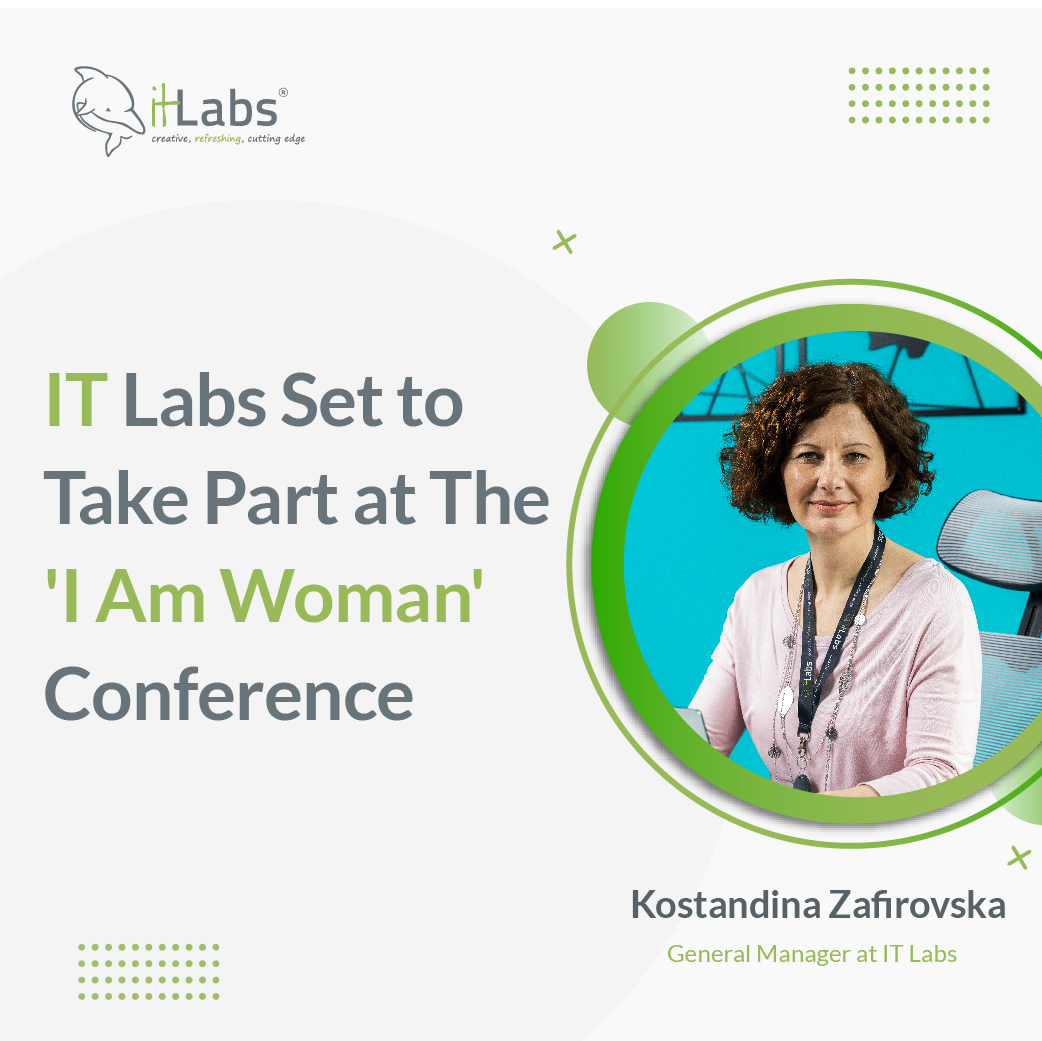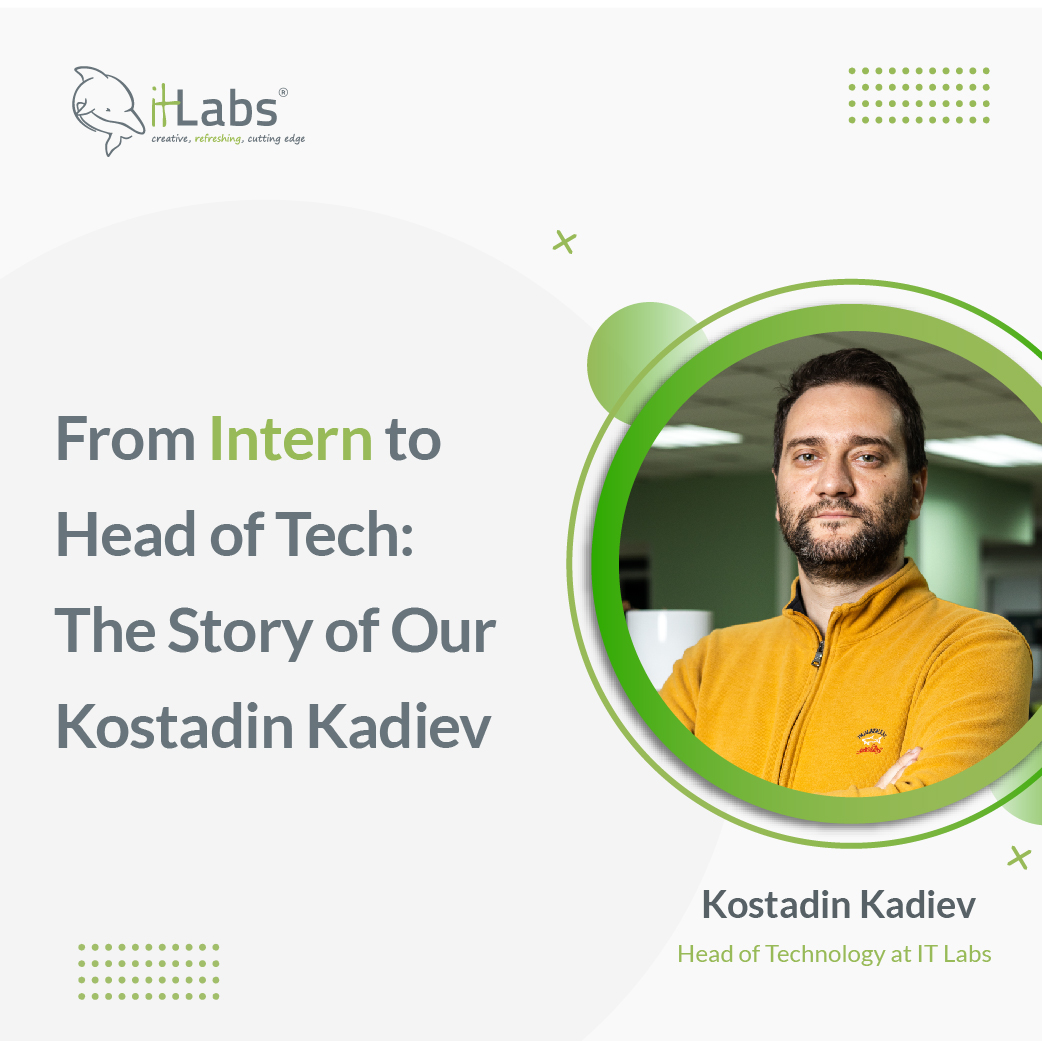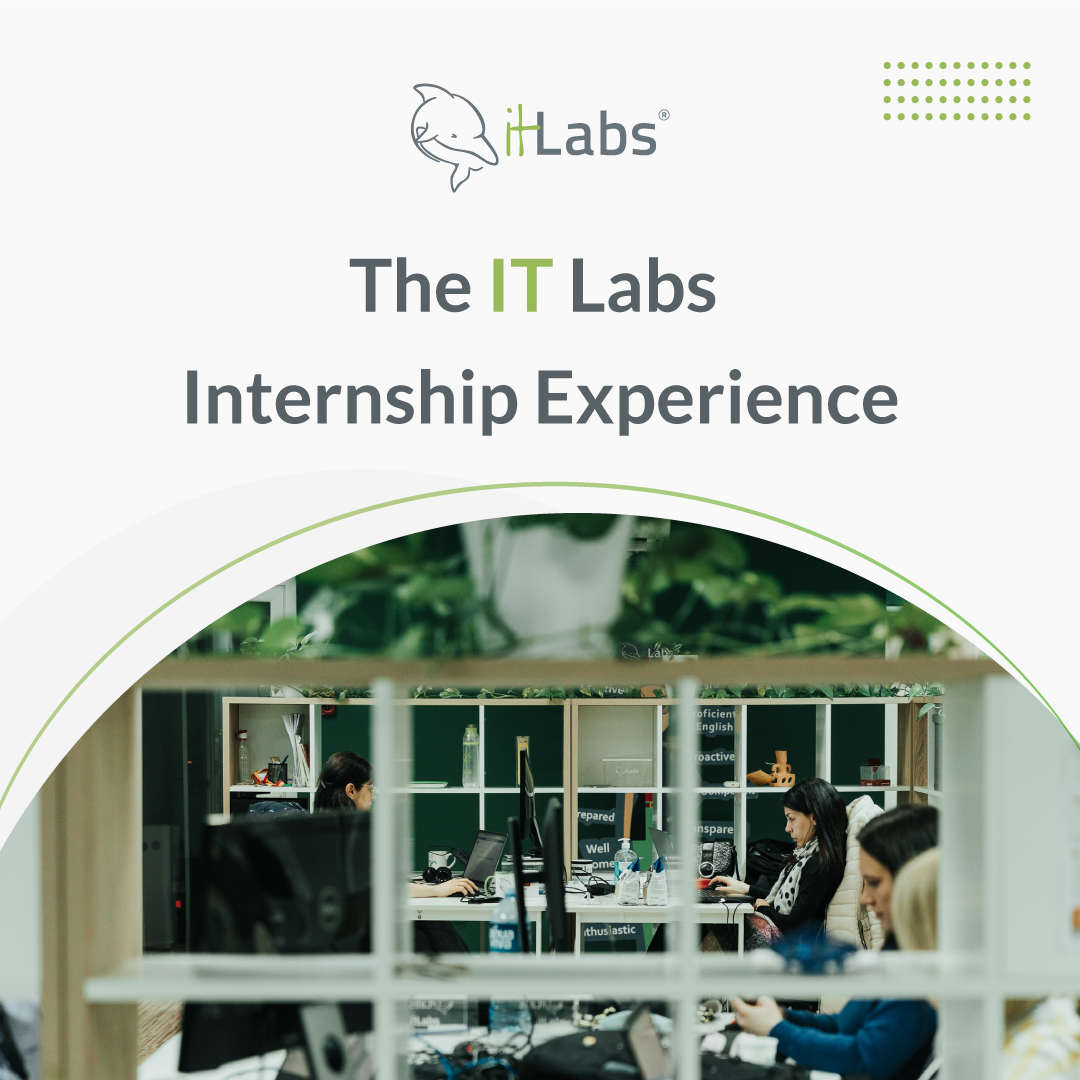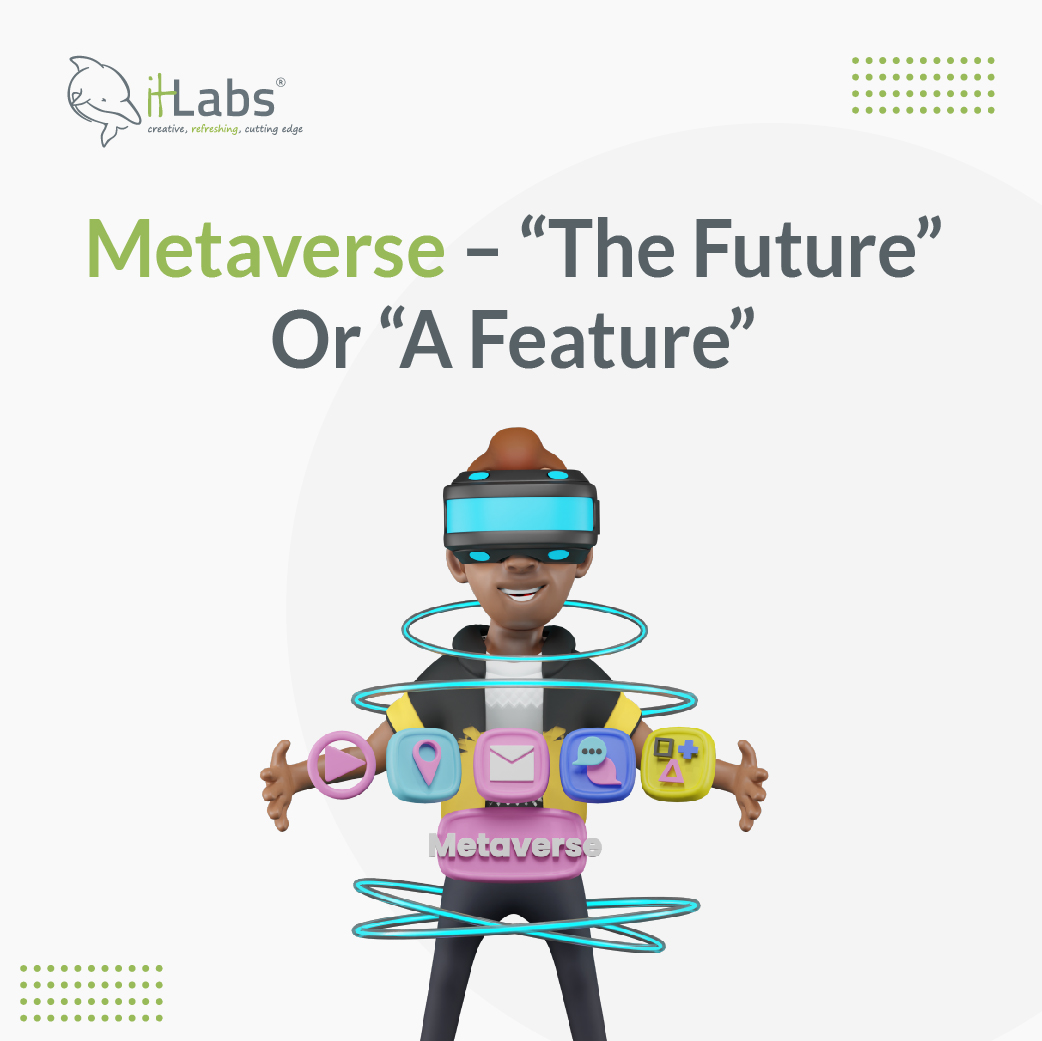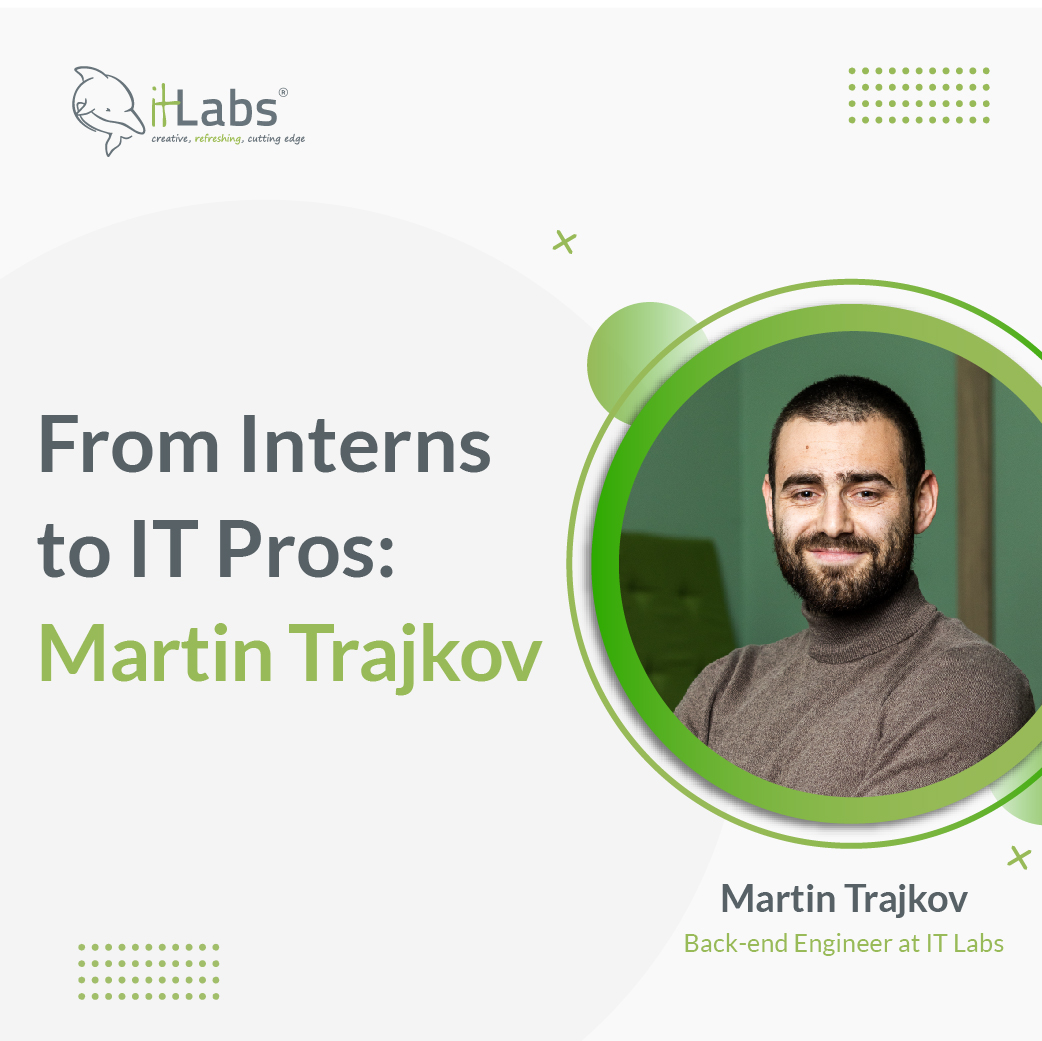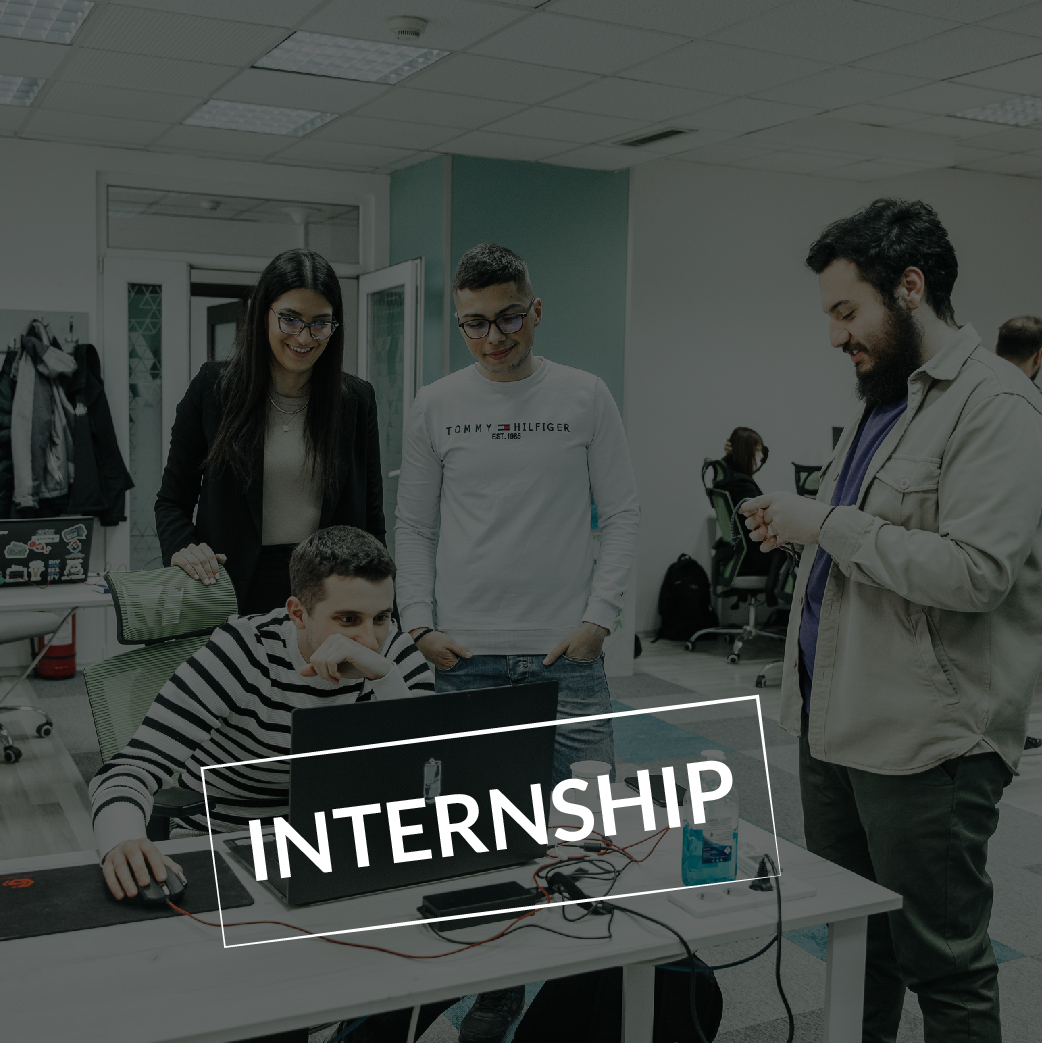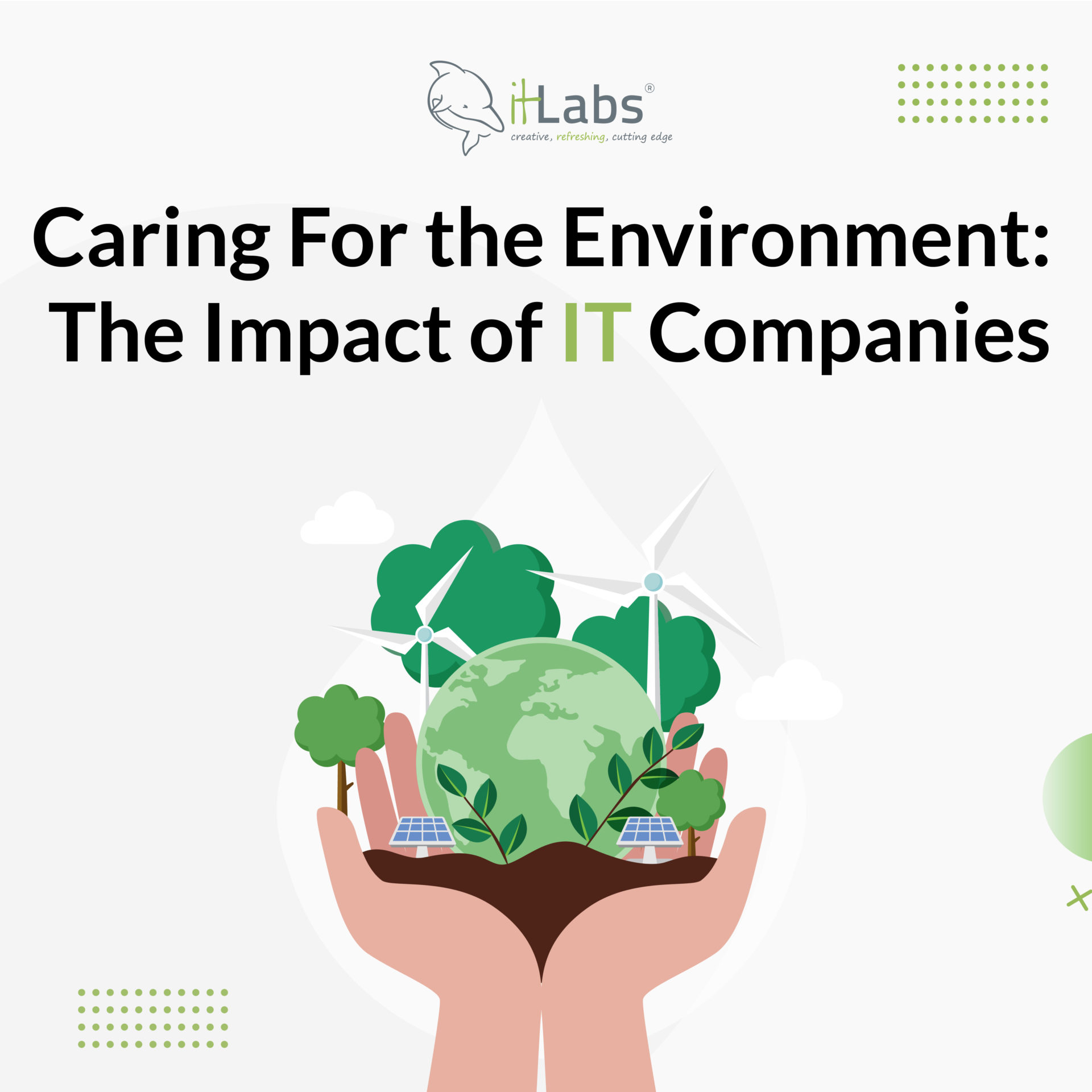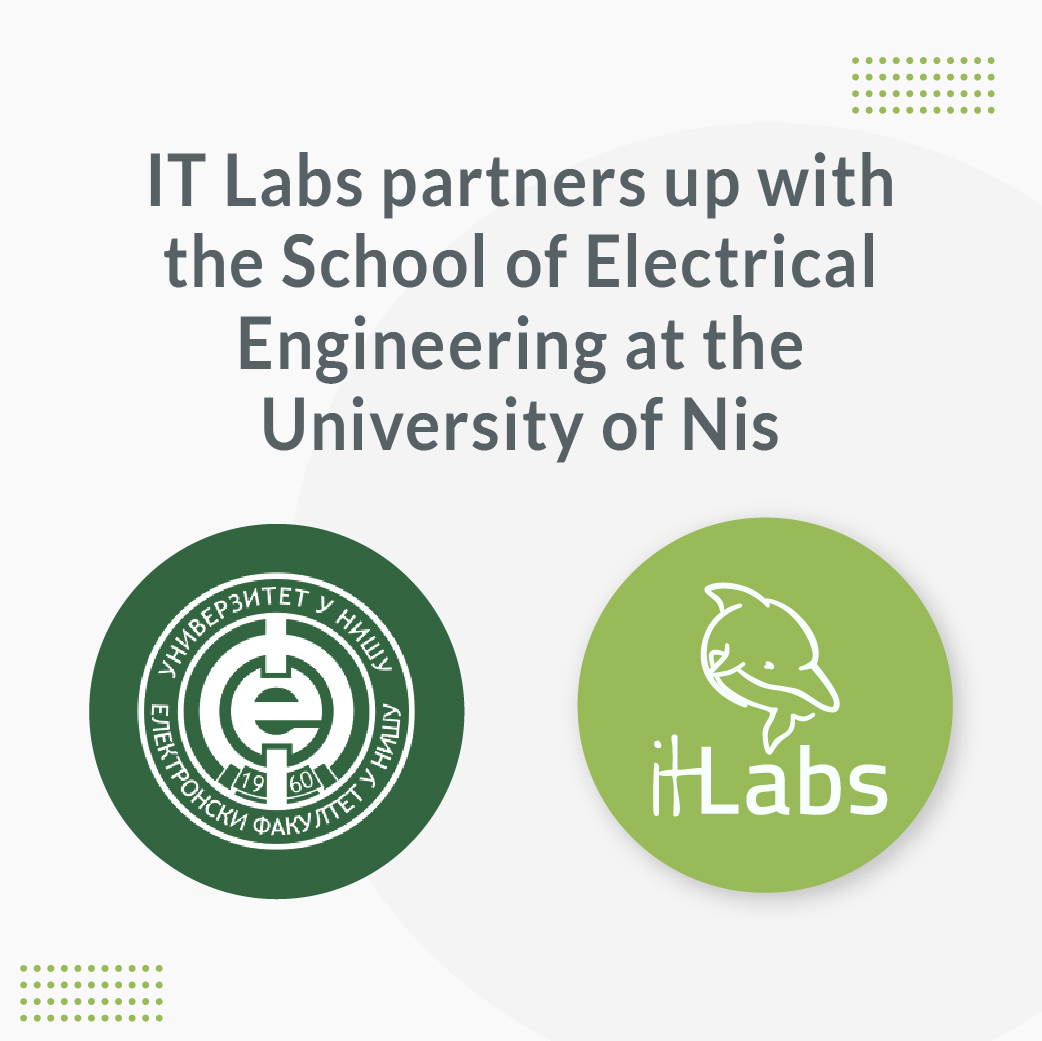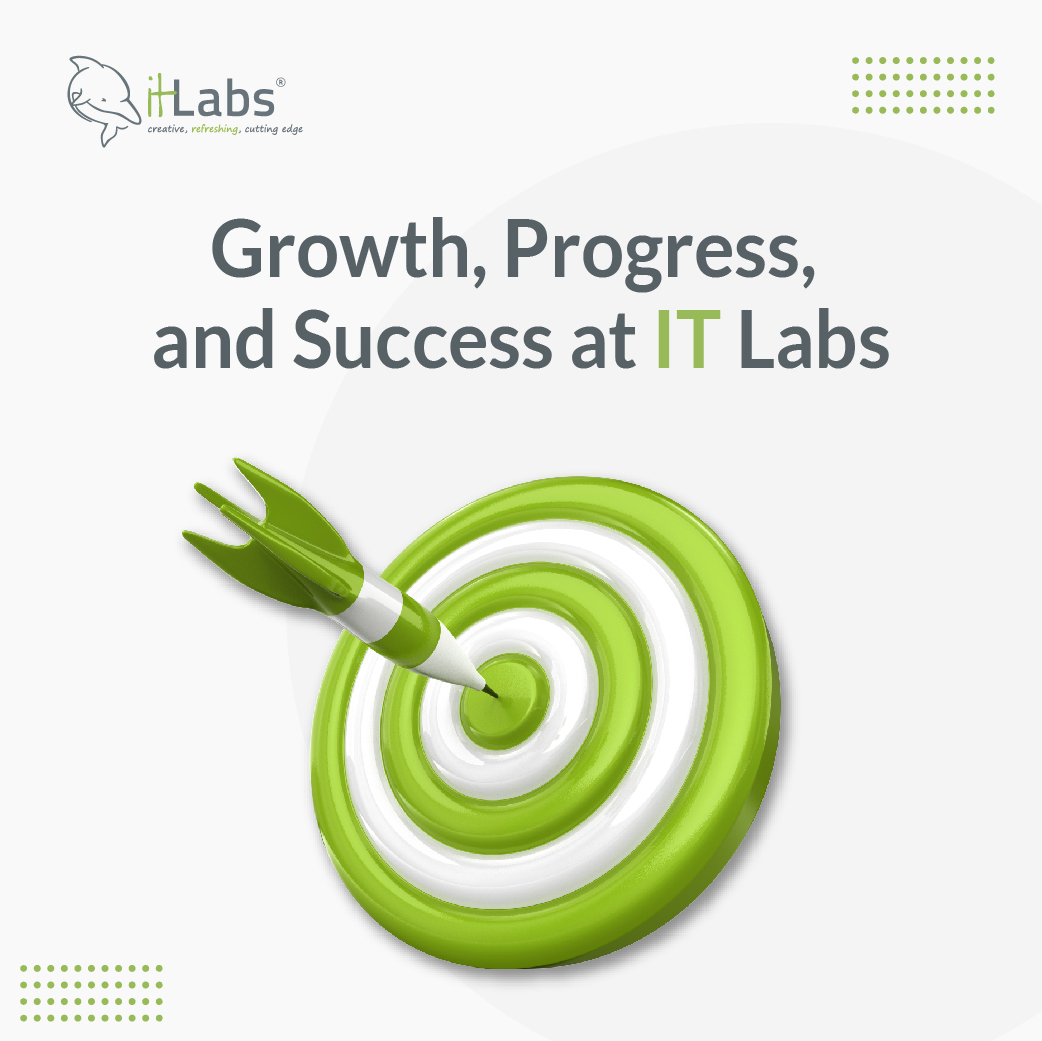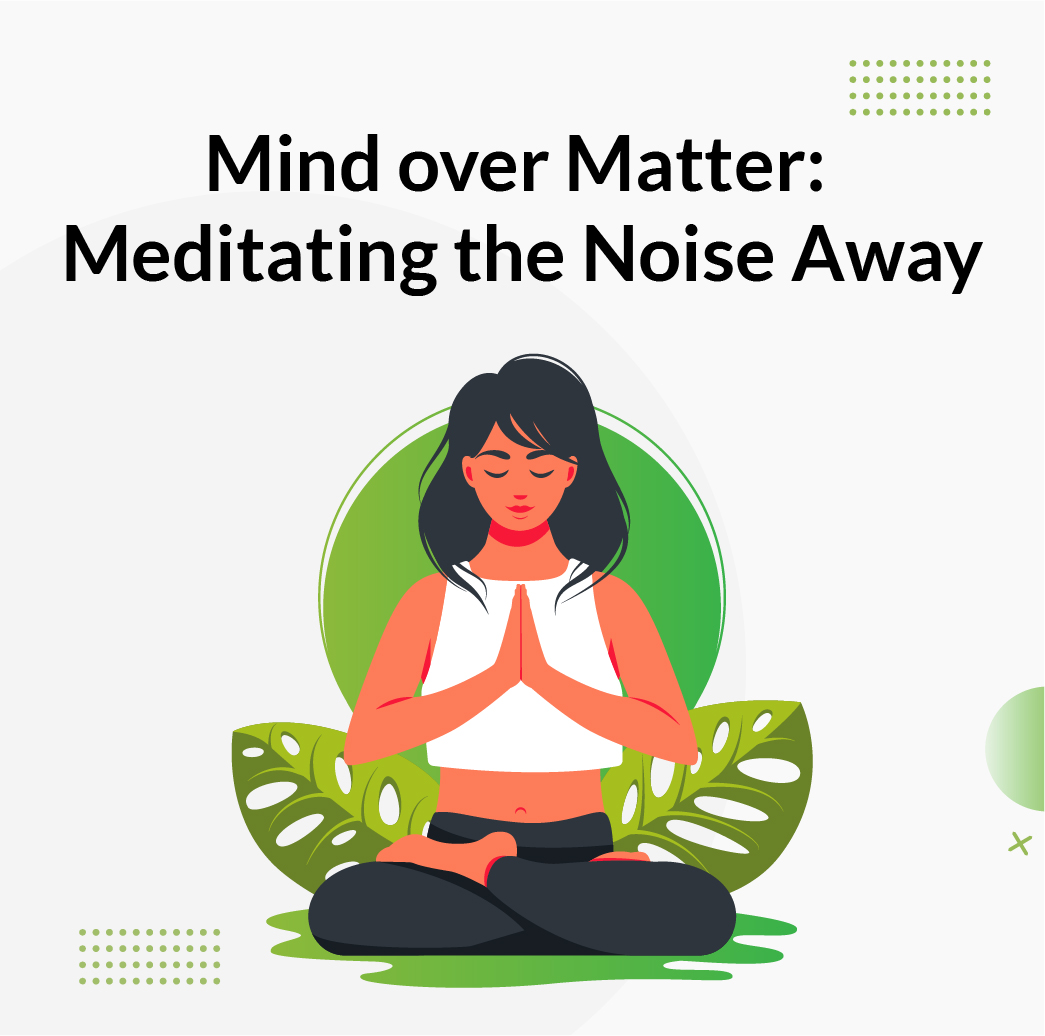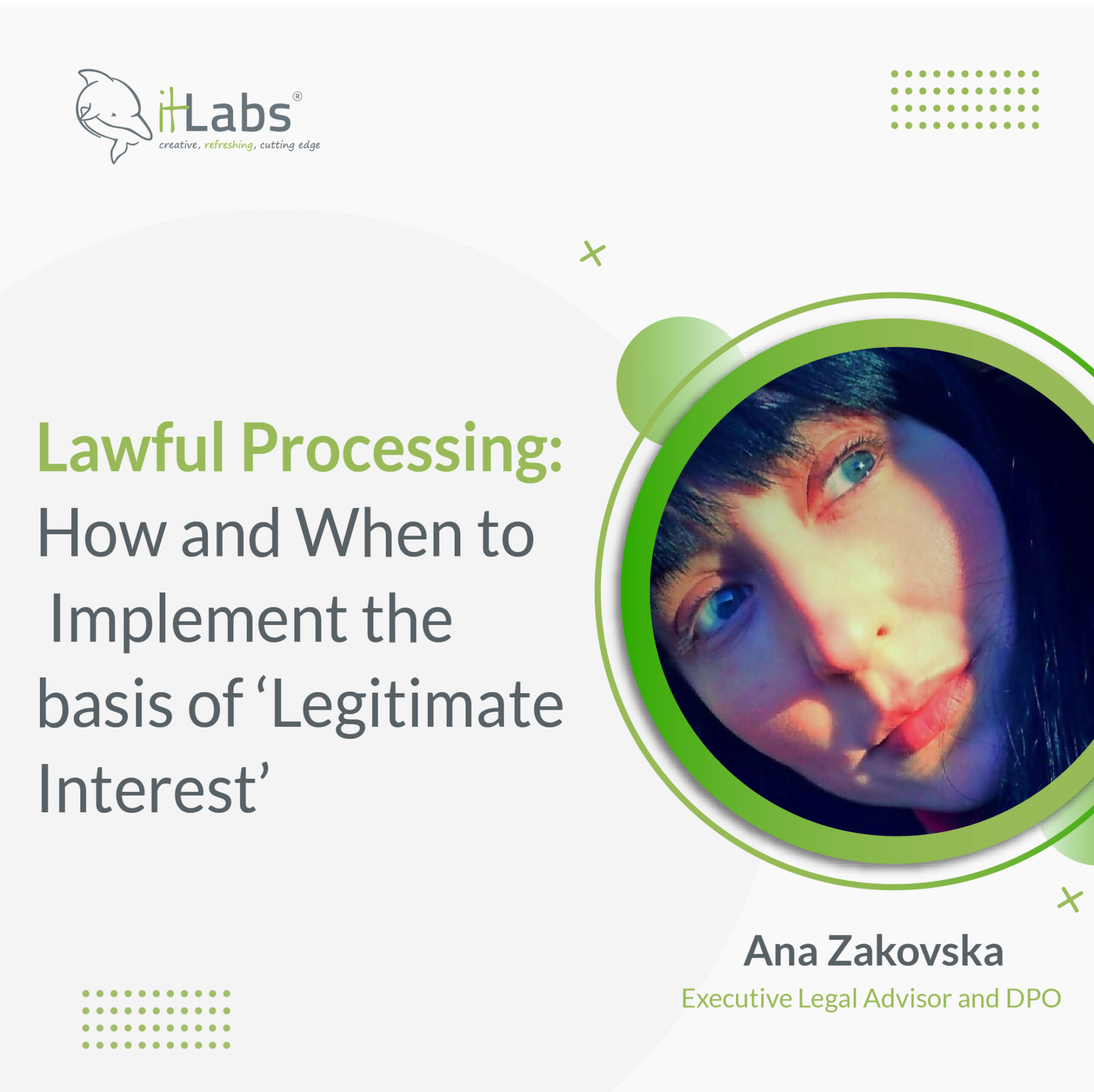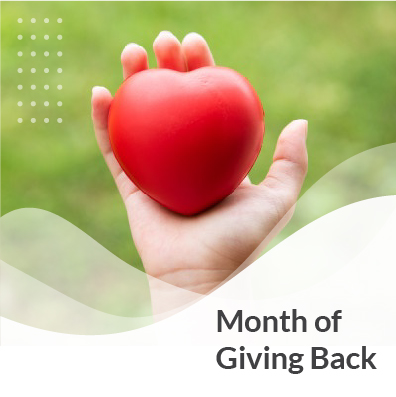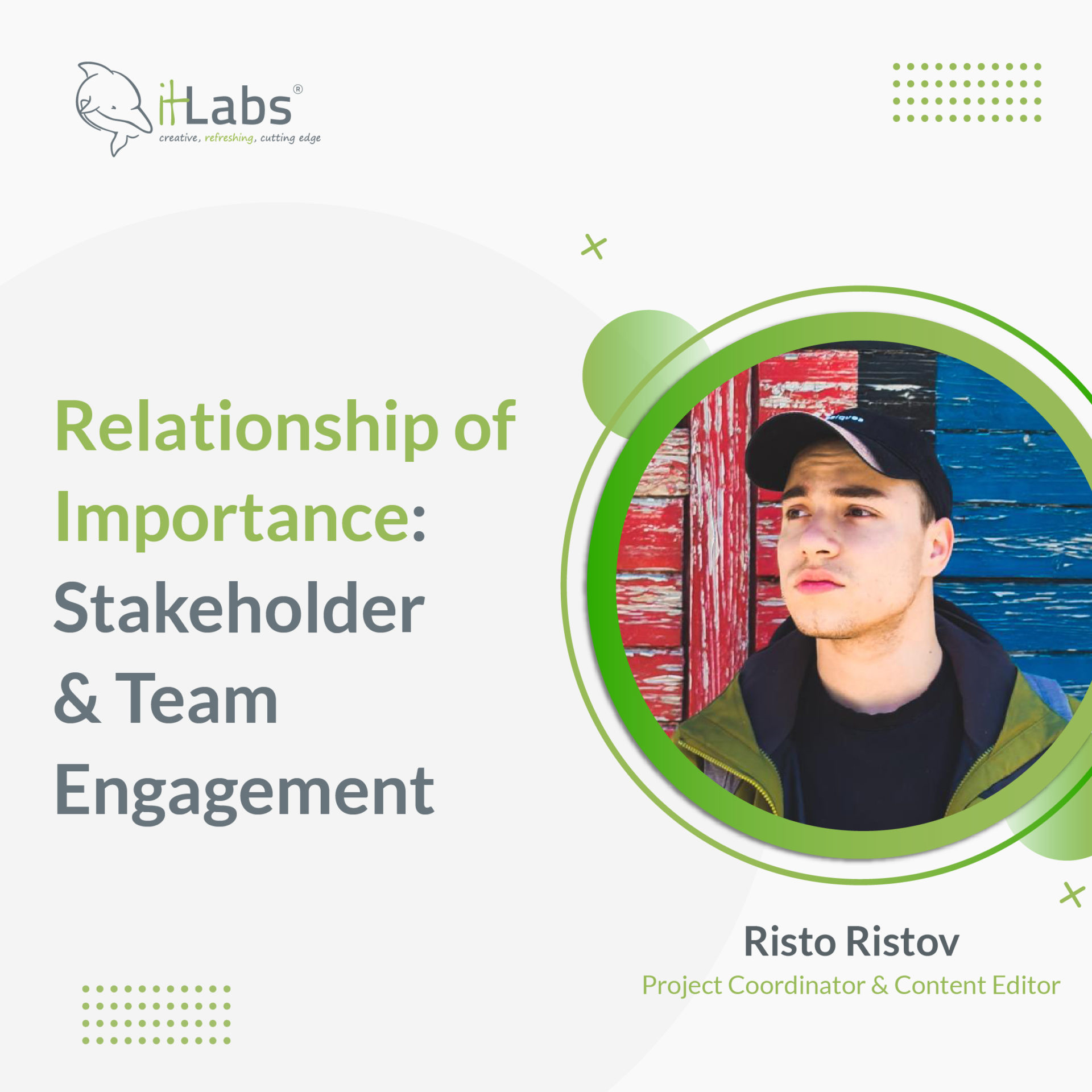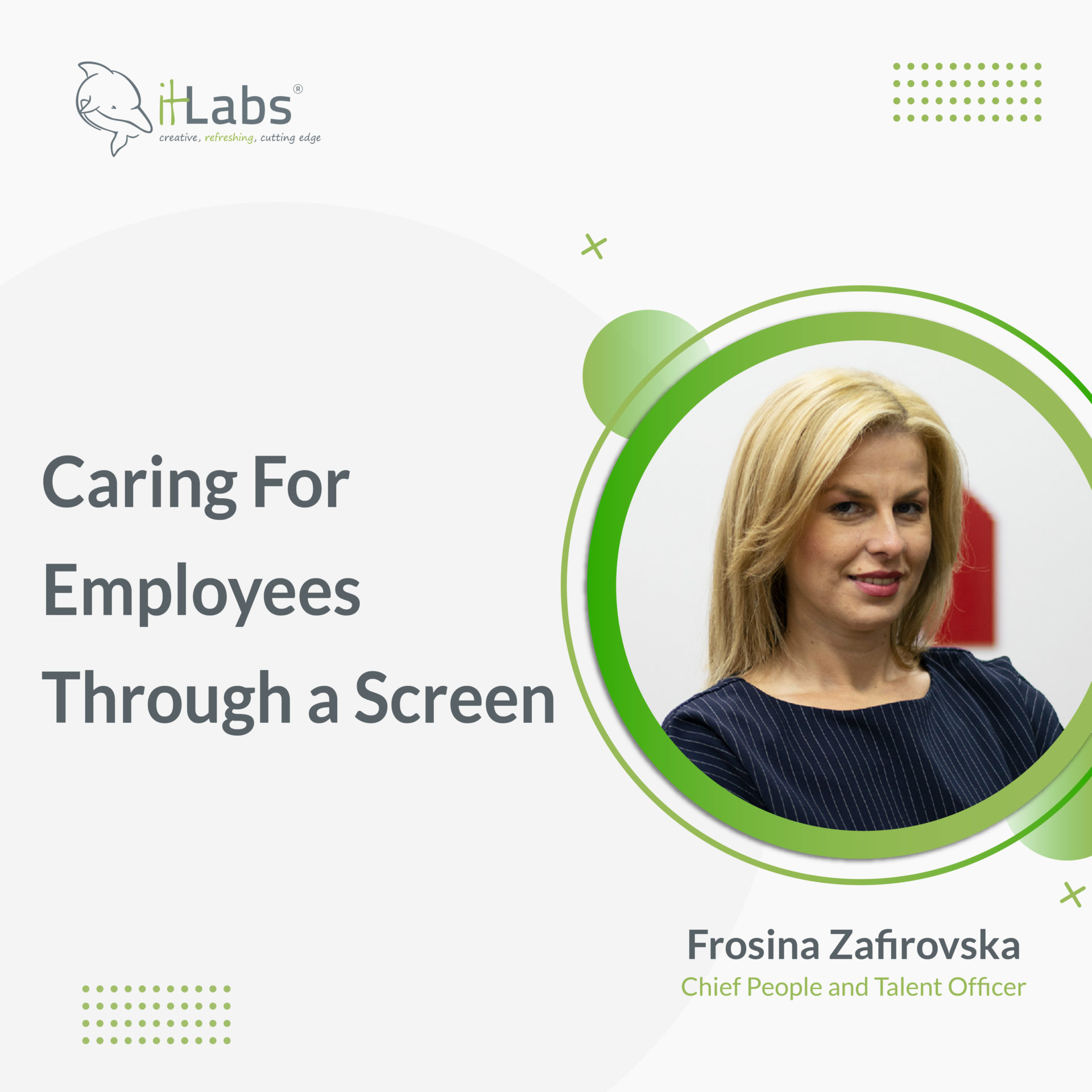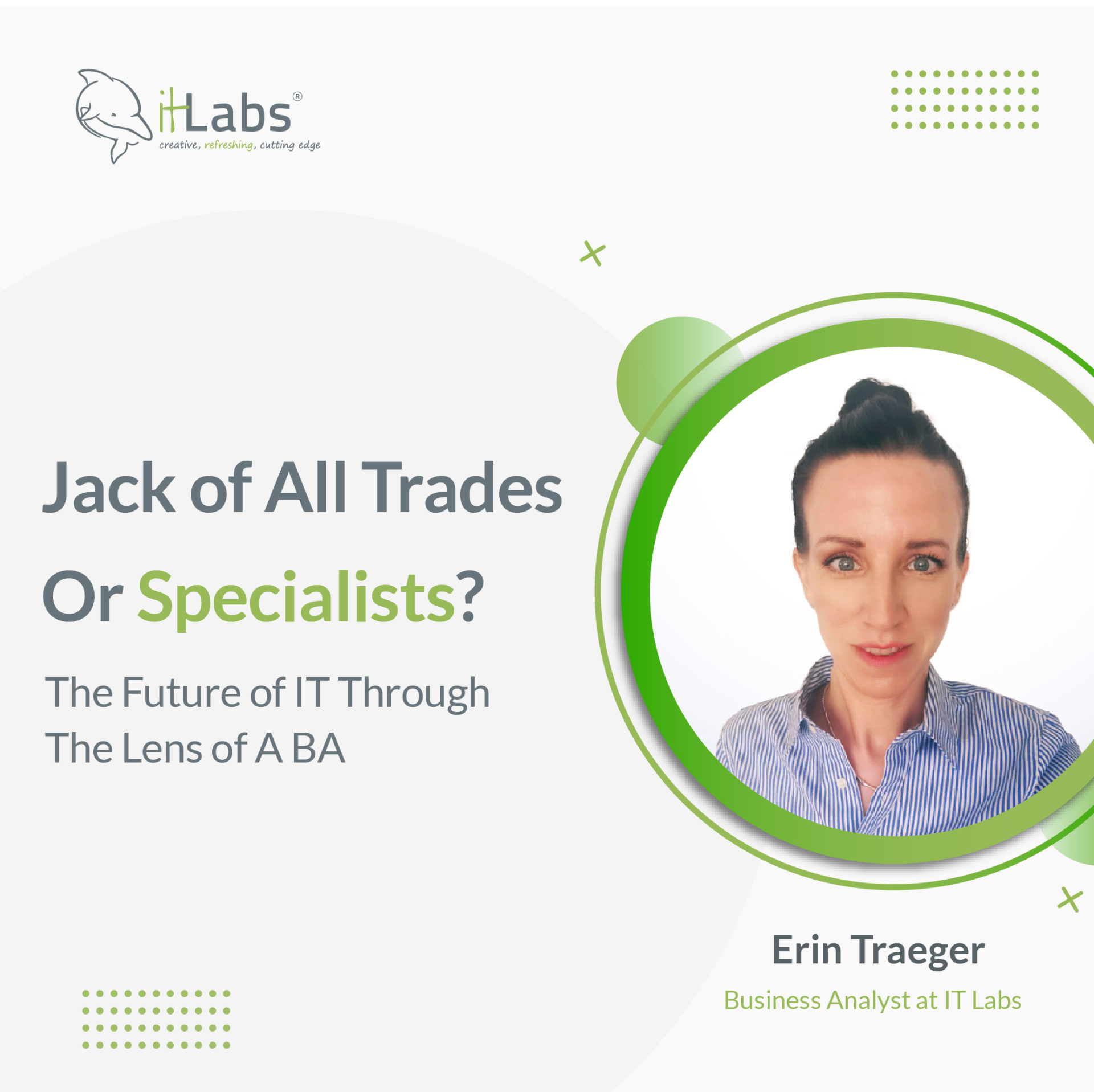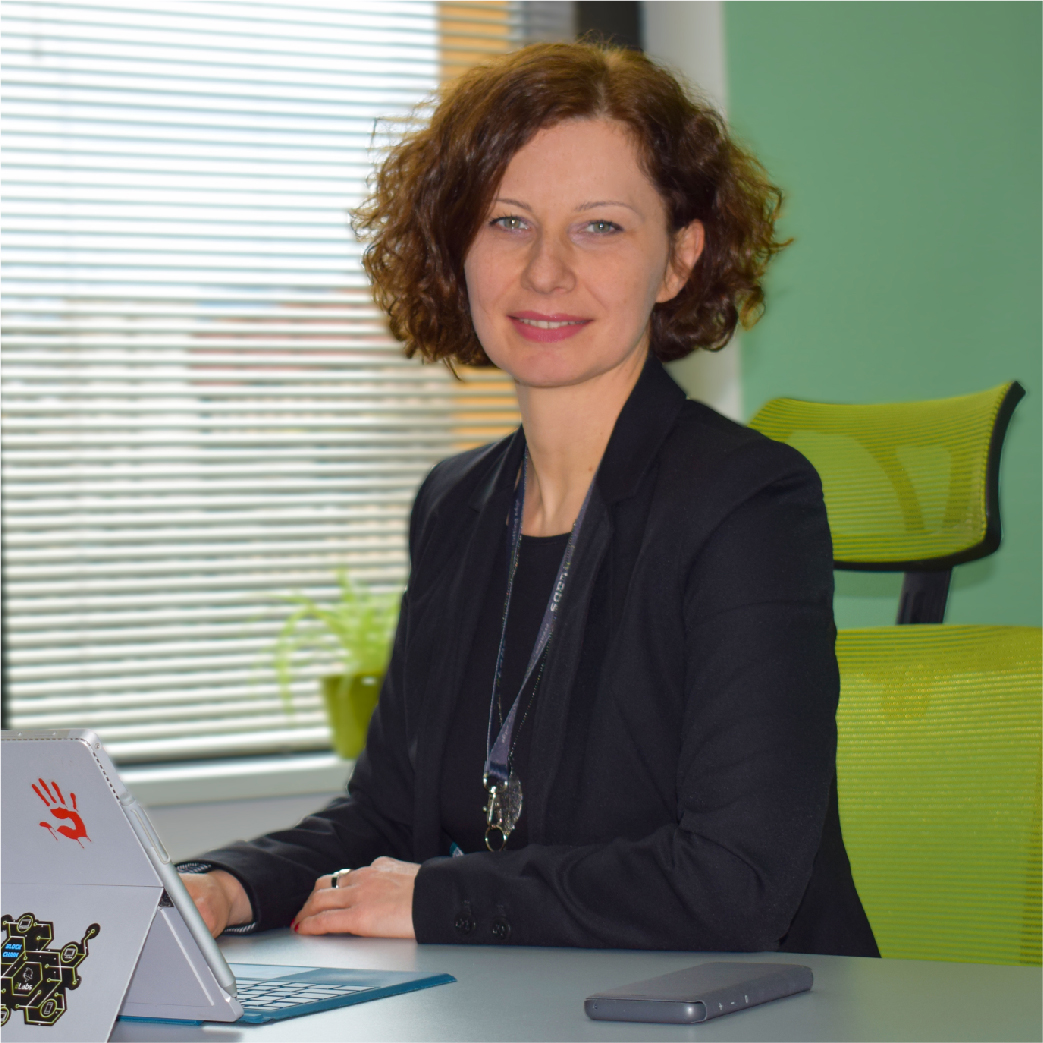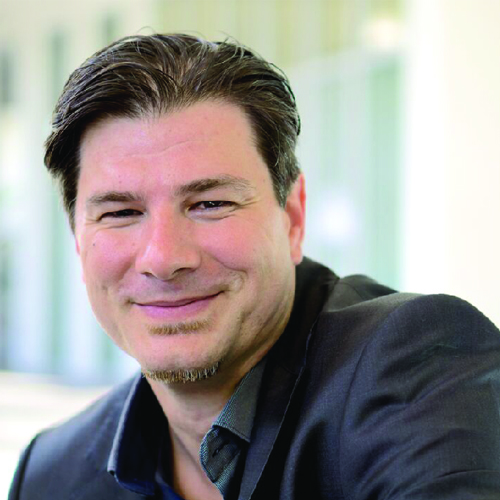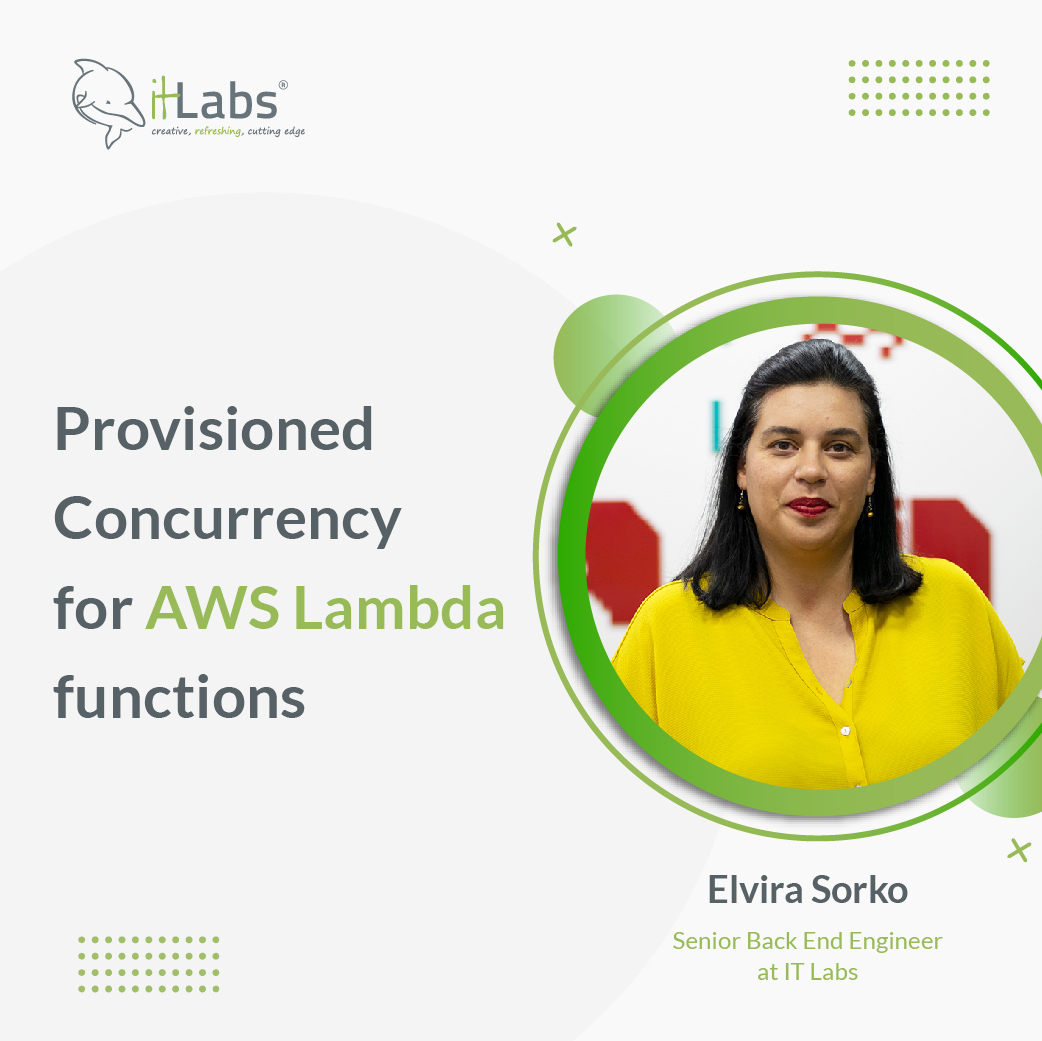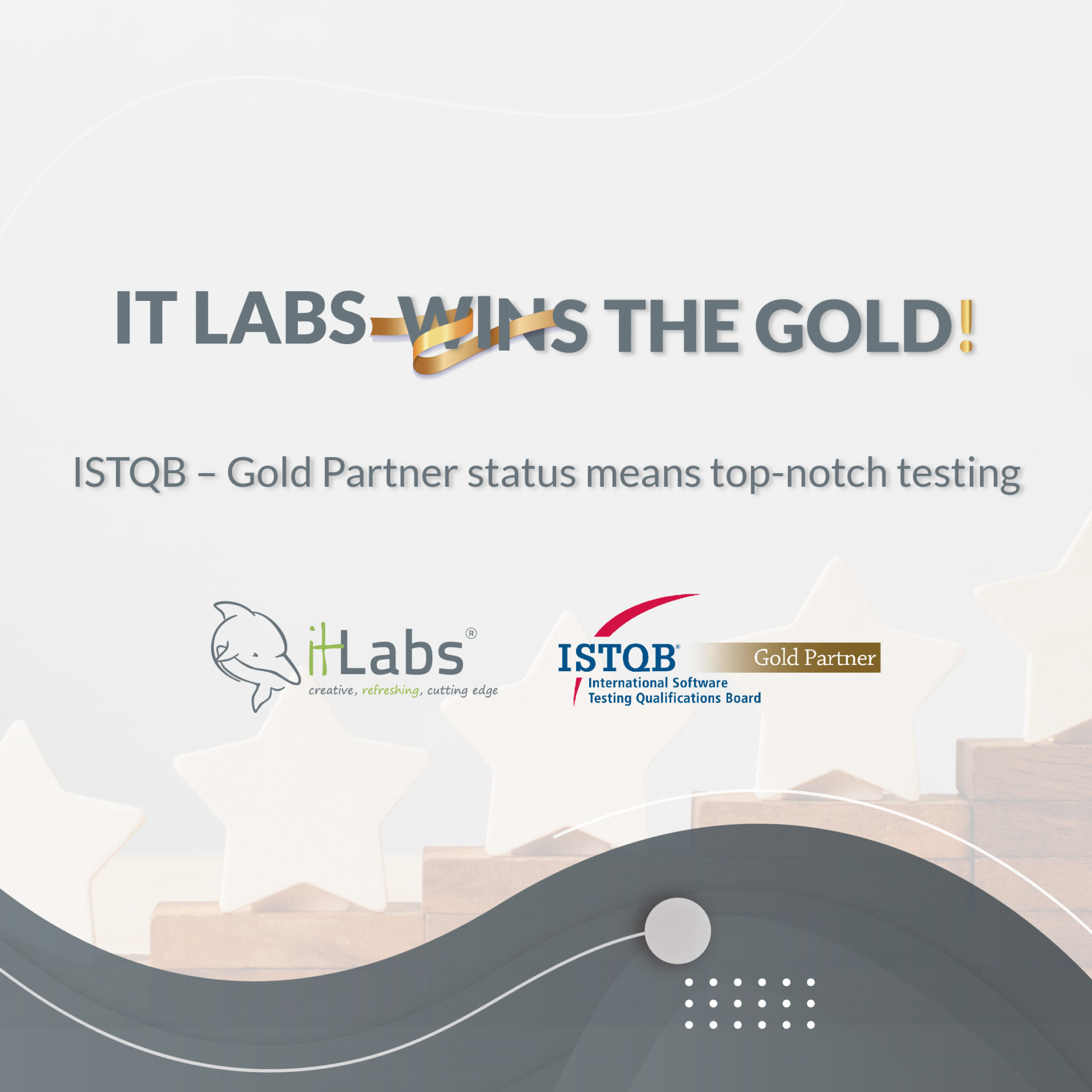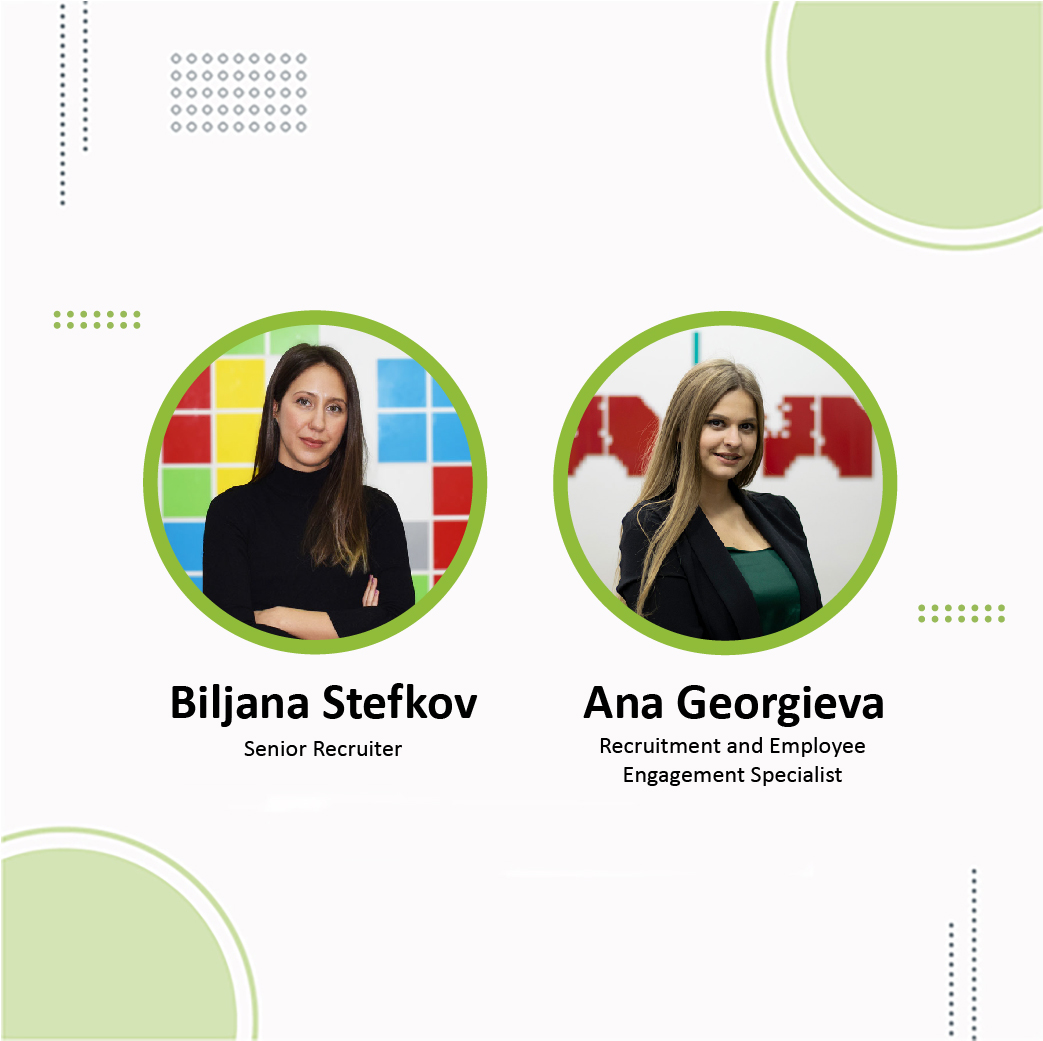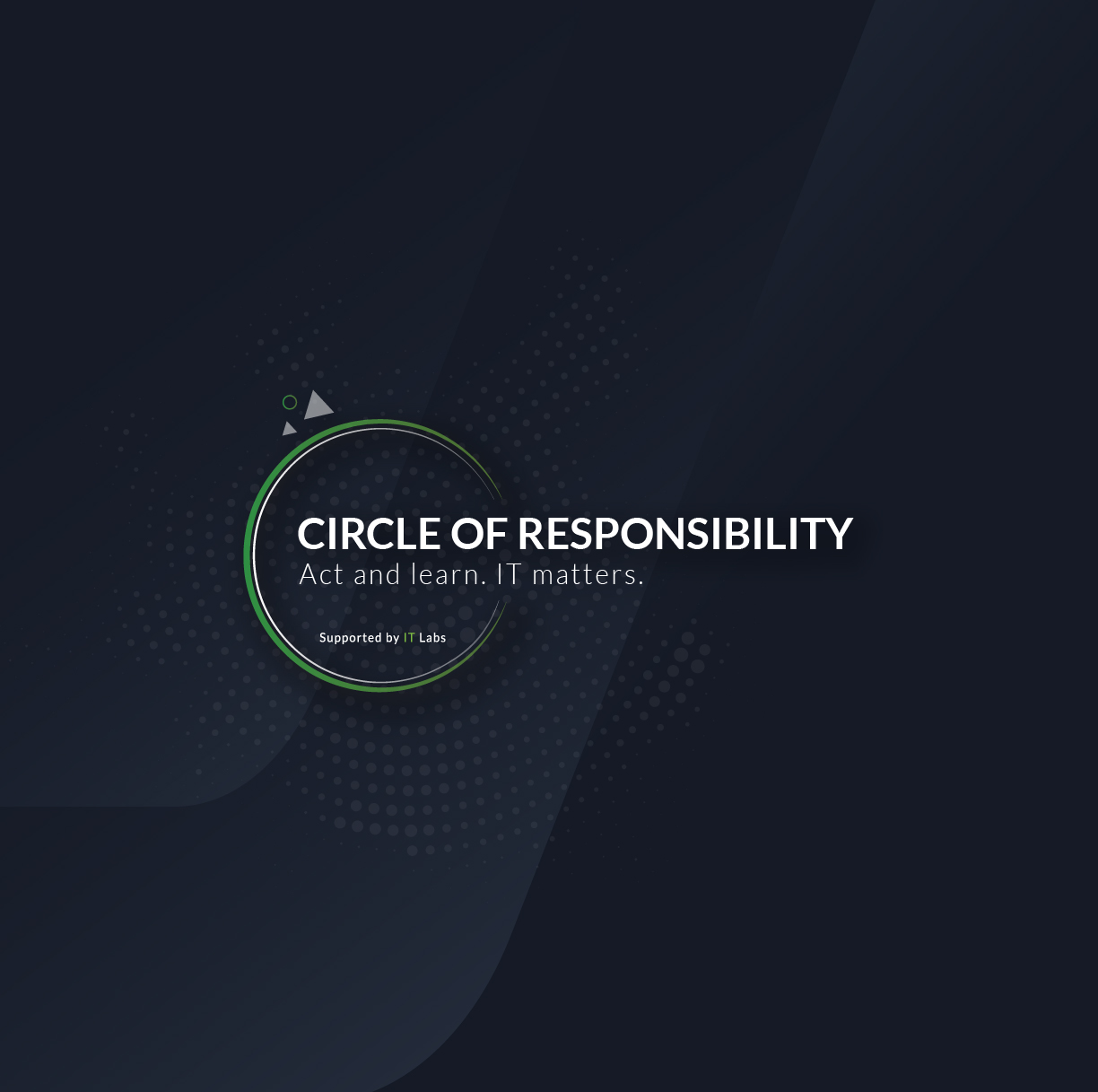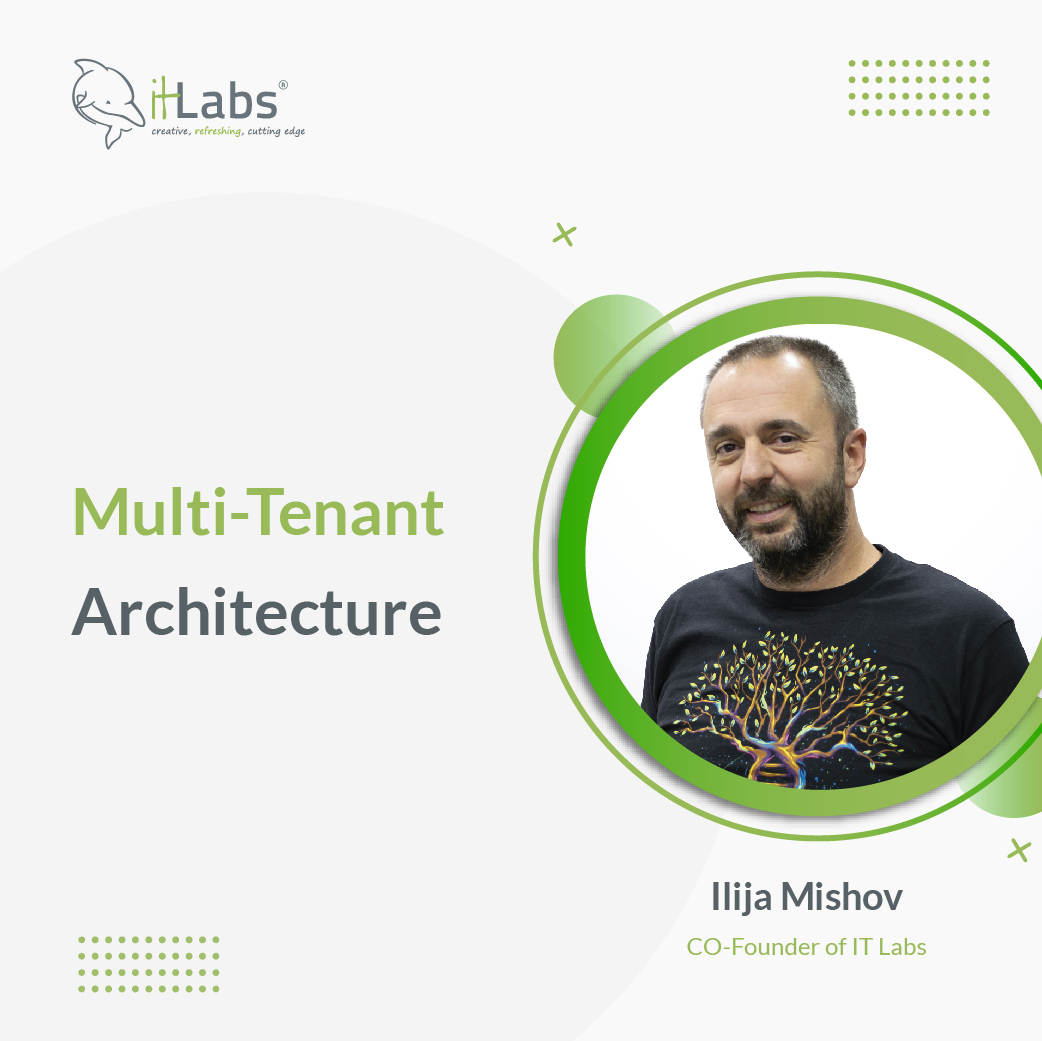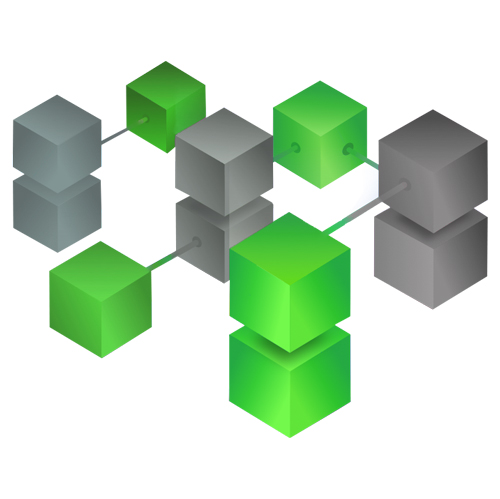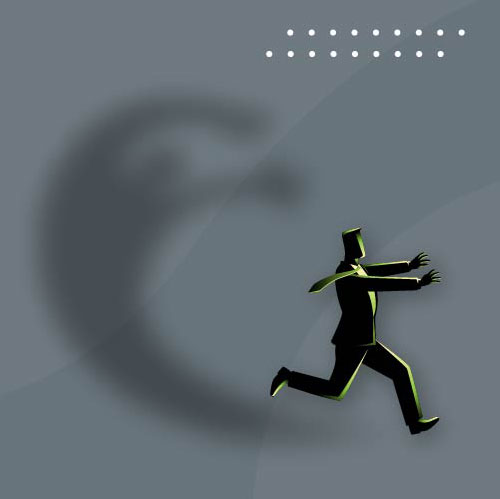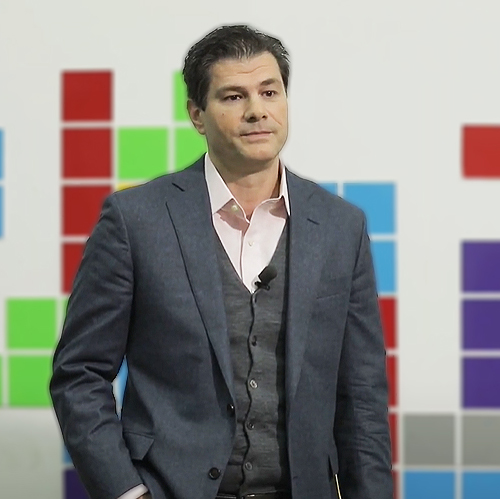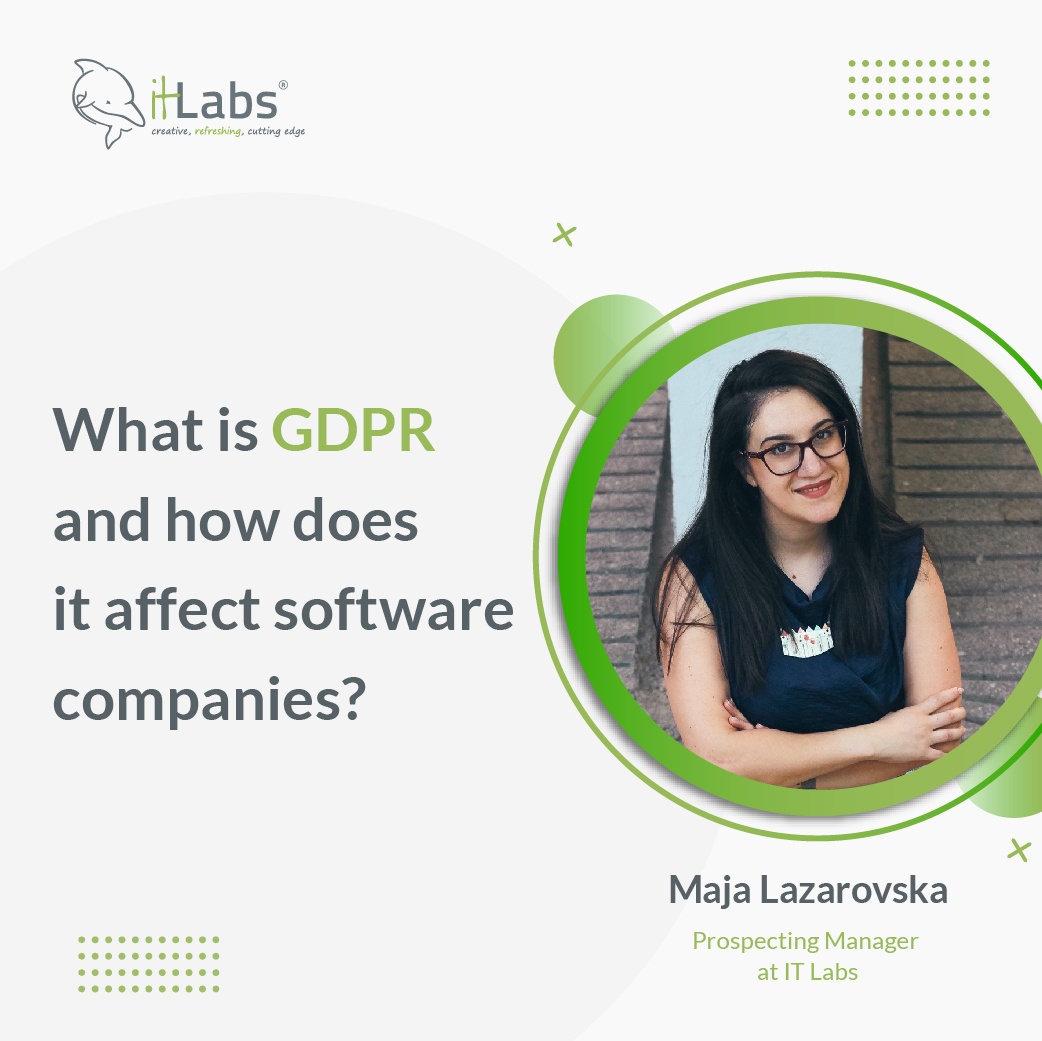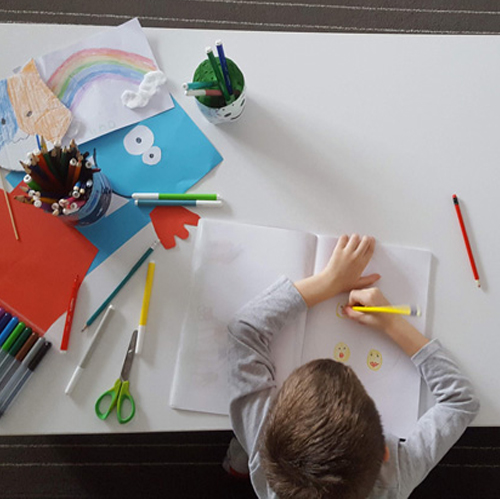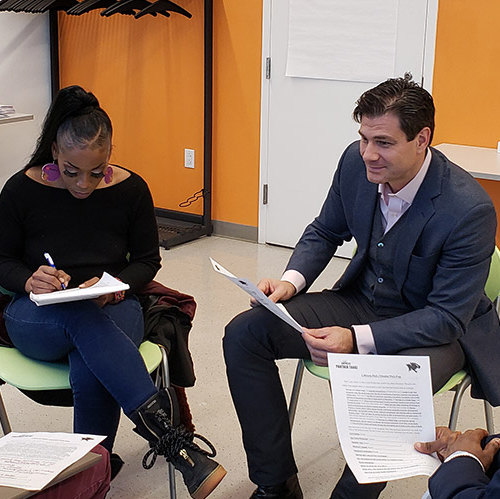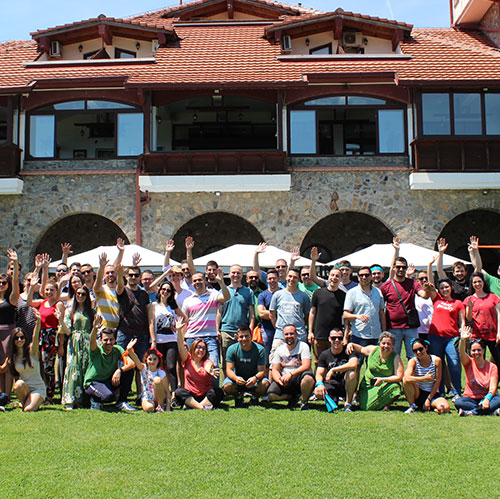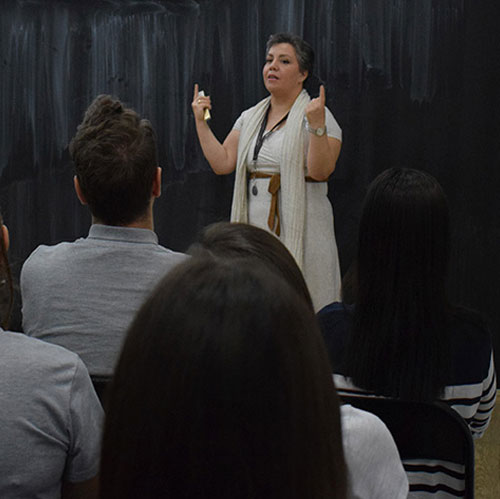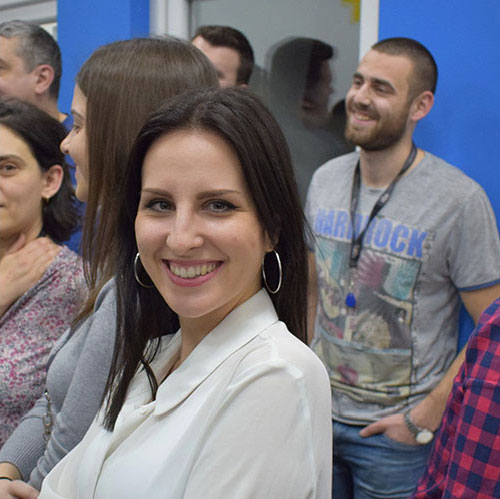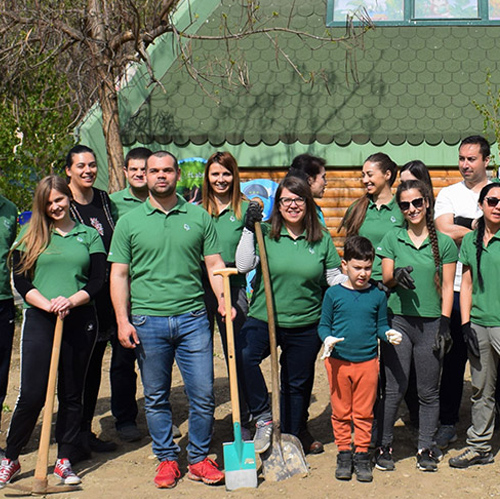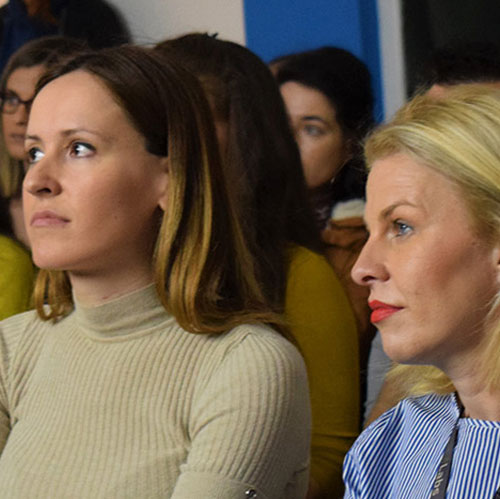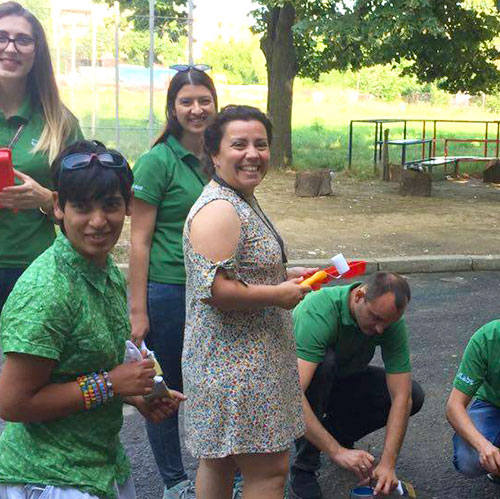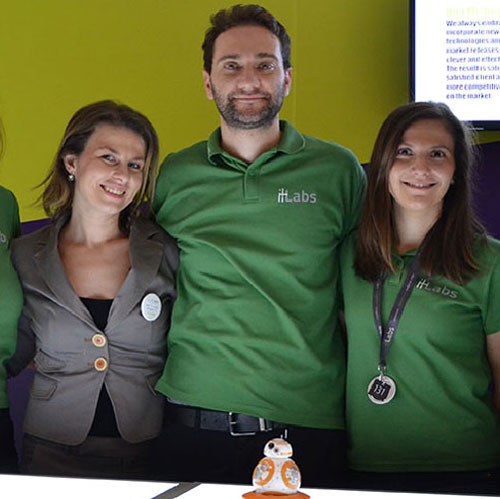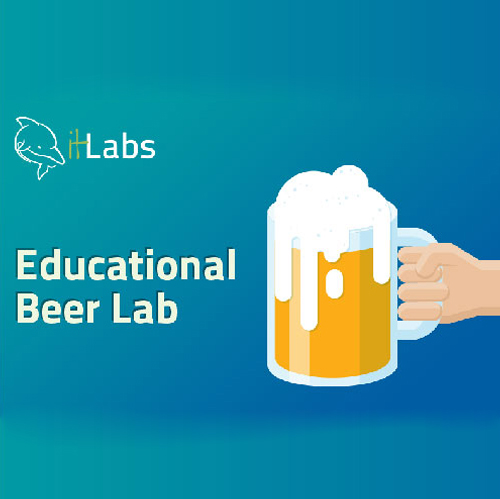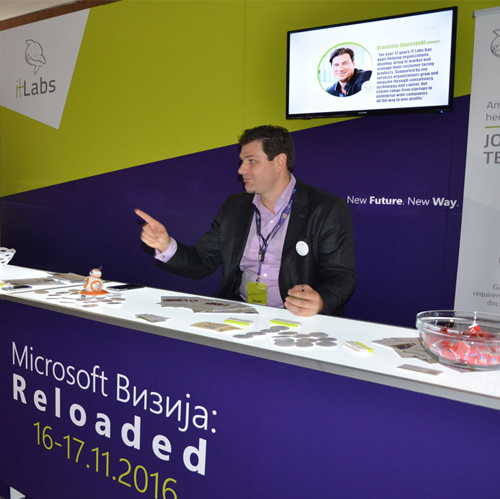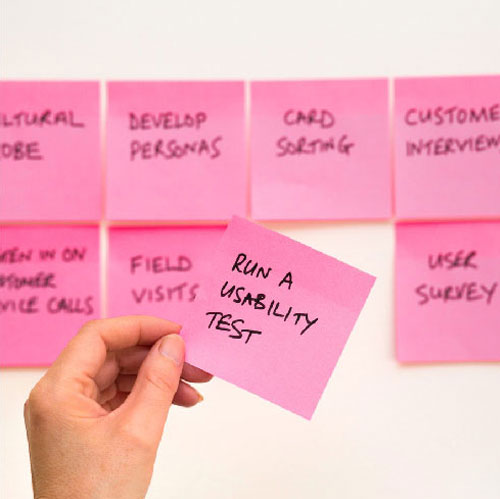What comes naturally to some, can be a hard task for others – take creativity, for example. A lot of people think that creativity is something you either have or you don’t – that it’s not something you can nurture, while others say that it’s just a matter of perspective and learning, and that creativity is something that we all have – albeit in a different shape. At our last Yay or Nay session, we decided to dive deep into this and finally give our take on the big question above.
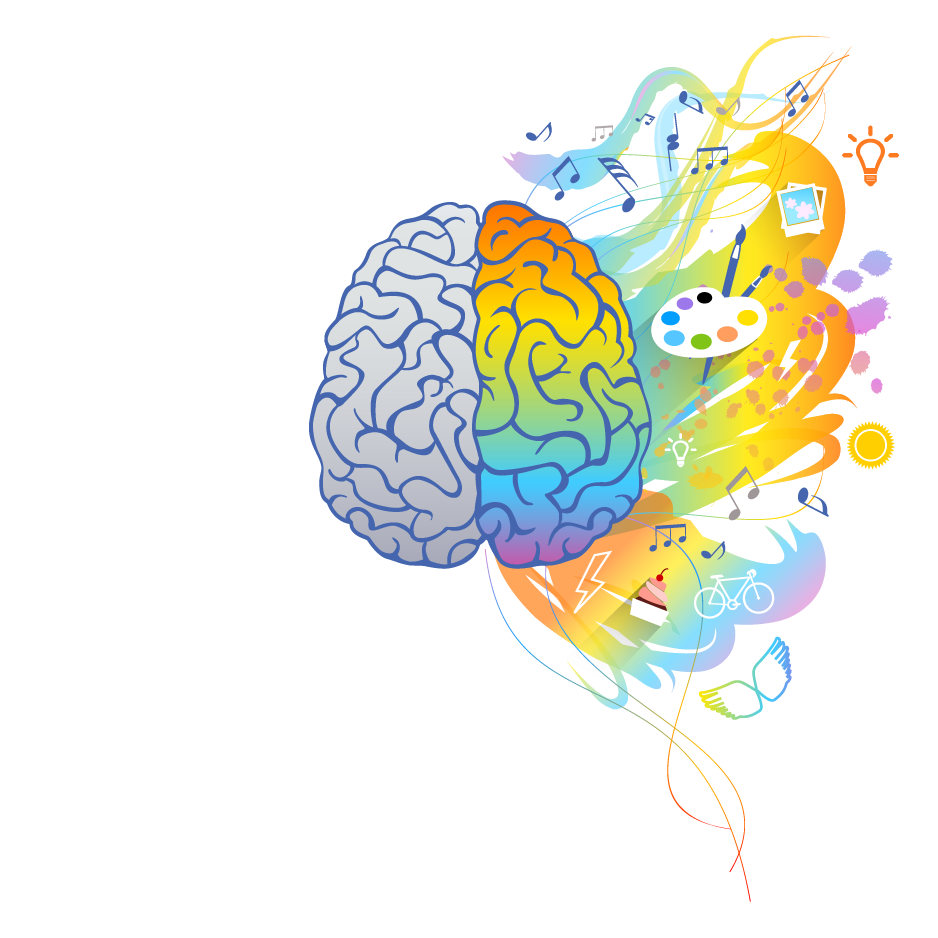
At its core, creative thinking is intentionally gaining new insights and different ideas through existing information.
Often, creative thought involves tapping into unique styles of thinking and examining information from different viewpoints to see new patterns.
Anyone can foster a creative mind with some practice!
Using a wide variety of brainstorming strategies can help you discover innovative solutions for issues in various aspects of your life, be it personal relationships, work, etc.
The focus on creativity and innovation is important because most problems might require approaches that have never been created or tried before. It is a highly valued skill to have individually and one that businesses should always aspire to have among their ranks. The word creativity means a phenomenon where something new is created.
Creative thinking is a skill and, like any other, it needs constant exercise to stay sharp. You need to regularly expose yourself to situations in which a new idea is needed and surround yourself with like-minded people to achieve this goal.
Such a process is made easier with the use of certain techniques. They help get you on the right mindset and supply the basic structure to reach innovative ideas on demand.
Test your creative thinking skills with a simple mind game: Torrance’s test for creative thinking1: complete the drawing.

Classic Creativity Test, the Torrance Creative Thinking Test was introduced by psychologist Ellis Paul Torrance in the 1960s to conduct a more creatively inclined IQ test.
Types of Creative Thinking
Aesthetic thinking, divergent thinking, lateral thinking, convergent thinking, and inspirational thinking are five types of creative thinking that we will look at in more detail today.
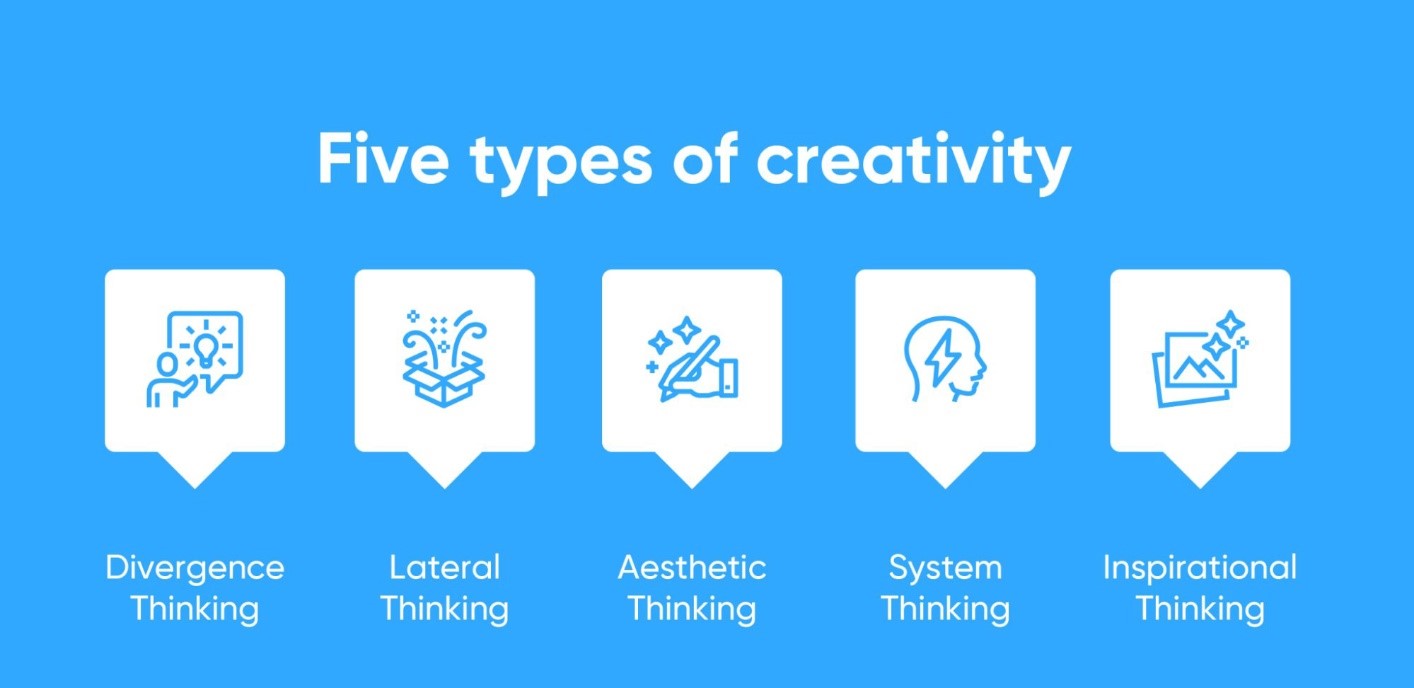
- Divergent and convergent thinking are the most common ways to encourage creative thinking.
- Divergent thinking is like a traditional brainstorming session, where you produce as many solutions as your imagination allows.
- Convergent thinking, meanwhile, takes a more logical approach, encouraging you to gather facts and discover the most common solution to a problem. These strategies are often used together to extract new creative solutions.
- Inspirational thinking focuses on imagining the best scenarios to find a new way to solve the problem, while lateral thinking involves letting ideas flow in a step-by-step format.
- Aesthetic thinking focuses on reconstructing the problem to see its inherent beauty and value, as seen in a picture.
Brainstorming
This technique can be especially useful in small or large-scale problems that require a creative solution. The main goal is to form a group of people and throw around ideas without interference.
The general idea of brainstorming is that, by having an excess of creative potential solutions, it gets easier to reach one with the highest level of quality.
Brainstorming has several advantages that can help you exercise your creative thinking skills. For starters, it does not require a rigid structure to function, being very informal. However, it can be eased with professional guidance. Also, the people involved do not even need to be together at the same time, as you can use a virtual setting or put ideas into a shared document.
For it to work well, all participants must be aware of the problem that requires a creative solution and are familiar with how brainstorming works. In the end, do not forget to register all the ideas through proper documentation.
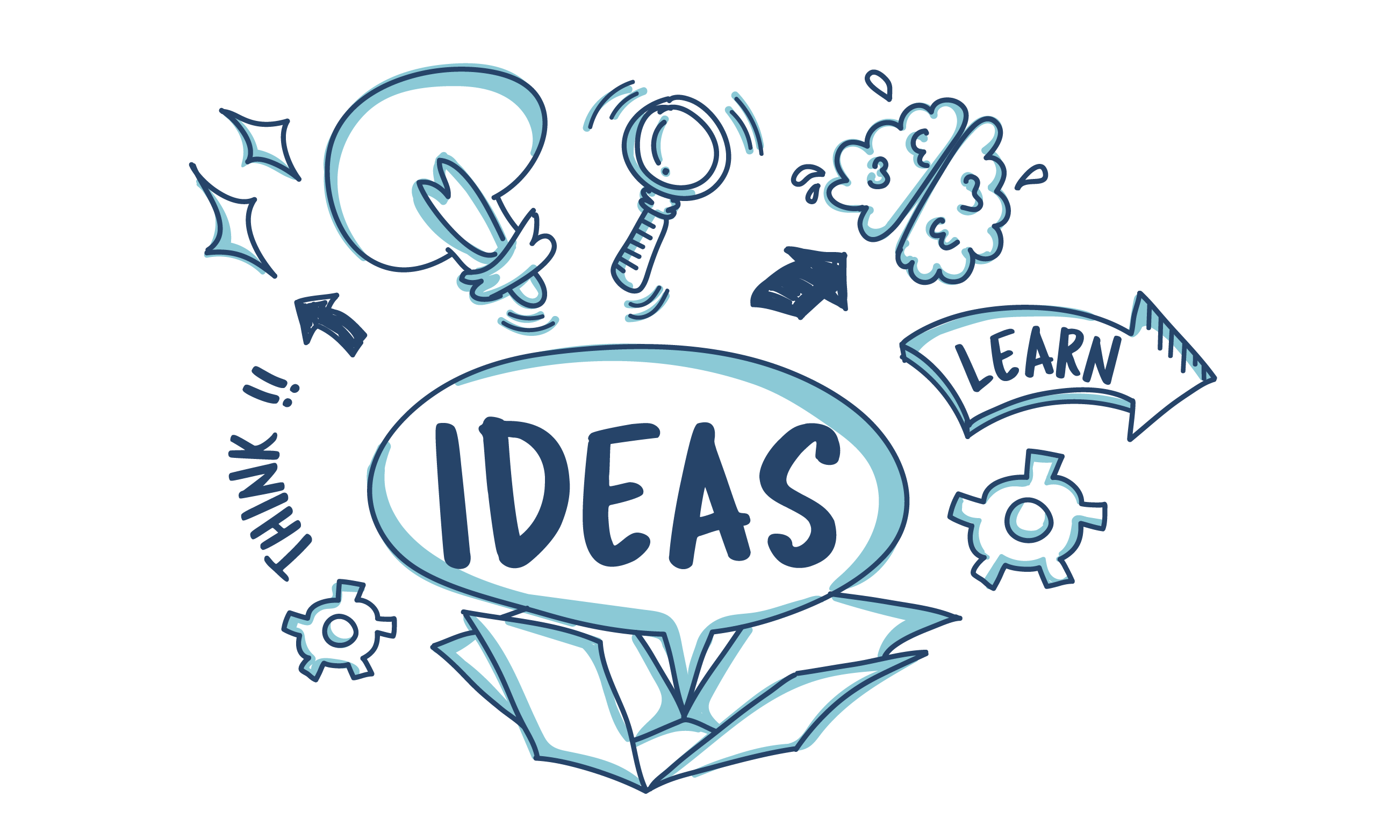
Mind mapping
The process of mind mapping helps you connect ideas you never imagined could be combined. Because of that, it might help you reach appropriate solutions while using creative thinking skills.
A mind map is a chart where you input ideas and connect them. It can have workable solutions to a problem, its immediate consequences, and be the best course of action to deal with them. Alternatively, your mind map can serve as a way to see a bigger picture regarding what you are trying to do.
Mind mapping can even be done individually. Sometimes, you may already have all the ideas you need but it is required to put them to paper. Creating a mind map helps to organize them and naturally reach conclusions.
Also, since a mind map is an infographic, those who were not part of the process can easily understand it. Therefore, it serves as a valid piece of documentation.
Examples of creativity skills
Besides these creative thinking techniques, we presented in this chapter, there are several skills you will need to develop to enjoy the advantages of the techniques. Some of the creativity skills may include:
• experimentation
• opposing views
• asking questions
• communication
• organization
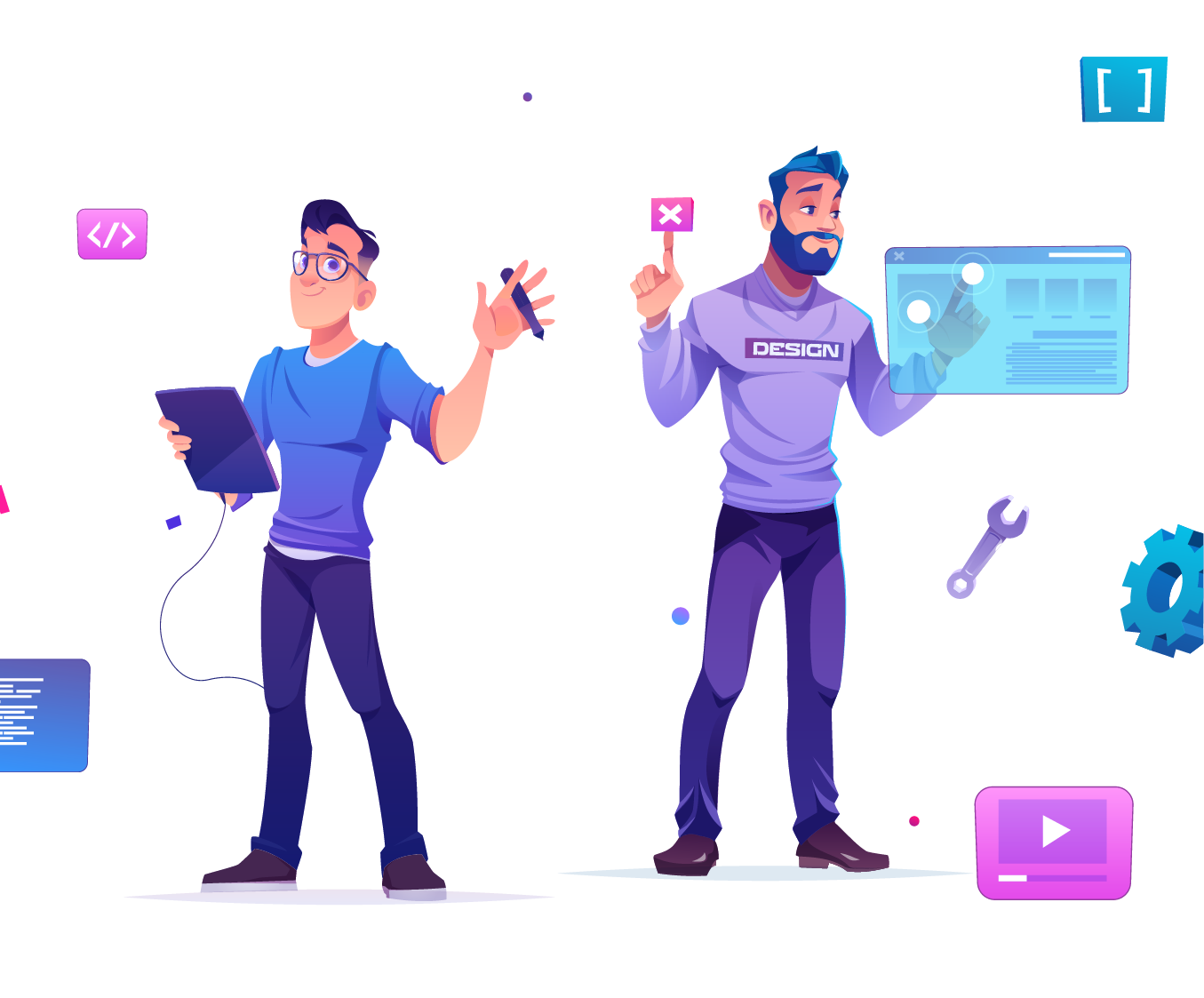
Alternative Uses Task Test
Another fun game or assignment which you can use to improve or put your creative thinking to the test is the Alternative Uses Task.
Developed by J.P. Guilford in 1967, the Alternative Uses Task tests evaluates creativity by having you think of as many possible uses for a common household item (such as a brick, paperclip, or newspaper)
Example: name all the uses for a brick:
A paperweight
A doorstop
To throw through a window
To use as a weapon
To hit my sister on the head with
Try it: look around for a common house object, say a vase. How many uses can you think of for that vase?
What are the main benefits of creative thinking?
Developing your creative thinking skills is highly beneficial for any field of work. Every area needs people that can produce the best solutions to the everyday problems that arise, and creativity is critical to do that.
You can experience advantages such as these by developing creative thinking skills:
• ability to create the best solutions to daily demands, which provides value to clients and your own business.
• improvement on problem-solving for not only work-related matters but also those in your personal life.
• higher workplace involvement in daily activities and engagement, which is beneficial to a healthier environment.
• a better understanding of data — also known as data literacy — and how to present it through data storytelling.
• focus on self-improvement as you and your teammates will develop more soft skills.
• more effective teamwork and bonding since people grow used to bouncing off original ideas and learn each other’s creative traits.
STEM and creative thinking
Some people think of science and engineering as the opposite of art and creativity. That is not true. The fields of science, technology, engineering, and math (STEM) are highly creative. Designing a more efficient assembly line robot, writing an innovative new computer program, or developing a testable hypothesis are all highly creative acts.
The history of science and technology is filled with projects that did not work, not because of errors in technique or methodology, but because people remained stuck in their assumptions and old habits. STEM fields need creativity to flourish and grow.
In STEM industries like biomedicine, stimulating creativity by asking open-ended questions and creating fictional scenarios helps professionals find innovative solutions to health problems.
These questions encourage medical professionals to experiment and discover new ways of solving a persistent problem.
Through creative thinking, professionals in any field can discover unique answers to pressing problems.
Conclusion
Creative Thinkers relish the sight of a blank piece of paper. That is because they can see what is not yet real. And then make it real. They find inspiration in unexpected places and make connections between unrelated things. They are the people the team relies on to solve problems in clever, original ways.




















